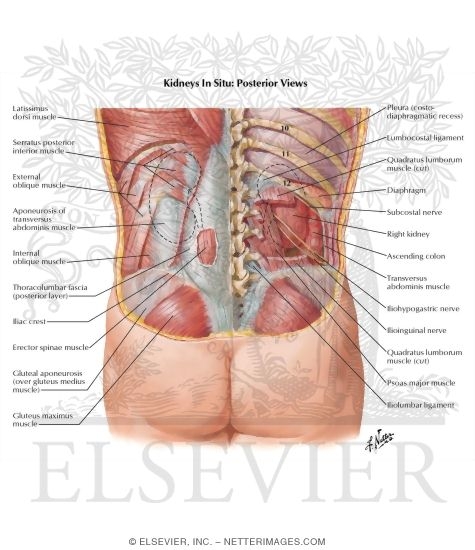Teaching kids about dogs: Teaching Your Child Pet Safety
Teaching Your Child Pet Safety
Whether your kid runs with outstretched arms toward every “doggie” she sees or shies away from of anything on four legs, she should know how to interact respectfully with animals.
All pets—no matter how sweet they appear—need to be treated gently and with kindness. Plus, there is a real safety lesson at hand: Even a fluffy little Pekingese can be unpredictable or bite when startled or frightened.
The experts at KidsHealth.org share some tips for staying safe around dogs, cats, and other animals (and we added a few ideas of our own).
1. Always ask the owner before you pet a dog.
Before you say hello to the dog, say hello to the owner. Explain to your child that it’s important to chat with owners first, because they know best whether it’s okay to pet an animal.
Owners also can tell you if the dog is a little shy, only likes belly pats, or is known to be a face licker. When a child sees you having polite conversations with owners, they’ll be more likely to model your behavior.
2. Even if a dog looks friendly, he might not be.
Some dogs feel very nervous around kids. And that’s okay. These are the dogs we can enjoy looking at, but can’t pet. Still, if your child is interested in the animal, try not to whisk him away as if the dog is a danger. At a comfortable distance, you can have a fun conversation about a dog.
Ask him about the size of the dog, the color of its leash, or what kind of dog it might be. Engage your child’s interest in animals.
3. Greet dogs slowly.
Once you get the go-ahead, teach your child to move slowly and give the pet space.
4. Let a dog sniff your hand before you pet.
The respectful way to meet a dog is to gently hold out a fist for the dog to sniff the top of it.
5. Learn to read dog body language.
If the dog backs away, tucks his tail between his legs, or tries to seek the protection of his owner, help your child read his body cues: “The dog is telling us he needs a little space right now.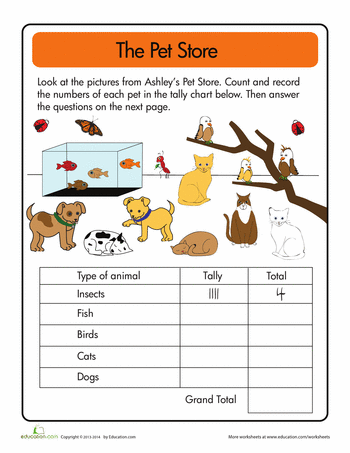
6. If a dog has a treat or toy, give him space.
Dogs can become protective of items they consider theirs, such as food or special toys. Even though adults might safely play tug of war with the neighbor’s chow-chow, it’s important for kids to respect pets’ space when they’re eating or playing with toys or other dogs. Never try to take a toy or treat from a pet.
7. When giving treats, use a flat palm with the fingers held together.
When a dog is excited about a treat, it can be hard for them to tell the difference between a sausage-shaped treat and little fingers. Flat hand is best.
8. Never scream at or run away from a dog.
Dogs can be easily startled, so loud noises or sudden movements can trigger their defense mechanism or cause the dog get too rowdy to play safely. (While dog bites are a parent’s biggest fear, dog knockdowns are even more common.)
Running away from a dog also can trigger certain breeds’ prey drive.
9. Always supervise kids around pets.
As a matter of safety, pets shouldn’t be left alone with children under the age of five, because little ones (and dogs) are still unpredictable. Adult supervision keeps everyone and every dog happy and safe!
10. Dogs are good teachers.
Even if you’re not a dog-lover yourself, kindness is a quality we all can value as parents. Teaching your child how to interact with dogs, which are all around us, can teach children a lot about respect for all living things—animals, people, and even the planet.
Safety
Caring For Kids
Toddler
Pre-K
Kindergarten
Family Safety
Out And About With Kids
Positive parenting
Teaching Young Children to Respect Dogs – American Kennel Club
|
If you’re starting here, make sure you read part 1 first.
Just as dogs need to be trained, so do children. At the earliest age, you can begin to teach the fundamentals of respecting animals and their boundaries. A staple around our house was “Tails Are Not for Pulling” by Elizabeth Verdick, whose title is a handy catch-phrase to repeat when a yank of any body part looks imminent.
In my house, however, the anatomy did not generalize. One day I found 3-year-old Allie crouched beside Blitz, who was sprawled out on his side, long past his initial trepidation about the kids; in fact, as the babysitter story shows, he now fancied himself their personal mascot. As I walked by, Allie reached out to Blitz, who jerked his head up suddenly, then sighed and dropped it to the ground, resigned.
“What did you do?” I asked Allie, who looked very pleased with herself.
“I squeezed his butt,” she announced proudly, pointing at his testicles.
That occasioned an impromptu “Testicles Are Not for Tugging” discussion, which in turn led to an exploration of physiological gender differences.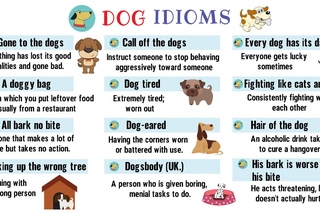
Reality check
As Allie’s game of tug demonstrates all too clearly, potentially dangerous situations between kids and dogs happen. Even the best-behaved child disobeys now and then, even the most trustworthy decides to see what it feels like to break the rules. I was fortunate that I had a well-temperamented dog with a high tolerance about his personal space among his “pack.”
I remember several years back, covering a tragic story for the newspaper that I worked for at the time. A little girl had been strangled to death in the backyard by the family Golden Retriever. The dog was playing tug with her scarf – it was a complete freak accident.
I interviewed experts and behaviorists at the time, one of whom announced definitely that parents should ensure that children and dogs are never left unsupervised.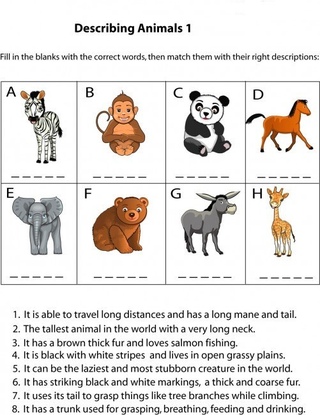
If you have kids, you know that sometimes it’s just unavoidable to leave the two species together – if only for a minute to run some laundry to the basement, or check the dinner on the stove. Life happens. Constant supervision is ideal, but sometimes you just can’t be in control of everything. That’s not resignation – that’s reality.
And 99 percent of the time, things go absolutely perfectly. But then there are those rare, tragic events that remind us that there are two parts to the term “companion dog.” Love them as we do, these are animals, with sharp teeth and instincts that we sometimes cannot predict. Always err on the side of caution. You do both your children and your dog a favor in being as conservative as possible, and supervising as much as you can, especially with visiting children in the house. When in doubt, use the crate. A bell cannot be unrung, an egg cannot be unscrambled – and some “mistakes” on the part of an otherwise stable and loving dog can exact a heavy toll.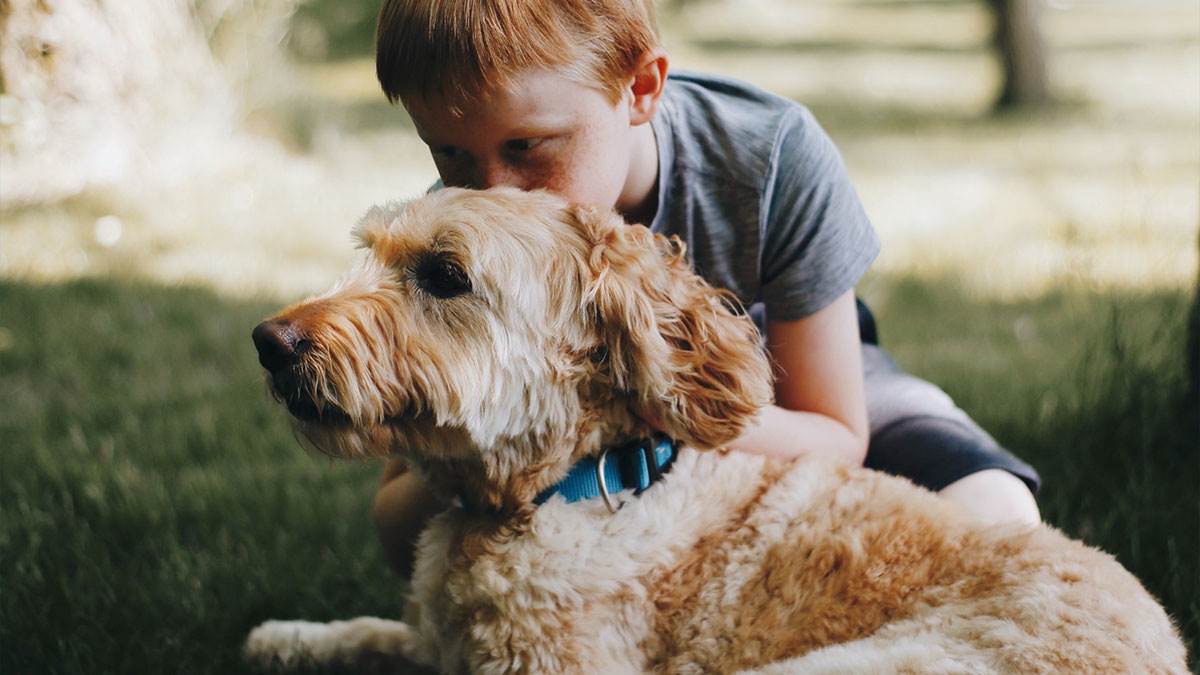
Teach kids to speak dog
At every age, kids will have new questions about their interactions with the family dog, and you need to keep your antennae primed for them. Just this week, Stephen, now 8, woefully informed me that our newest puppy, Gigi, no longer liked him because she was nipping at him. When I told Stephen that Gigi was getting mouthy because she had been playing with her visiting brother Duke, and dogs wrestle with their mouths just as he and his sisters do with their hands, he broke into a big grin. Gigi not only liked him, he realized; she was trying to play with him.
At an early age, I taught my kids the command “Seek high ground.” This is useful when they are nibbling on a cheese stick and are surrounded by a throng of red fur; standing on the couch, mozzarella held aloft like Lady Liberty’s torch, they have a chance at keeping it. But the “high ground” mantra always works when two dogs are playing and the action looks intense, or when a new dog comes over and is introduced into the pack.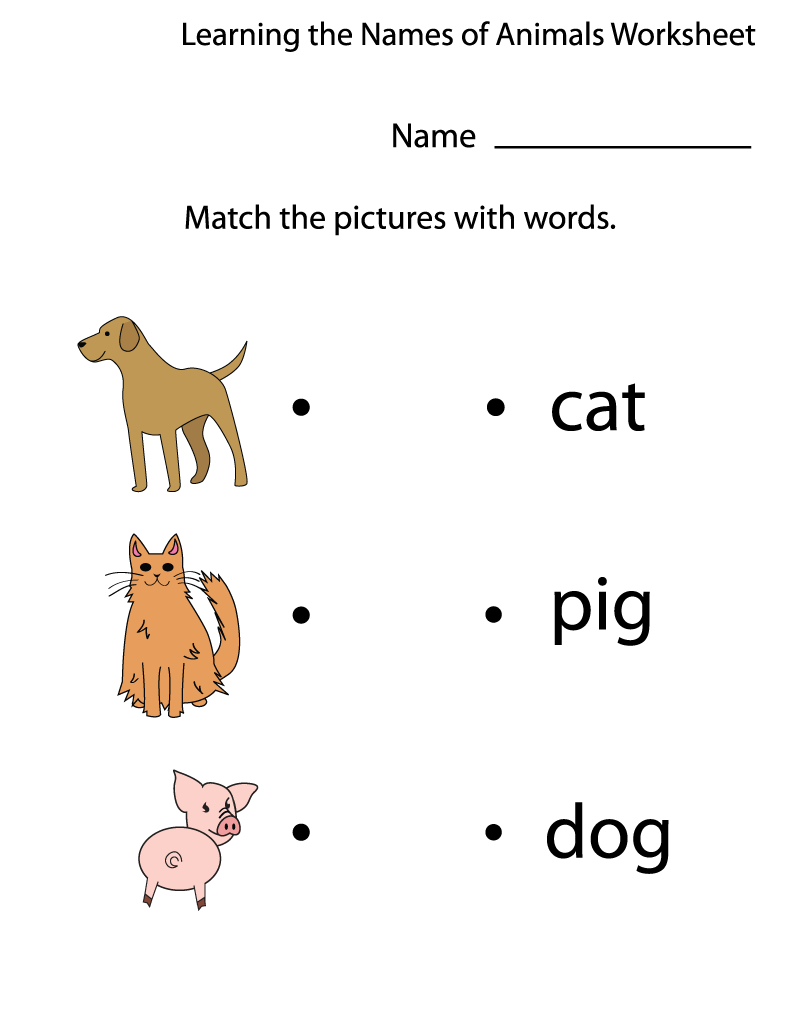
Another thing they learned was how their behavior could elicit unwanted reactions from the dogs. If they squealed and ran, chances are the new puppy would pursue, and seek to engage them with those pin-sharp baby teeth. They learned how to rebuke puppy nips by offering a toy, and, as they got older, how to dissuade a humper. (Issue a loud, deep, “NO!” and bop on the head, more than once if necessary. I’m all for positive reinforcement, but when I have a 90-pound male Ridgeback looking for a hormone hug with a 70-pound second-grader, we do what works. And that works.)
Ermolaev Alexandr Alexandrovich / stock.adobe.com
Harness the helpfulness
Younger children love to be helpers, and mine vie to do even the most mundane tasks: stuffing Kongs with peanut butter; wetting, wringing and freezing washcloths when teething is going full tilt; filling the water bowl up – and up, and up …
The kids have learned to ask, “Have the dogs eaten yet?” which is a signal they are debating whether to permit a doggie kiss on the lips.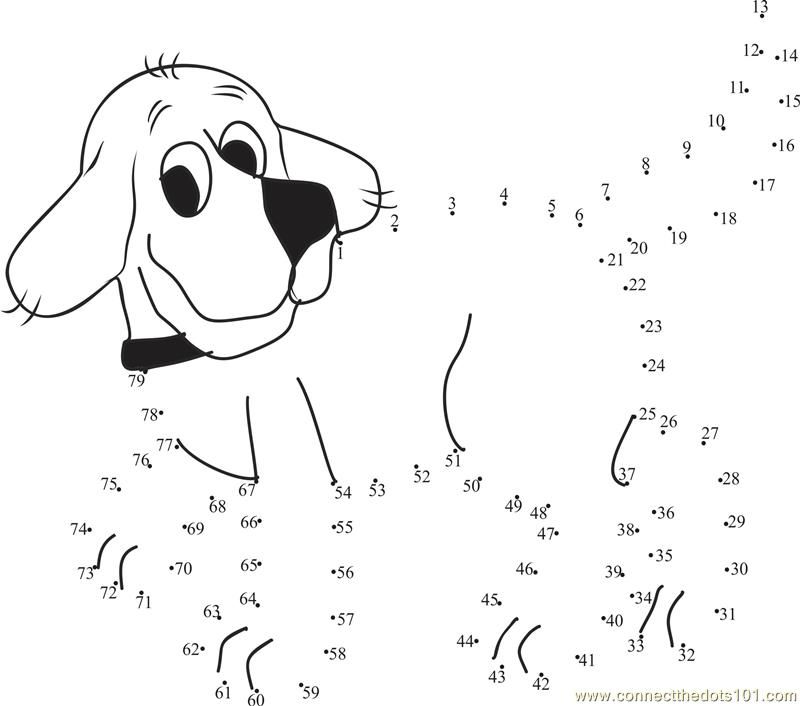
When I have a litter, I could not ask for better puppy socializers. My kids are in the whelping box constantly. They delight in handling the puppies, naming them, noting their differences in appearance and temperament. They are never there unsupervised, and have been taught to be gentle; if they break any rule, they lose their box privileges. This results in puppies who are programmed to love little kids; as adult dogs, when they see a little human, even on the horizon, their bodies waggle and wiggle in delight.
It’s important to remember, though, that kids, like dogs, are individuals. My youngest daughter, Krista, could take the dogs, or leave them. I suspect both nature and nurture have a hand in being “doggie”: Some kids are just more drawn to these furry folk than others, and that’s OK.
Chicken or the egg?
What’s the better approach: Get your dog first, and then add the kids? Or acquire the dog as a puppy once the children are old enough, so that there are no adjustment issues?
Tough call, and a very individual one.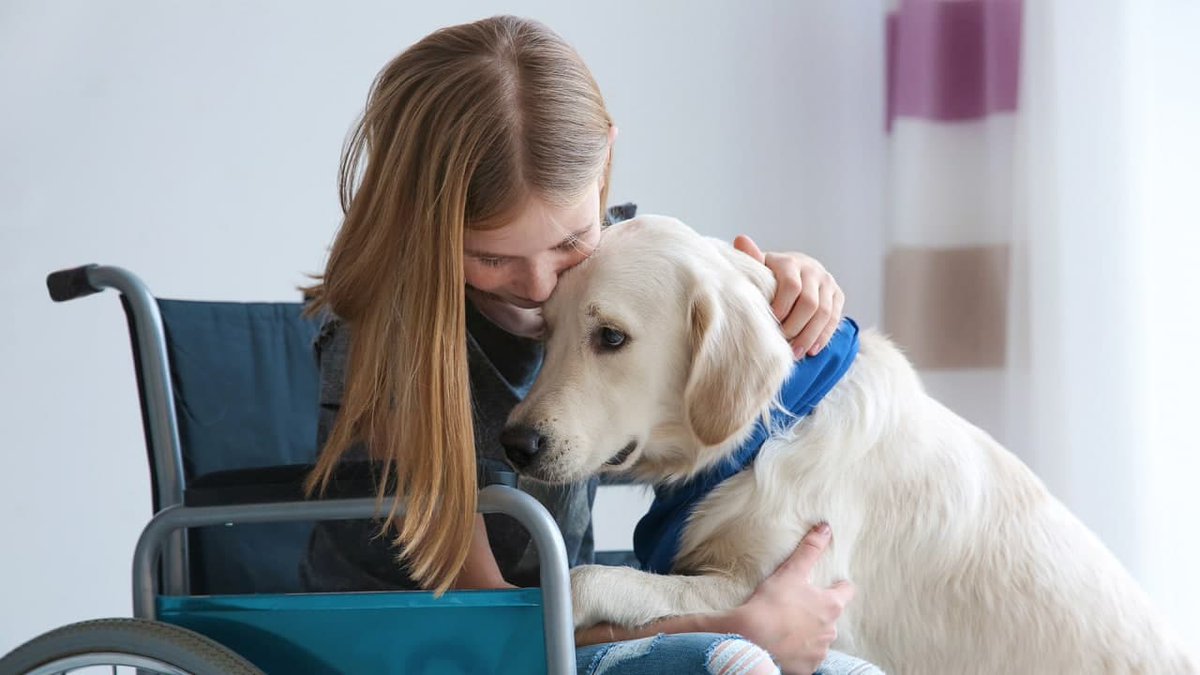
Having dogs first gives you a chance to enjoy them fully, learn their quirks and idiosyncrasies, and lay the relationship groundwork for the challenges that come with kids and an expanding household.
Another advantage to bringing kids into a household with dogs is the immune-system benefit. Studies show that children who grow up with dogs (and cats) are less likely to develop asthma and allergies to a wide variety of allergens, but – here’s the clincher – exposure during the first year of life is key. After that, the preventive benefits are severely decreased.
Know your breed
Ridgebacks are the consummate family dog, and once mine recalibrated their definition of our family, we were in for smooth sailing. My babies were foreign things to Blitz until, over time, he came to realize they were ours. Once he understood that, he became their friend, their protector, and their dear friend.
Other breeds may have different default settings. Mastiffs, for example, are hard-wired to adore women and children, even ones they do not know; they may be quicker than my Ridgebacks to embrace new human pack members. Terriers, by contrast, sometimes have less patience with small children. Again, your breeder or a reliable trainer can help you sort out some of these questions, or give you an in-depth evaluation if your dog is a mix, or a rescue of any breed or combination whose history you may not know.
Taking it to the next level
Because I spend so much time at dog shows, I wanted to make them a family affair. I have a special “dog-show bag” in the car that contains games and books that can only be played with at a dog show.
Stephen and Allie have started to go to handling classes, and I try to reward them with positive reinforcement: A trip through the drive-through for a celebratory smoothie, or a chance to interact with (and sometimes do a few laps with) other dogs in class, including “exotic” breeds like Leonbergers and Bernese Mountain Dogs. The biggest pay-off for them, however, is being told by the instructor that they have done a better handling job than I have. Ahem.
Learning the mechanics of any dog sports, from agility to obedience, can be overwhelming – so many nuances to master – and in this the basics of dog training apply: Break the task up into small pieces. Teach the pieces backward. Reward every accomplishment. Don’t fixate on the imperfections. Don’t drill. Make it fun.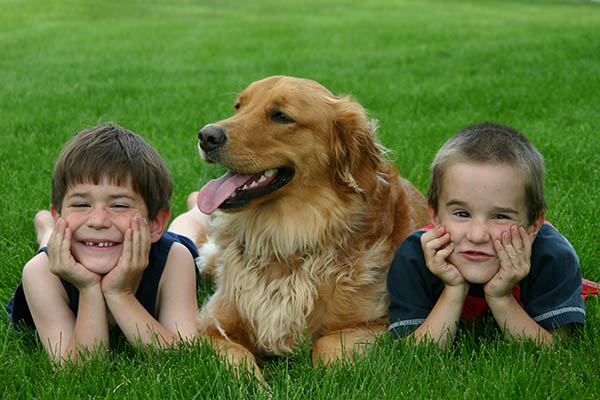
Step back
Kids and dogs are a lot of work, both can make spectacular messes if not supervised properly, and it takes a lot of time to raise them properly. They bring to the surface all your shortcomings, as in the crunch of bringing them up you confront old patterns and programming that makes you work on yourself, too.
But their gift is their visceral delight in the world that many of us adults lost sight of long ago. When you watch a relationship between a child and her dog – the whispered confidences, the gleeful playbowing, the sheer joy of running in the grass together – you rediscover what it’s all about.
And as the dogs turn gray and then white and then are no more – Blitz passed last year, and Diva grows older by the minute, it seems – I don’t have any better explanation for the children than the one I give myself: The dogs leave to make room for the new ones to follow, to give us a fresh infusion of joy and wonder at this marvelous, unfolding miracle called life.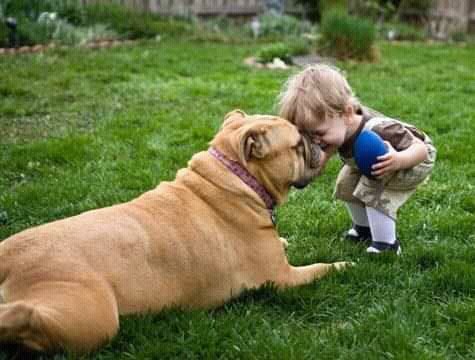
| Take the next step: Once your child learns the ins and outs of caring for a dog, they may be interesting in becoming a junior handler. |
How to teach a child to communicate with a dog and prepare a pet for the appearance of a baby
Olesya Akhmedzhanova
An article for everyone who has children and dogs. Together with social psychologist and dog trainer Zazie Todd, we figure out how to teach children to communicate with an animal and how to prepare a dog for a baby.
The benefits of communicating with children
More than half of the children from families with pets say that a dog is their favorite animal. Many parents believe that next to a pet, a child learns to be friends and understands what responsibility is, helping to take care of him (even when the actual care falls on the shoulders of the parents). But what is it like from a dog’s point of view to live in a house with children?
Dr.
“A child-dog relationship can provide a number of benefits for a dog. For example, the presence of children in the house often implies a strict routine that applies to the animal, which means that the walking and eating regimen will be regular and predictable. In addition, children train and stimulate the dog. They often love to build obstacle courses for their pets and this, depending on age and health, can be an enjoyable physical and mental exercise for everyone involved! Of course, children love their dogs and by showing their feelings delicately and correctly, they can bring a lot of happiness to the animals.”
Lucky tail
Source
To learn more about the quality of life of dogs, Hall and her colleagues interviewed parents of normal-different children (with autism and ADHD) and normal-type children.
- One of the main benefits for the dog that parents talked about is the daily routine.
- Parents mentioned that their dogs often approach their child to be with him.
- However, sometimes when the child initiated close contact on his own—for example, hugging a dog—the animals perceived this as stress. Usually dogs prefer less close contact – when they are stroked or just sitting next to them.
- Another advantage for the dog was that he could play with the child. However, parents noted that the dogs became agitated when the children made noise or accidentally hit them with toys.
- The animals also enjoyed getting closer to their parents and children, or even sitting with them while reading aloud.
- For some dogs, children’s tantrums turned out to be a source of stress. True, some owners reported that their pets do not pay attention to such behavior. Others stated that their dog generally prefers to be near the child at this moment, for example, lies down on him.
The study identified nine situations involving children in which parents had to pay special attention to the dog’s comfort level. These were tantrums, other children coming to visit, and fussing with dangerous toys (for example, on wheels) next to the dog.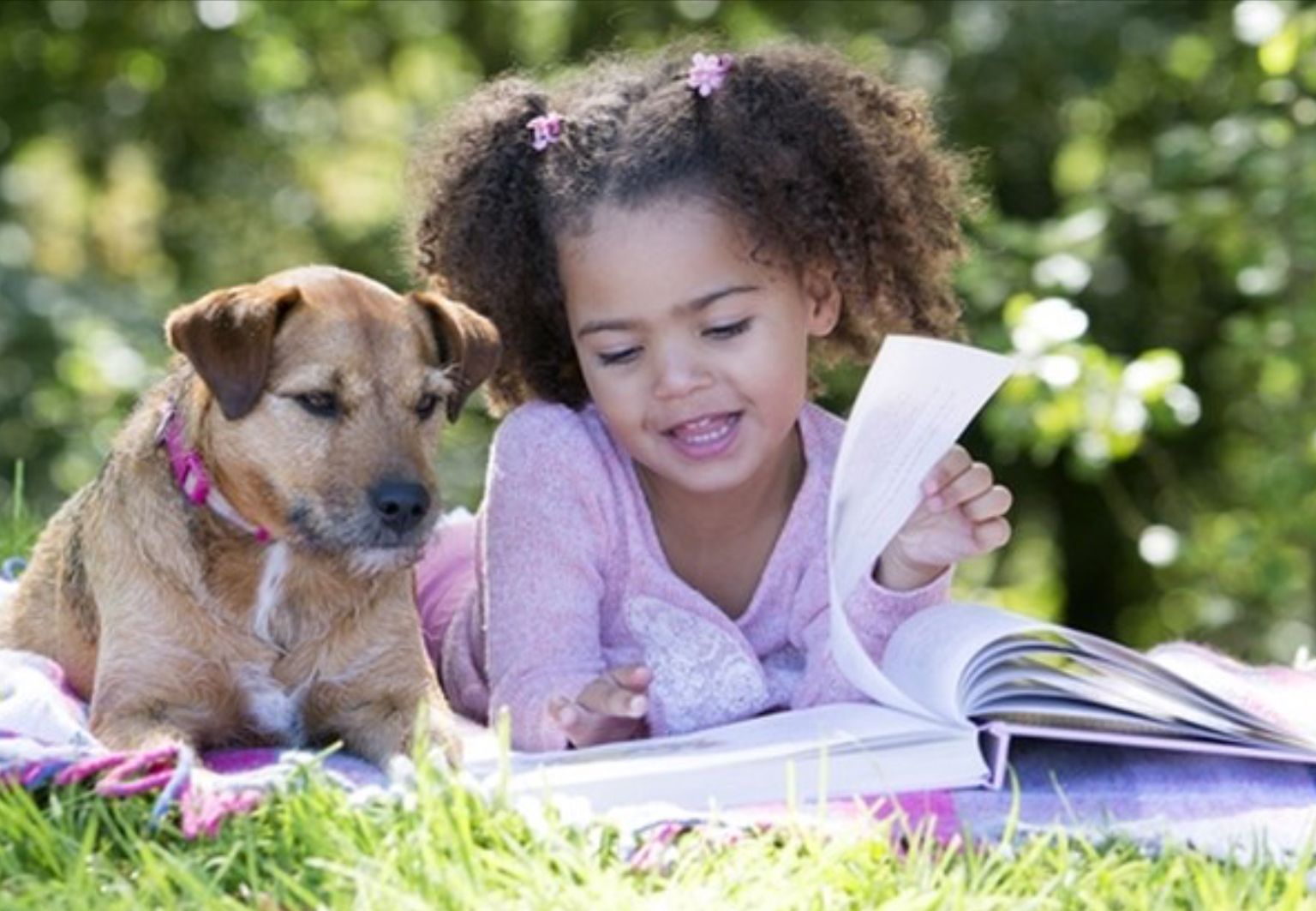
Source
- First, provided a “safe haven” – a quiet room, bedding or enclosure where the dog could go. The animal was sent there when the child started to make a fuss.
- Second , the parents noticed that the dog considered them a safe haven and intervened if the dog became anxious. According to the owners, if they were not nearby, the dog would sometimes start looking for them.
- Thirdly, , parents taught children how to interact with pets correctly, including praising them, and instructed them in training. Parents of normal children especially stressed how important (and difficult) it is to teach a child to communicate safely with a dog.
How to understand that a dog is worried about a child
Young children most often get from familiar dogs – usually their own, domestic ones.
Communication between children and animals must be carefully observed.
You should teach the child to call the dog so that he comes by himself (and leave him alone if he does not want to). The child should not approach her – this can cause anxiety in the dog. Older children are more likely to be bitten outside the home, and usually by unfamiliar dogs.
Retrieved
Unfortunately, humans are not very good at recognizing the dangers of dogs interacting with children. Moreover, the owners manage to do this even worse than those who do not have animals. This conclusion was made by the authors of a study published in Anthrozoös. Participants were asked to watch three videos of a small child interacting with a medium or large dog. In one, a baby was crawling towards a Dalmatian lying next to a ball.
All participants cited tail wagging as a sign of positive emotions, which is disturbing because tail wagging does not always indicate pleasure.
It is worth remembering that any dog can bite. One must be able to recognize signs of stress, anxiety and fear in animals. It is also important to understand that young children are not very good at reading canine body language and usually think that a growling dog is “smiling” or “happy” because it is showing teeth.
Teaching children to communicate with a dog
There is surprisingly little research on normal interactions between children and dogs.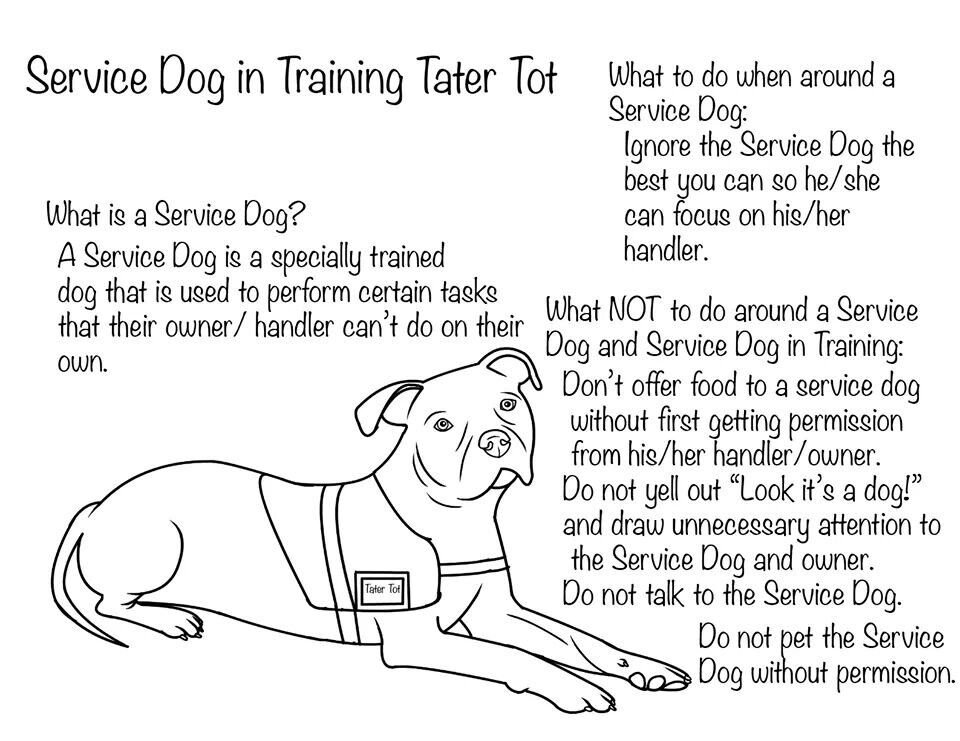
Source
Children under one year old already interact a lot with the animal, including stroking its head or body. This study reported that dogs avoid children between the ages of six months, when they suddenly become more mobile, and up to three years – perhaps such babies scare the animals. Respondents rarely reported that the child had hurt the dog in any way. When this did happen, most often it was about children from six months to two years. The fact is that at this stage they do not have fully developed control over motor skills.
In addition, babies are still developing empathy, so they may not realize that their actions can harm the animal. It is better to help the child pet the dog by guiding and holding his hand so that he learns to show affection.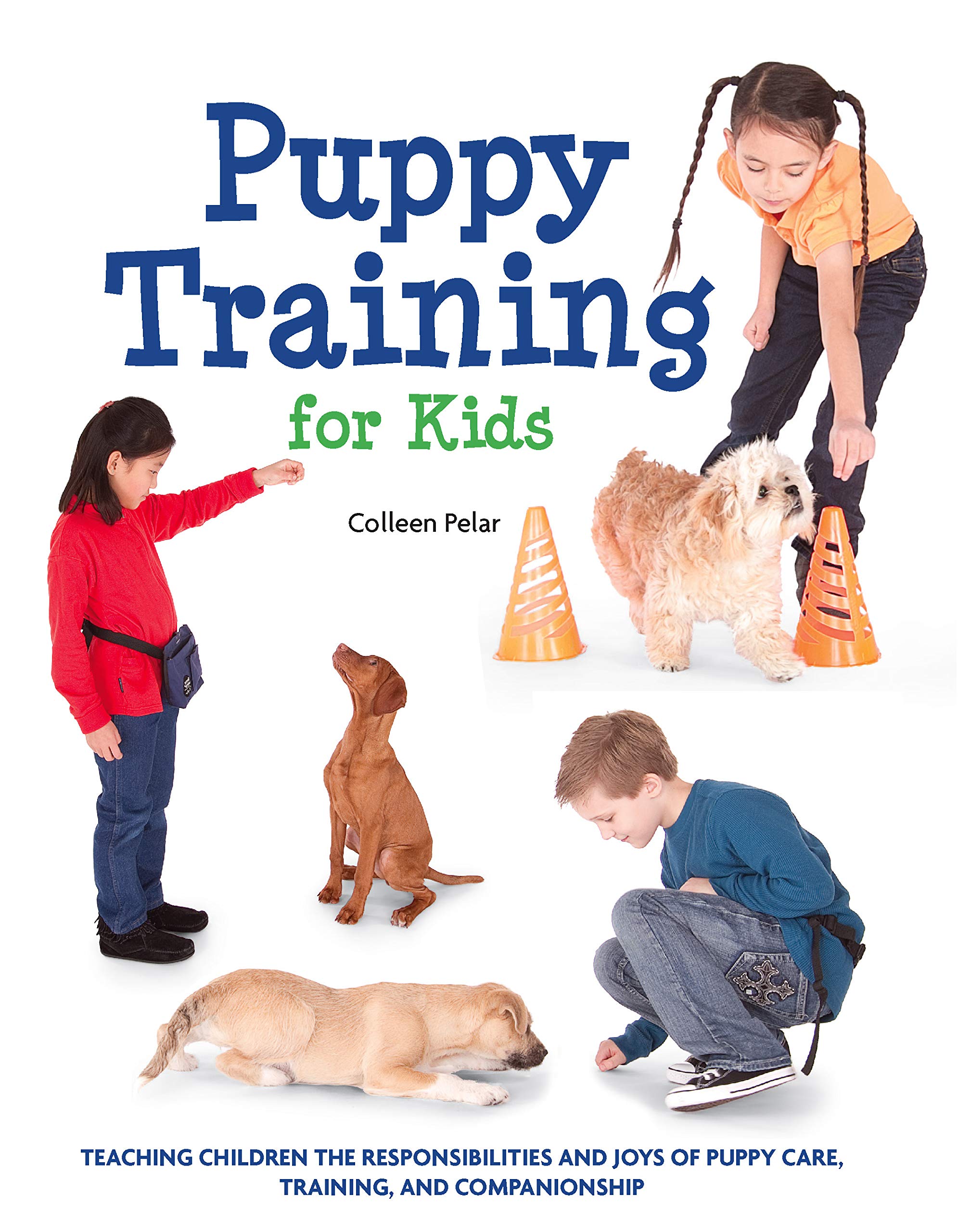
Source
Research has shown that older children are more actively involved in dog care, such as petting it or taking a walk on a leash. They more often scold the animal or give commands. At the same time, when children from 2.5 to 6 years old interacted with the pet more, the vigilance of the parents weakened. In vain, because children of this age do not always understand that their desire to play or caress can scare the animal.
The desire to hug or kiss a dog—both very risky—was more common in this age group. Most dogs do not like cuddling and may not perceive the situation as favorable. And although parents may expect the dog to get used to the child over time, sometimes the animal becomes more sensitive and shy instead.
Preparing dogs for communication with children
The most difficult situation occurs when the dog is older than the child, that is, she already lived in the house before his birth. It is very important to prepare your pet for the arrival of the baby.
To prepare a dog for the arrival of a baby in the home, it is necessary to form positive associations with small children. When a baby is born, the animal’s daily routine will change, new objects will appear, less attention will be paid to the dog, and perhaps its territory in the house will be limited. Some of these aspects can be taught in advance, such as installing pet doors before the baby arrives and teaching the dog to walk quietly next to the stroller. The more effort you put in beforehand, the easier it will be later.
Retrieved
For dogs with problematic behavior, having a small child in the home is not a risk factor and does not increase the likelihood that the animal will have to be abandoned or even euthanized. Behavioral veterinarian Carlo Siracusa and his colleagues found that being around teenagers is much more dangerous. This is how Syracuse himself puts it:
“ My experience in clinics shows that it is not so important how busy parents are with children, but how serious the conflict between parents and children is.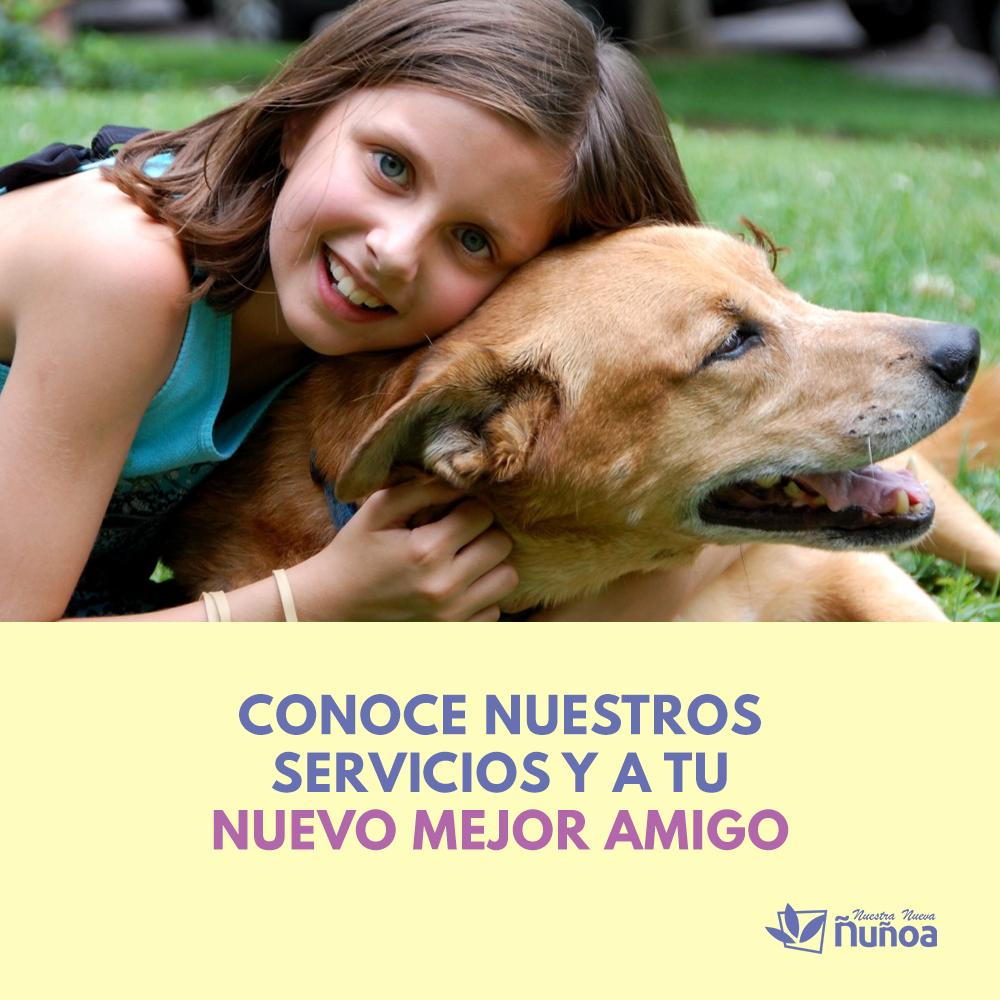
It is difficult to say whether this conclusion applies to the vast majority of dogs, but it reminds us once again of the importance of providing dogs with a safe place to stay in case of a stressful situation. And how important it is to teach children of any age how to handle dogs.
How to act in practice
– Watch dogs and children interact very carefully. Stay close enough to them to intervene if necessary. In other situations, use barriers such as collapsible pet pens to separate small children from dogs. As babies develop, their motor skills improve and they will interact more with pets, so stay vigilant.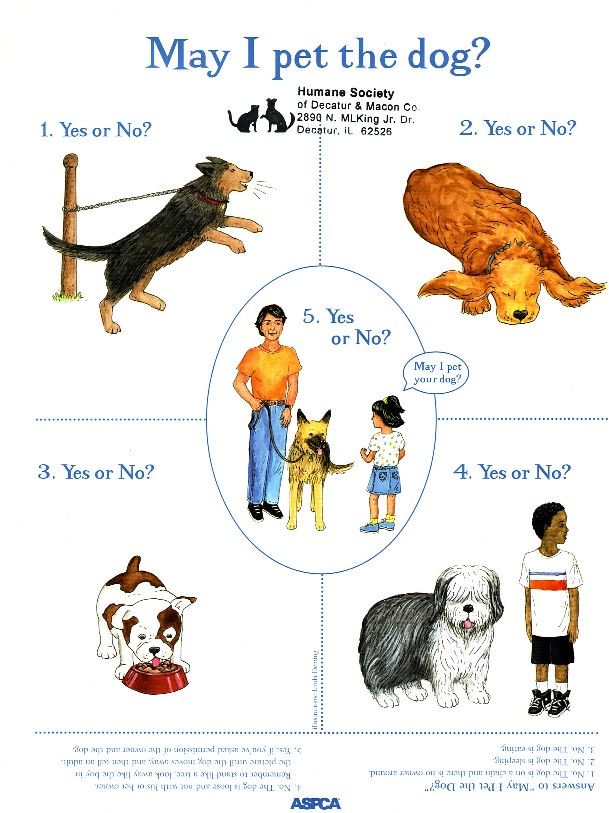
– Teach children how to interact safely with dogs. Remember: many activities that look harmless are actually risky – and safety depends on you. In fact, most children are bitten by familiar dogs in a “benevolent” interaction.
– Keep small children away from a stationary dog (sitting or lying down). In such a situation, the animal is likely to bite.
– Make sure the dog has one or more safe places to go if he gets bored. Children should not have access there. This can be an aviary with comfortable bedding or a bed or sofa in a room where the child will definitely not enter.
– Remember, you are also a “safe haven” for the dog. Note signs of stress (licking, looking away, blinking, moving away, staring, freezing, trembling). Be ready to help by cutting off communication. Call off your child or dog, give your pet a treat, or pet him.
– See to it that the dog has quiet periods during the day and a quiet place to rest from the noise.
– Teach your dog to behave properly with children, such as not jumping up so that the child does not fall.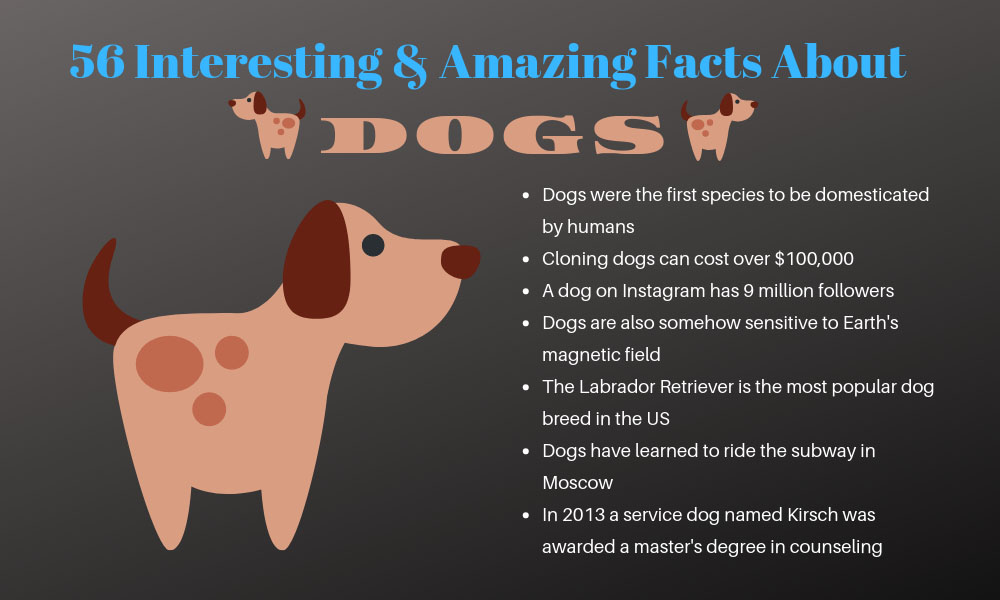
Based on Lucky Tail
Cover: pexels
How to introduce dogs to children safely and properly
It is very important to carefully monitor and manage your children’s initial interactions with a new dog. Both children and dogs (especially puppies) can be impatient, inquisitive, and easily overstimulated, so it’s important to have an adult supervise all of this.
Children and dogs need to be taught to interact with each other. As of 2015, more than 50% of families have a dog, and having a dog in the family is good for the child: the attitude towards the dog teaches empathy and compassion, promotes self-esteem, generates love and affection, teaches responsibility and promotes physical activity. This makes it easy to understand why so many parents choose to have a family dog.
Unfortunately, according to the CDC, about 800,000 dog bites occur each year in the United States alone, and more than half of bite victims are children. In addition, children are much more likely than adults to be bitten on the face, neck or head, since a child is literally the same height as a dog.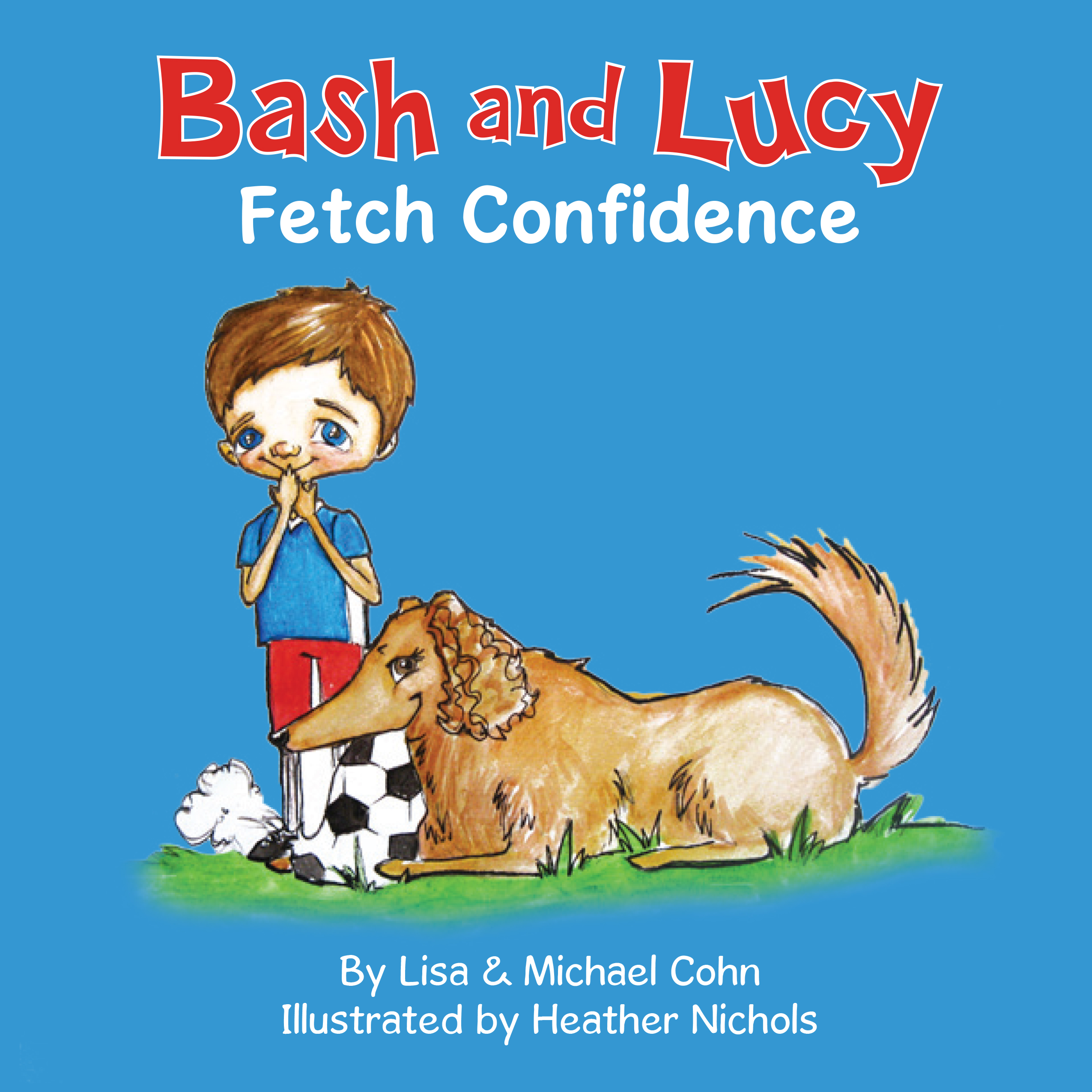
Dogs are animals with a social hierarchy. Although dogs tend to view adult humans as “alpha”, children can easily be viewed as buddies or even subordinates. If a dog is uncomfortable around children, it may growl or even lash out with a bite. So the dog shows irritation or discomfort, the dog is only trying to correct the child in the way the dog knows best.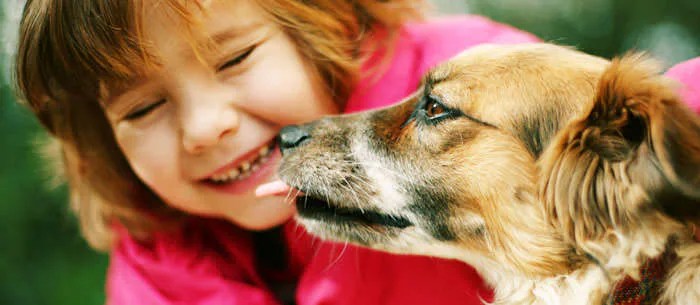
The following tips will help create a harmonious relationship between children and dogs
1.) Always supervise your child’s contact with the dog. Any child under the age of 12 must be with the dog in the presence of an adult. The adult should stay in the background, but be prepared to intervene if things get out of hand.
2.) Never assume that a dog will not react to a small child. If she is frightened or hurt, even the most well-behaved dogs behave badly, they may attack the child or bite him. Pay close attention to your dog’s body language when interacting with children. If the dog growls at the child, constantly moves away from him, or hair stands up on the dog’s back, it is time to intervene and teach the child to leave the dog alone.
3.) Teach your child that he should always ask permission before approaching or touching a strange dog.
4.) Teach your child how to get to know a dog properly. Show your child that you first need to bring a clenched fist to the dog (in case of aggression, the dog will not bite off his fingers, but only bite his fist) so that the animal can smell the child. Show your kids how to stroke a dog: on the chin or on the back and avoid sensitive areas like ears, legs, tail or belly. It is best to allow the dog to come and sniff the baby on its own, rather than the other way around, as you must give the dog time to get used to the baby and initiate the first contact.
5.) Teach your child to read a dog’s body language so he can notice when a dog is becoming aggressive, upset, or dominant. If the dog does not want to interact with the child, leave the dog alone as there is a chance that the dog is not used to the child and will view him as a threat.:max_bytes(150000):strip_icc()/CauseandEffect-56a5667e3df78cf772881596.jpg)
6.) Show your child how to pick up a pet dog. Explain that poking, pulling, squeezing or hitting a dog is not normal and can quickly change the dog’s behavior.
7.) Teach your child never to put his face close to the dog’s muzzle. This is simply too risky and can easily lead to a bite if the dog is nervous, scared or cornered.
8.) Never disturb a dog that is eating, sleeping or chewing something. Explain to your child that it is best to let the dog calm down.
9.) Avoid rough play or teasing of the dog. Do not let the child sit or lie on the dog. Use safe toys to show your child how to properly play with a dog. Trying to sit on a dog can stimulate dominance or aggressive behavior in the dog.
10.) Children learn to copy their parents’ behavior, as parents make sure to follow all of these guidelines when dealing with a dog. Never yell or use physical punishment on an animal. Your child will think this is the right way to fix a dog when something goes wrong.
11.) Let older children get involved in dog care. Younger children can help feed the dog, while older children can take part in training or grooming the dog. Depending on the dog and its affection, older children can also take the dog for a short walk (under supervision, of course). Participation in these activities will help the child develop leadership qualities, thus, he will achieve respect and trust from the dog.
Following these guidelines will help ensure a happy and safe relationship between your child and dogs. The reward can be wonderful if your child learns how to properly interact with a dog, to truly live with love and affection without fear or anxiety. If you have problems with your dog, we strongly recommend that you seek the help of a professional in the field. It’s a great idea to educate your family by not allowing bad habits to develop in a child. As always remember, remember to remain calm and confident when working with a child or dog. Set a good example and always practice what you preach.







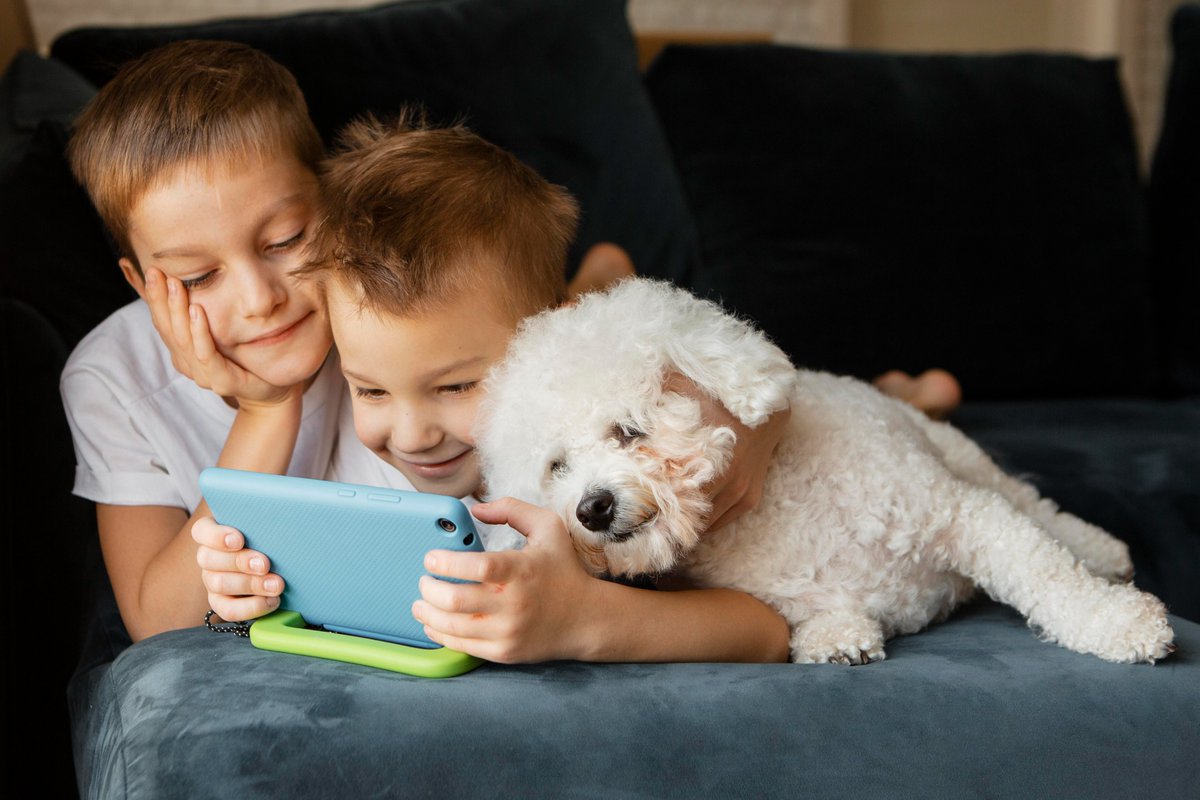

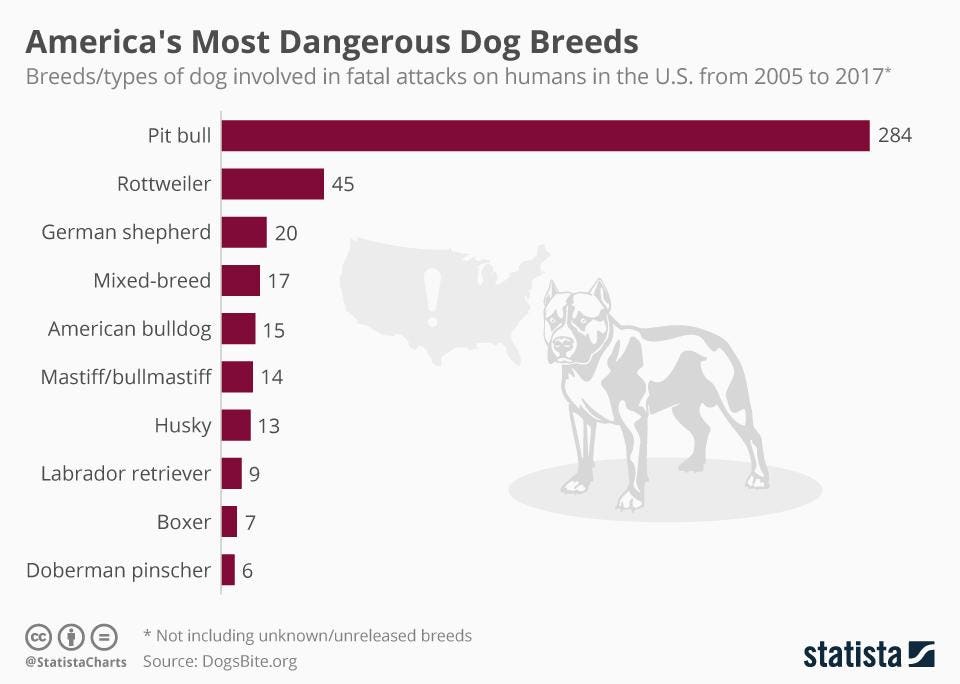 However, it’s always best to still wash your hands after.
However, it’s always best to still wash your hands after.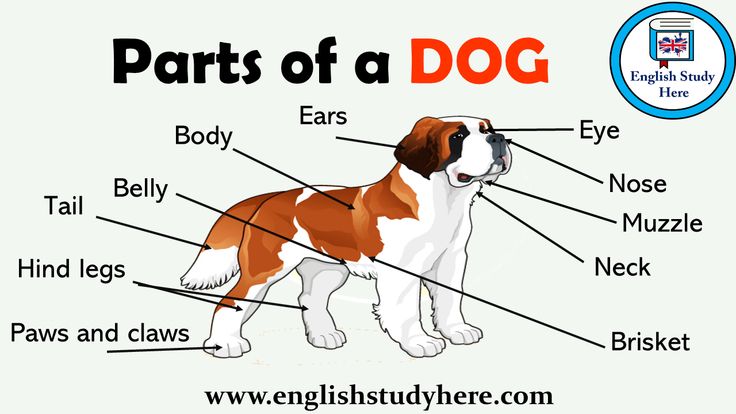 Always seek the advice of your veterinarian with any questions you may have regarding the medical condition of your pet. If you think your pet has a medical emergency, call or visit your veterinarian or your local veterinary emergency hospital immediately.
Always seek the advice of your veterinarian with any questions you may have regarding the medical condition of your pet. If you think your pet has a medical emergency, call or visit your veterinarian or your local veterinary emergency hospital immediately. com
com
 ”
” 
 ” Because of this, it’s important that you don’t attempt to treat an undiagnosed eye condition by yourself, as medication for one condition may worsen another.
” Because of this, it’s important that you don’t attempt to treat an undiagnosed eye condition by yourself, as medication for one condition may worsen another.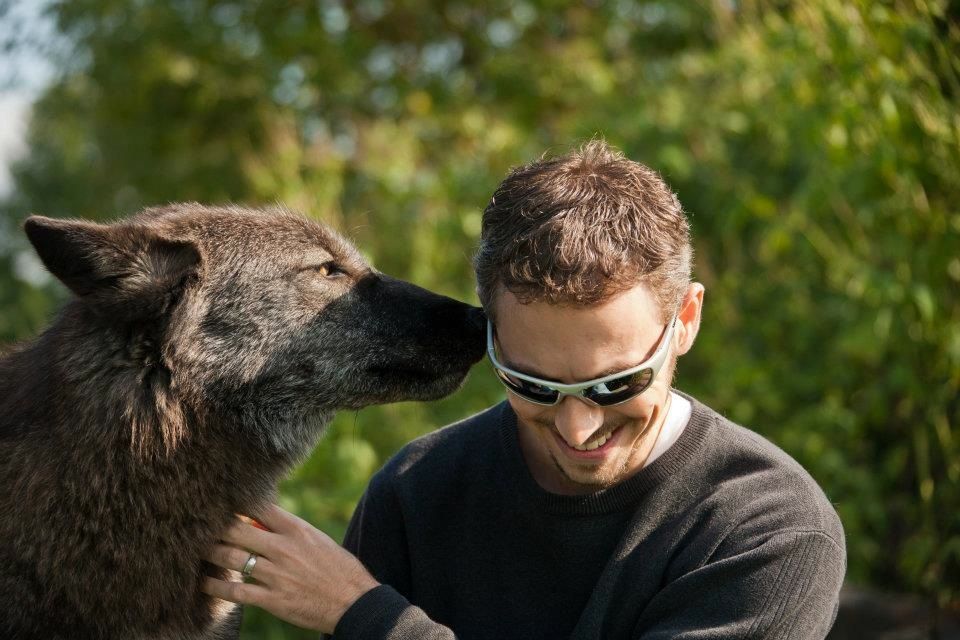 According to Graham, one of the easiest actions you can take to reduce the chances of your dog developing pink eye is to avoid letting your dog hang their head out of a moving car’s window. Not only can your dog’s eyes be struck by flying debris, but even the wind itself can irritate your dog’s eyes.
According to Graham, one of the easiest actions you can take to reduce the chances of your dog developing pink eye is to avoid letting your dog hang their head out of a moving car’s window. Not only can your dog’s eyes be struck by flying debris, but even the wind itself can irritate your dog’s eyes.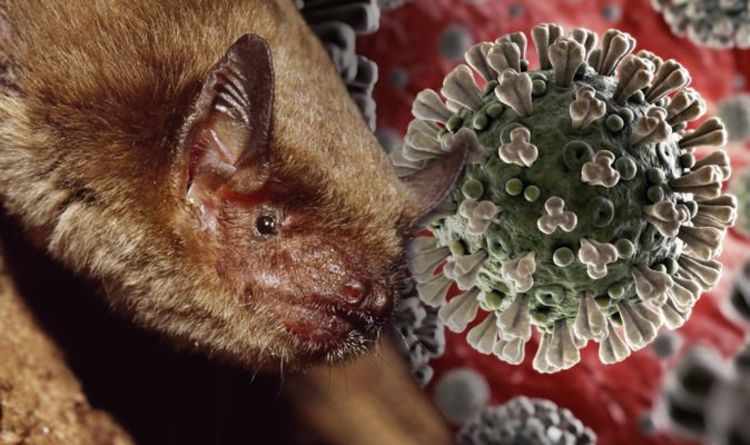 Make sure your dog breeder has all of this information to protect any puppies they walk. If bacterial, it can be contagious to both humans and other dogs.
Make sure your dog breeder has all of this information to protect any puppies they walk. If bacterial, it can be contagious to both humans and other dogs.  After starting treatment, in most cases, improvement can be seen within a few days, but in some cases, full recovery can take up to three weeks.
After starting treatment, in most cases, improvement can be seen within a few days, but in some cases, full recovery can take up to three weeks.  A small amount of alcohol kept away from the eyes can help reduce congestion. Use warm water close to your eyes regularly to keep the area completely clean.
A small amount of alcohol kept away from the eyes can help reduce congestion. Use warm water close to your eyes regularly to keep the area completely clean.  Check with your doctor if you have any questions about when your child can return to school or daycare.
Check with your doctor if you have any questions about when your child can return to school or daycare. 
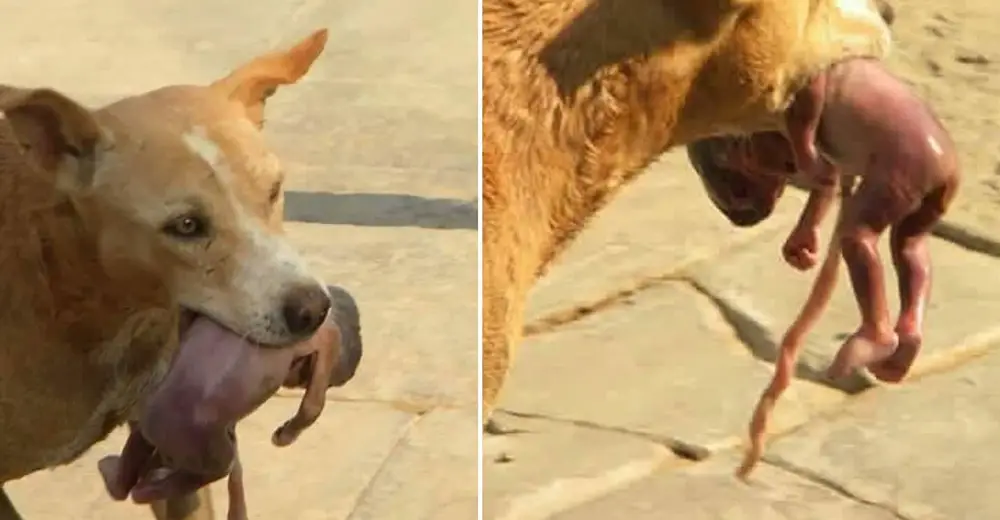
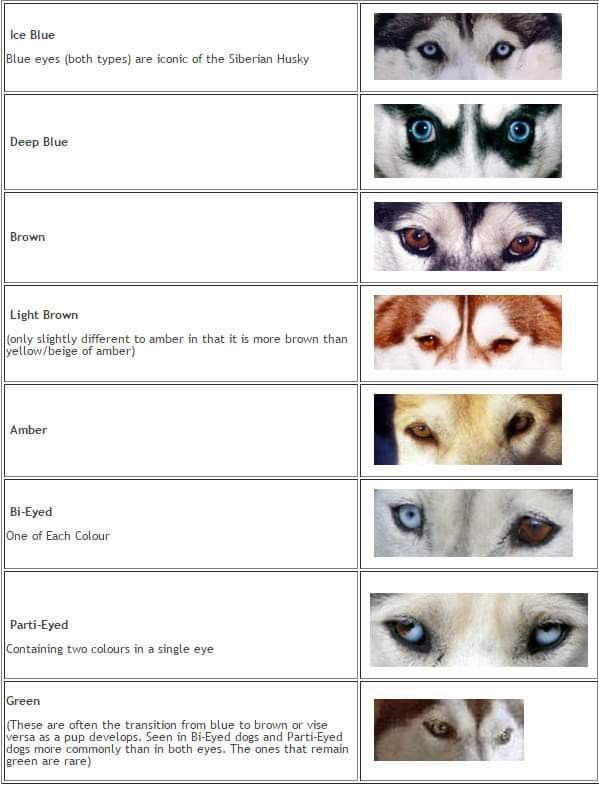
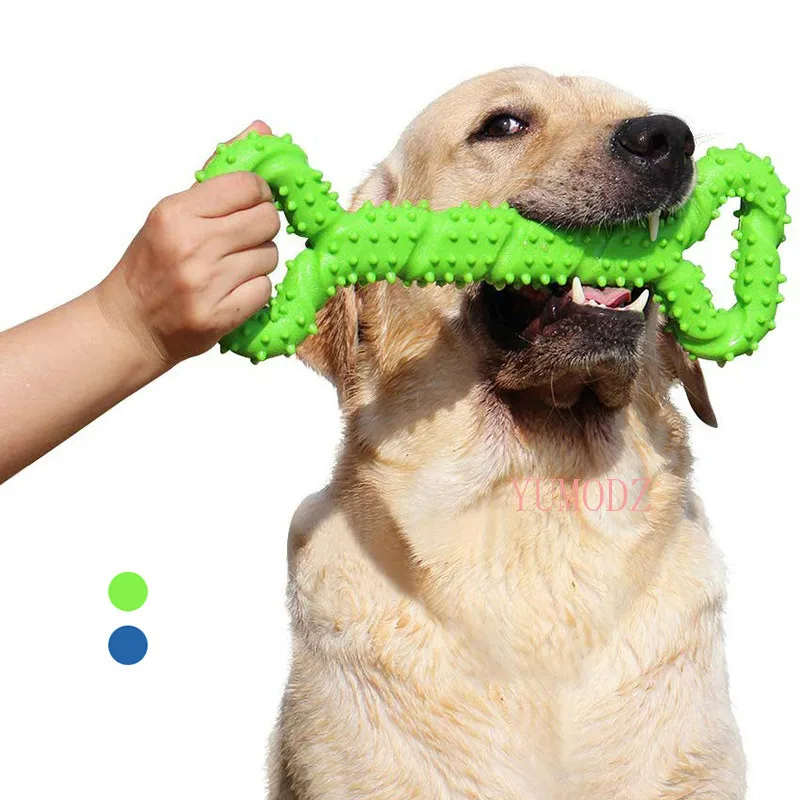 (Let’s hope you like them too!)
(Let’s hope you like them too!) Have a Pit Bull? He’ll love this one – place some food for Pit Bull’s inside and watch him go!
Have a Pit Bull? He’ll love this one – place some food for Pit Bull’s inside and watch him go! DIY Tennis Ball Foxtail
DIY Tennis Ball Foxtail
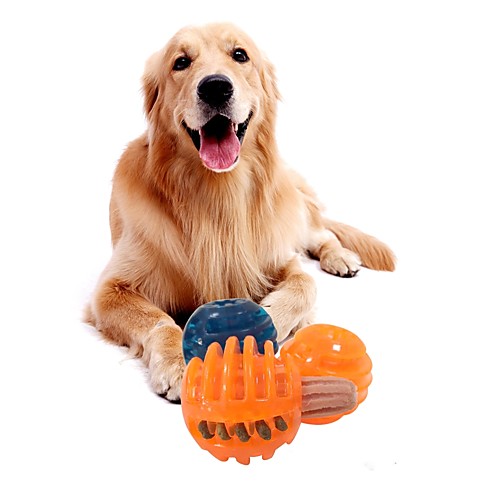 So, let’s find a few creative ways to bring them joy with some DIY dog toys!
So, let’s find a few creative ways to bring them joy with some DIY dog toys!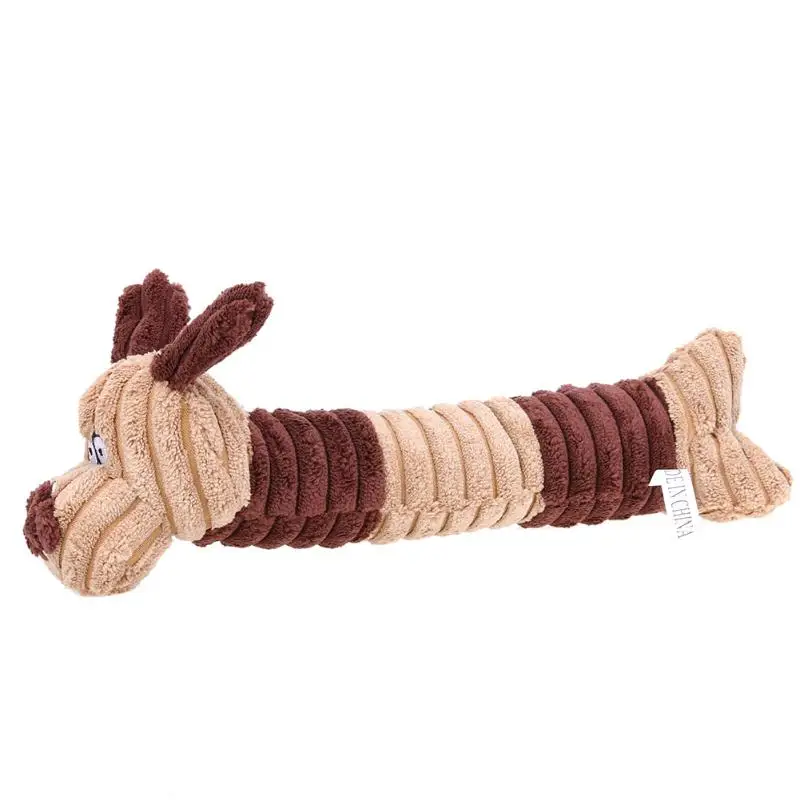 Just pick up a PVC pipe and some caps, and get to work on building a toy they’ll love and will keep them occupied for a while. Ever your cat can play with one of these! Check out the tutorial from Dog Tipper.
Just pick up a PVC pipe and some caps, and get to work on building a toy they’ll love and will keep them occupied for a while. Ever your cat can play with one of these! Check out the tutorial from Dog Tipper.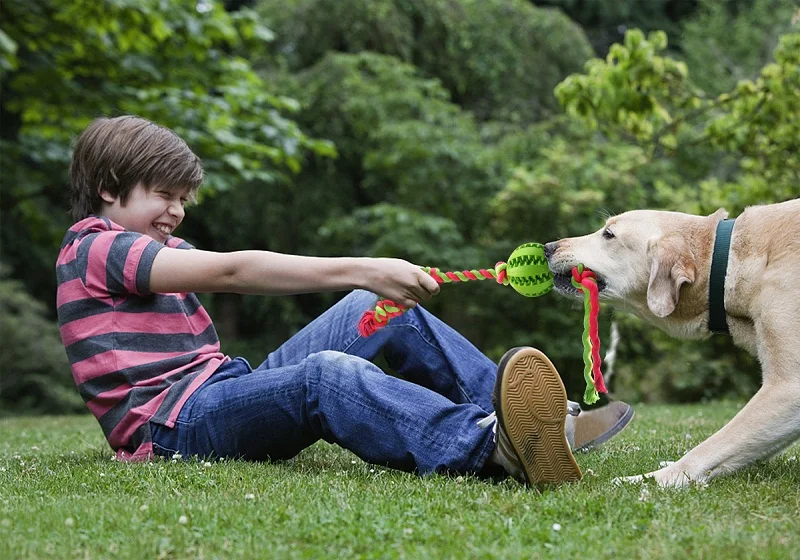 More often than not, tennis balls stop bouncing like they used to, and they may even get a cut or two from your pup’s teeth, so it’s time to repurpose them. By using some fabric strips, you can braid them and pass them all through the middle of a tennis ball. Get the tutorial from Simply Shellie.
More often than not, tennis balls stop bouncing like they used to, and they may even get a cut or two from your pup’s teeth, so it’s time to repurpose them. By using some fabric strips, you can braid them and pass them all through the middle of a tennis ball. Get the tutorial from Simply Shellie.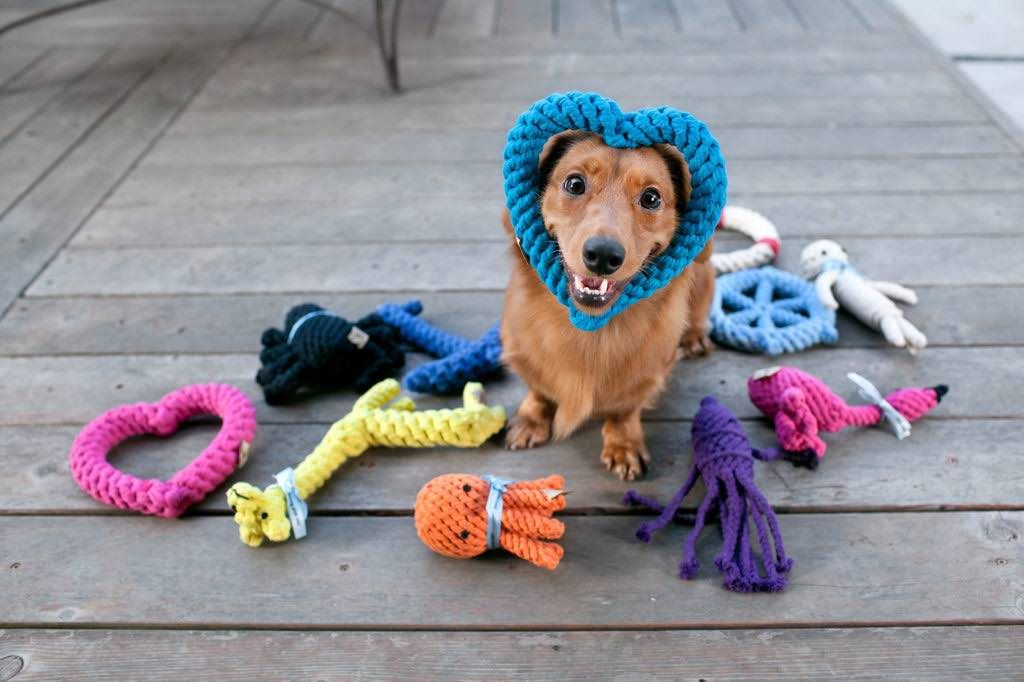
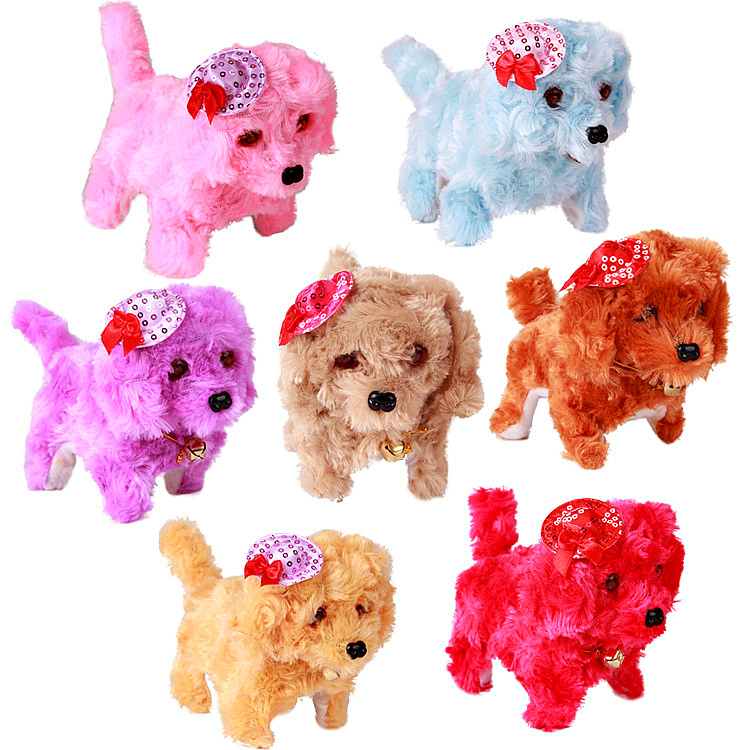 Get the tutorial from Instructables as they make it super easy to create.
Get the tutorial from Instructables as they make it super easy to create.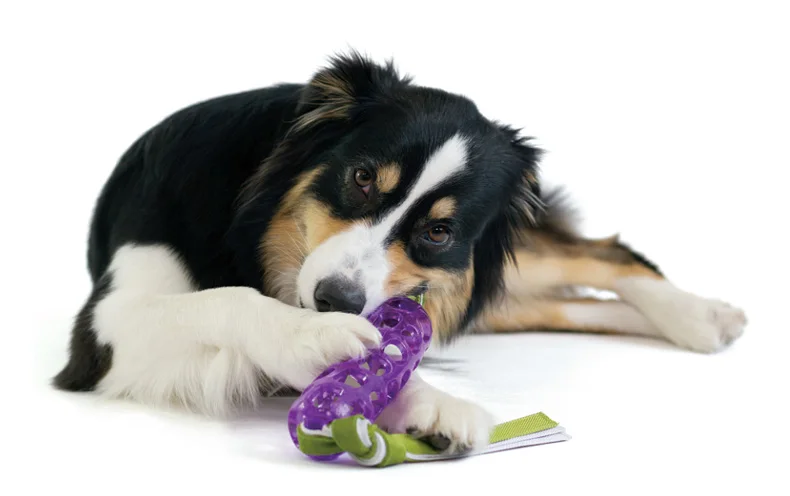 Indestructible Ring
Indestructible Ring
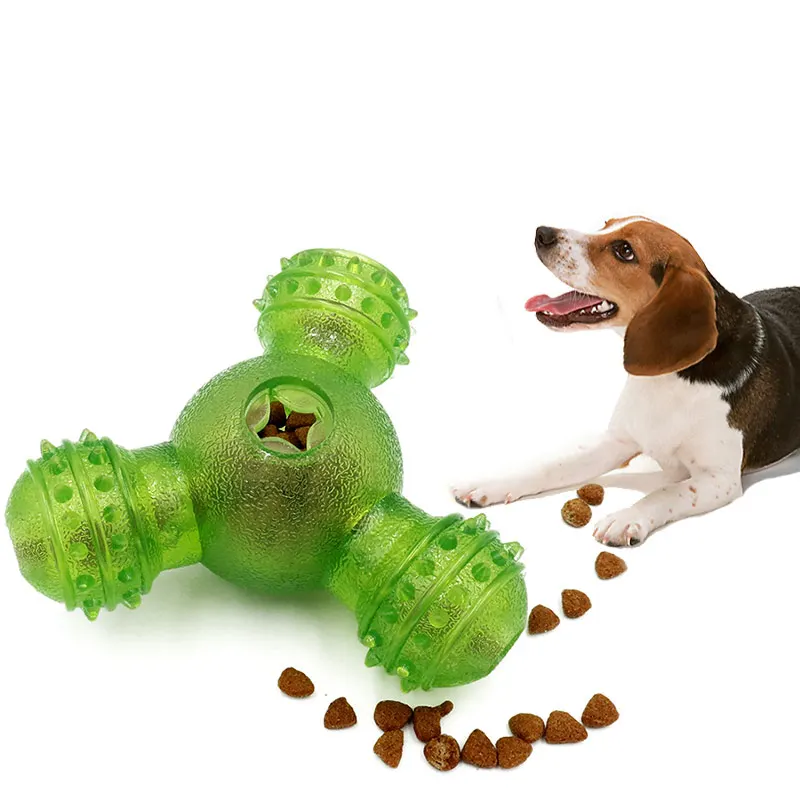 Your dog will certainly be quite entertained, and you’ll have spent pretty much nothing for the toy itself. Check out the steps you need to follow from Instructables.
Your dog will certainly be quite entertained, and you’ll have spent pretty much nothing for the toy itself. Check out the steps you need to follow from Instructables.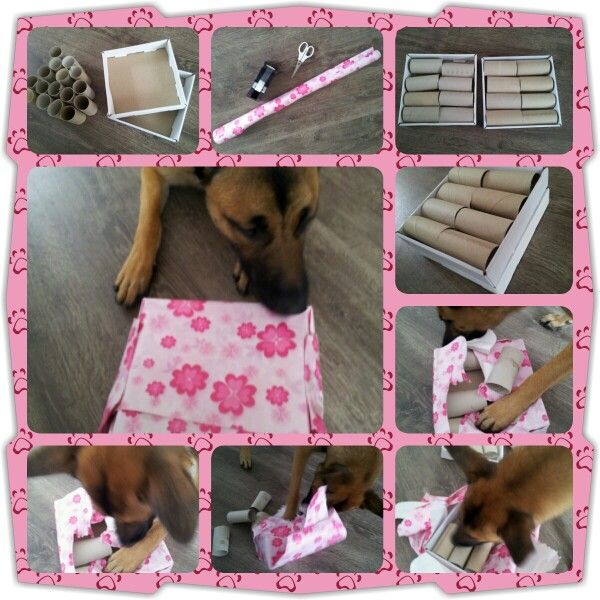
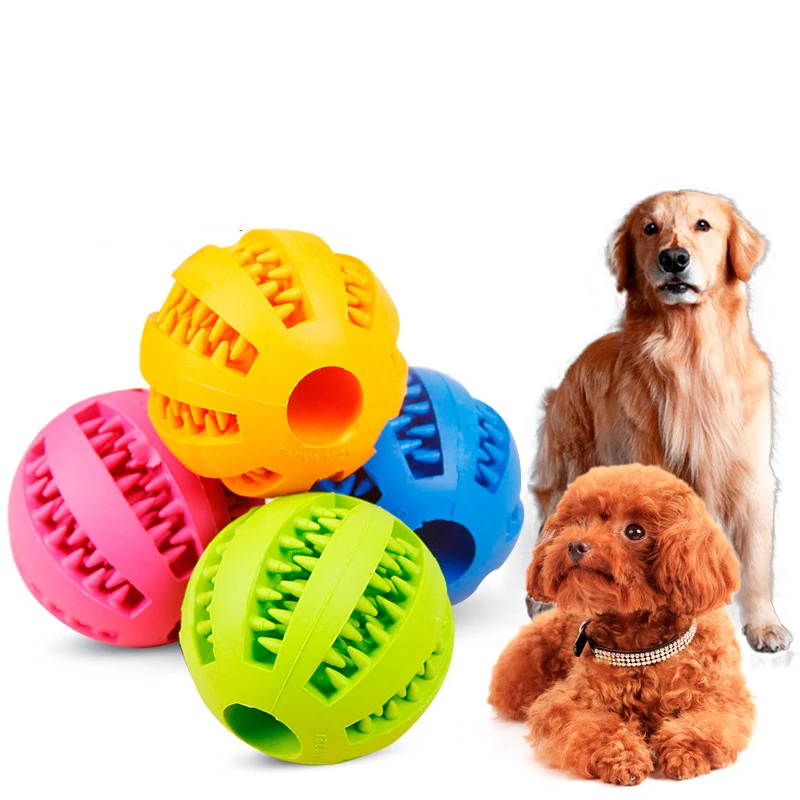 You’ll need some time to make all of this, but it’s genius and we just love how beautiful it is. The tutorial is actually for a rug, but if you make it smaller, it will be perfect for a dog toy.
You’ll need some time to make all of this, but it’s genius and we just love how beautiful it is. The tutorial is actually for a rug, but if you make it smaller, it will be perfect for a dog toy.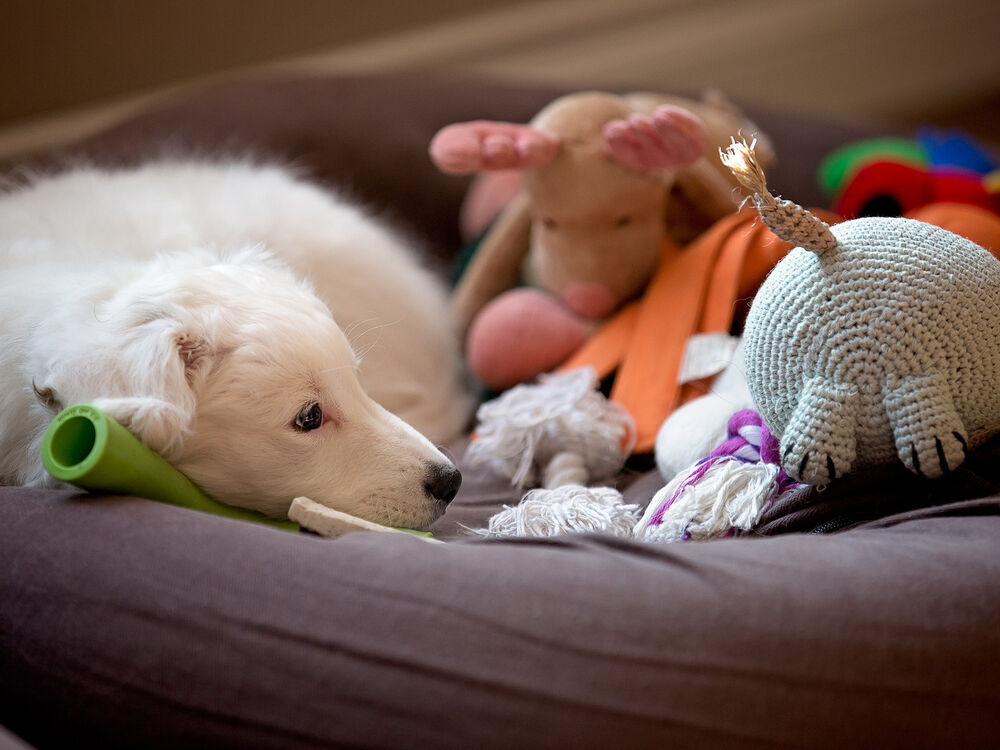 Get the tutorial from CreateLaughGrow.
Get the tutorial from CreateLaughGrow. Get the details from Retrobellish.
Get the details from Retrobellish.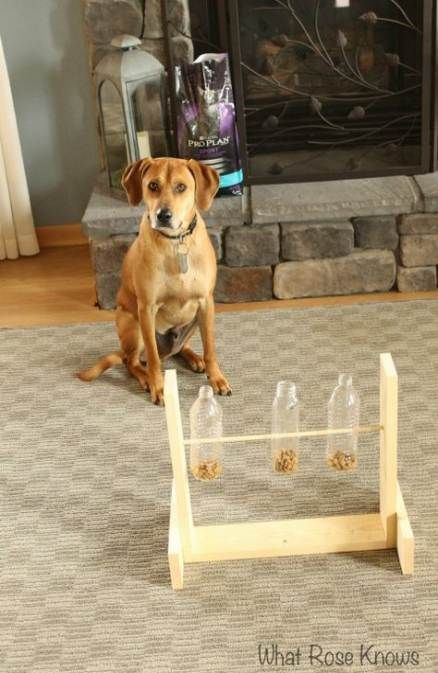 Once they learn how to tilt the bottles, they’ll get to eat something yummy. You can keep them entertained and fed! Check out this clip from Eveline Poot and make your own!
Once they learn how to tilt the bottles, they’ll get to eat something yummy. You can keep them entertained and fed! Check out this clip from Eveline Poot and make your own!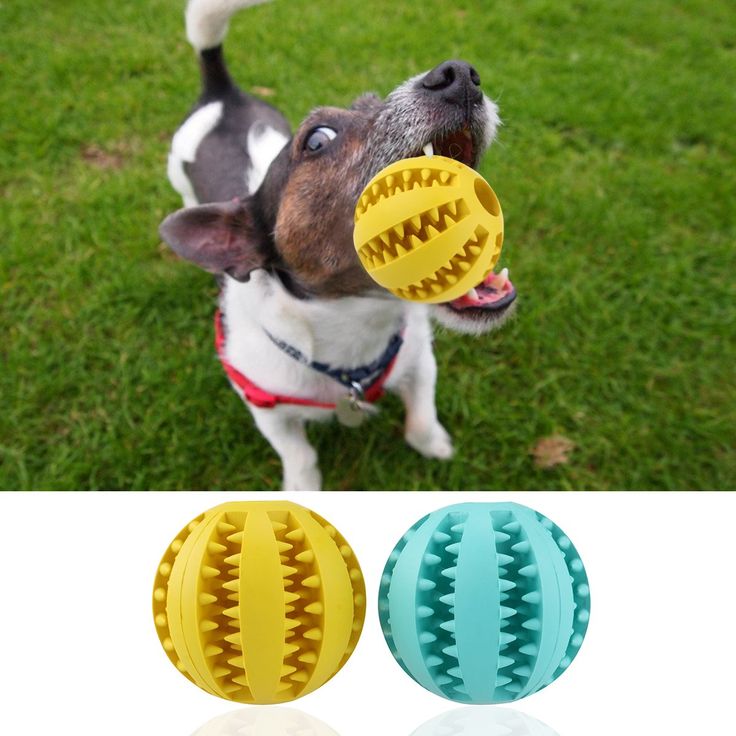
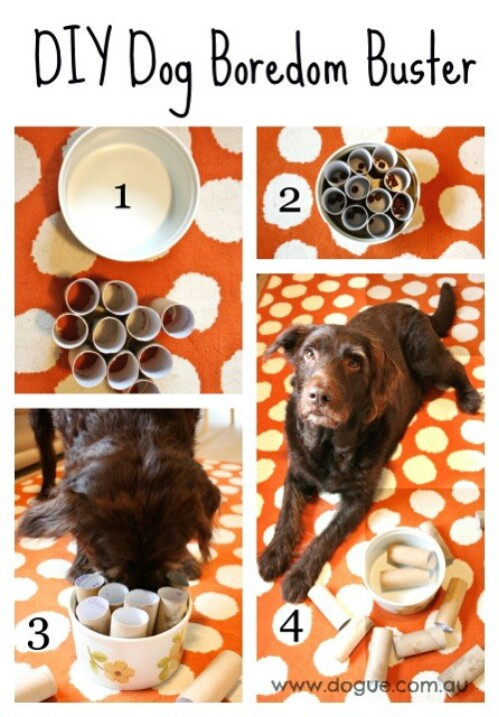 Well, or you can ask an assistant to hold the strand while you weave the cord.
Well, or you can ask an assistant to hold the strand while you weave the cord. 
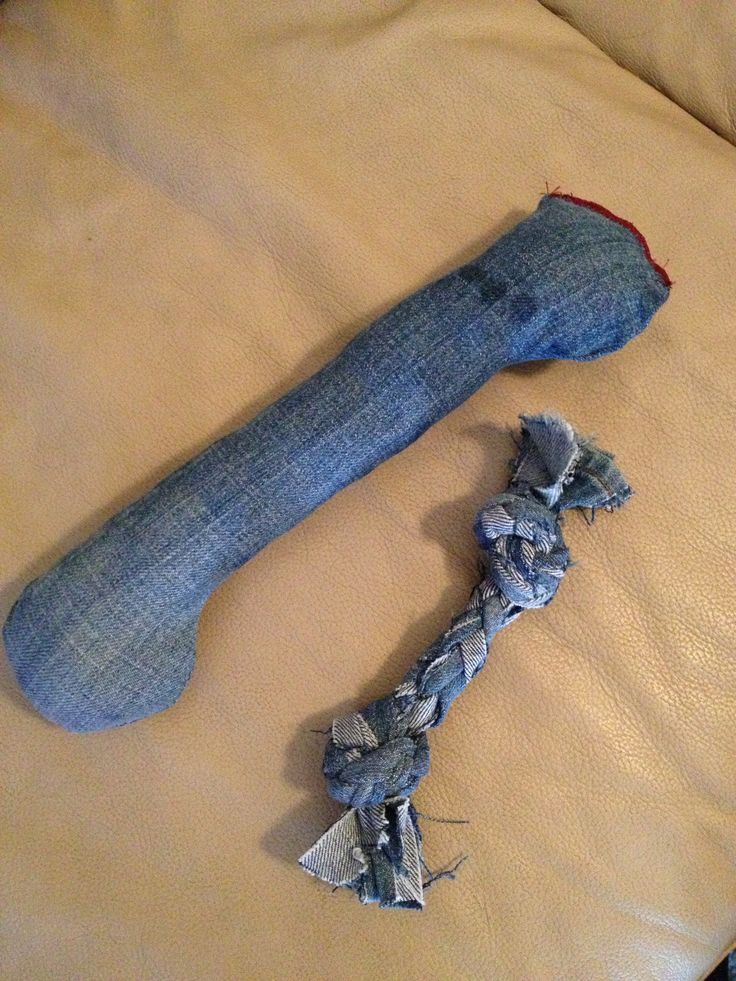 3-4).
3-4). 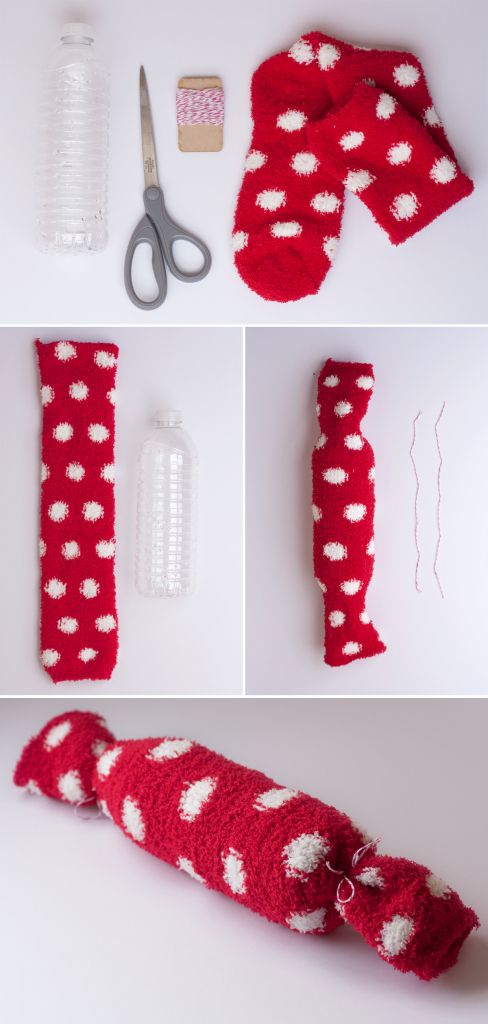 We make a template out of paper and transfer it to the fabric (Fig. 1). We cut out two identical fabric parts, leaving 1 cm each for seam allowances (Fig. 2).
We make a template out of paper and transfer it to the fabric (Fig. 1). We cut out two identical fabric parts, leaving 1 cm each for seam allowances (Fig. 2).  The monster is ready.
The monster is ready. 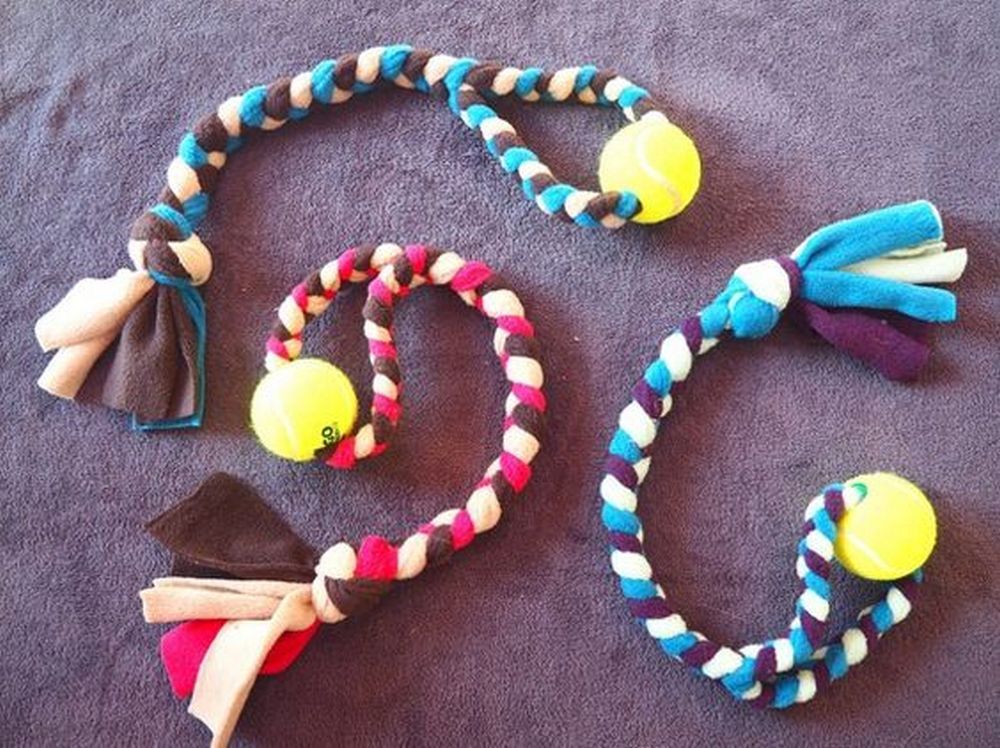
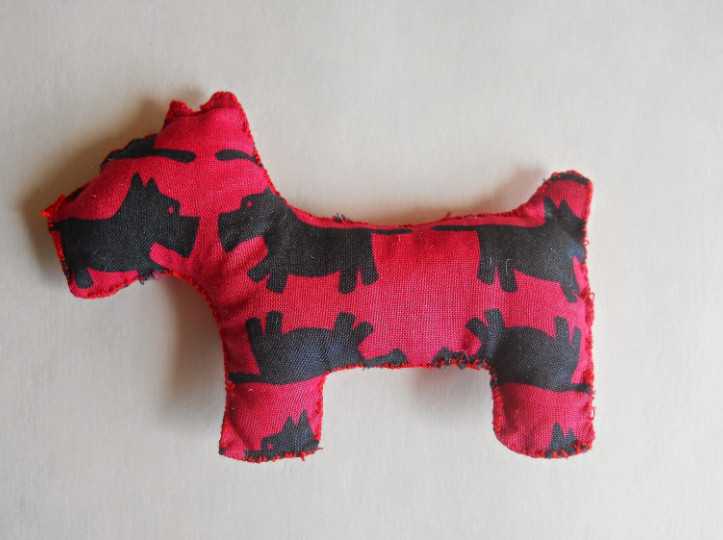 You do not need to pour a lot of cereals, otherwise there will not be such a sonorous noise that all dogs like so much.
You do not need to pour a lot of cereals, otherwise there will not be such a sonorous noise that all dogs like so much.  Also, such games are recommended for active dogs, with whom no matter how you walk, they still come home full of energy. The mental load exhausts the dog much faster than the physical one, so a few minutes with an educational toy – and the dog is already tired and satisfied.
Also, such games are recommended for active dogs, with whom no matter how you walk, they still come home full of energy. The mental load exhausts the dog much faster than the physical one, so a few minutes with an educational toy – and the dog is already tired and satisfied. 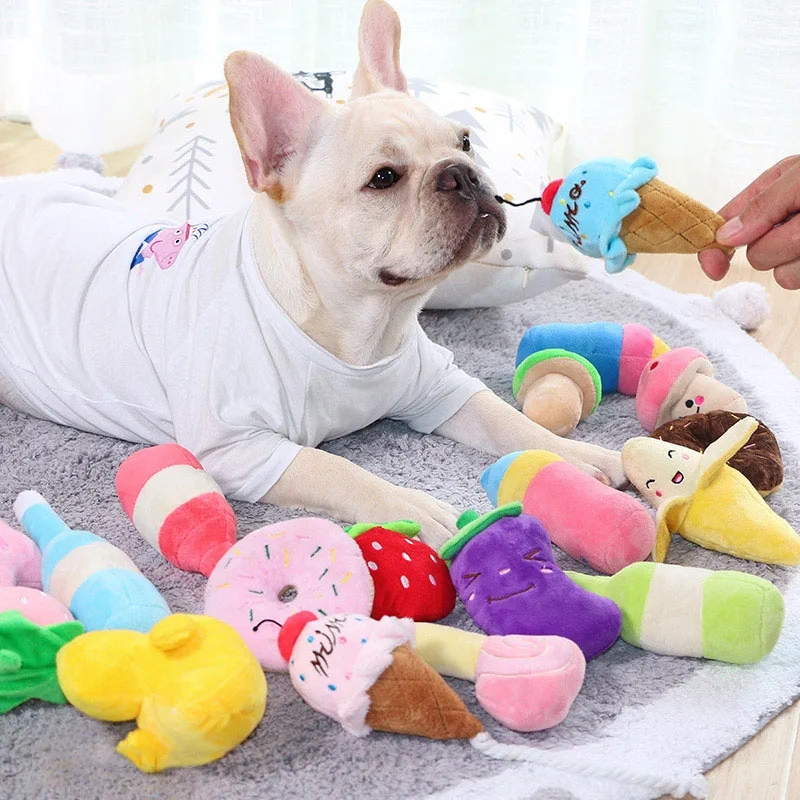 If you have a large and strong dog, you may need something that is larger and more durable than what is described in the exercises.
If you have a large and strong dog, you may need something that is larger and more durable than what is described in the exercises. 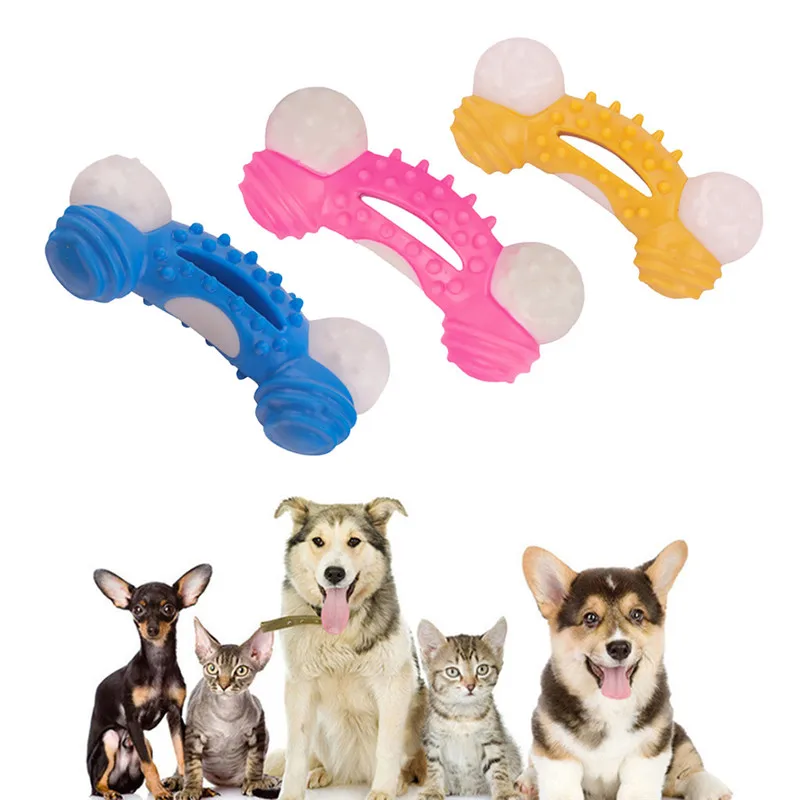 Step 5. Throw the resulting toy on the floor and watch the dog’s actions.
Step 5. Throw the resulting toy on the floor and watch the dog’s actions. 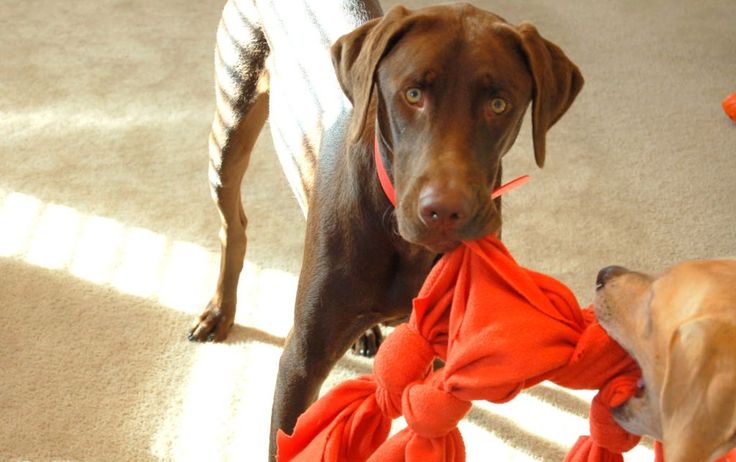 Step 5. Attach the stick between two chairs or simply hold it in your hands at the level of the dog’s muzzle.
Step 5. Attach the stick between two chairs or simply hold it in your hands at the level of the dog’s muzzle. 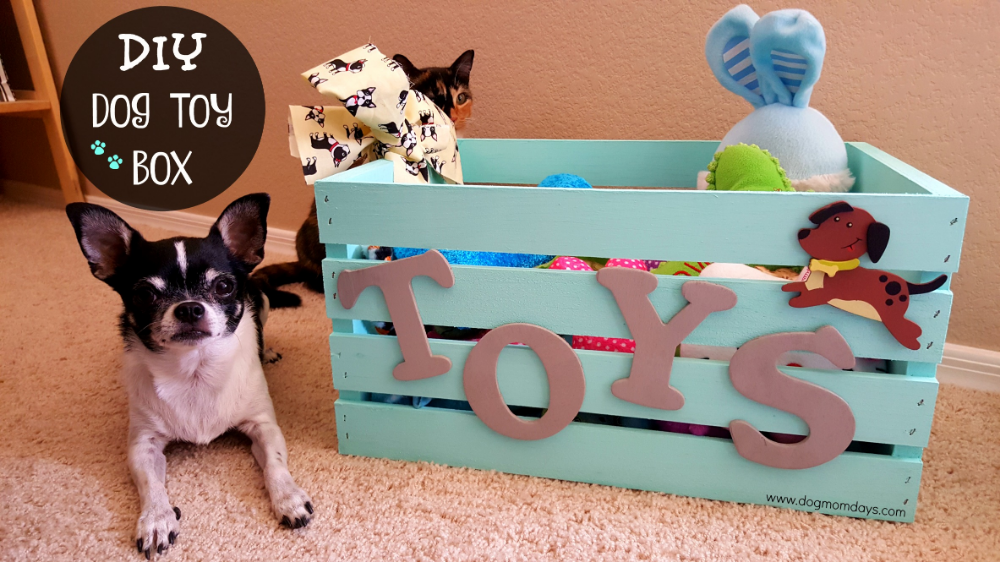 Step 5. Pull the rope between the chairs or just hold it in your hands at the level of the dog’s muzzle. Over time, increase the number of bases.
Step 5. Pull the rope between the chairs or just hold it in your hands at the level of the dog’s muzzle. Over time, increase the number of bases. 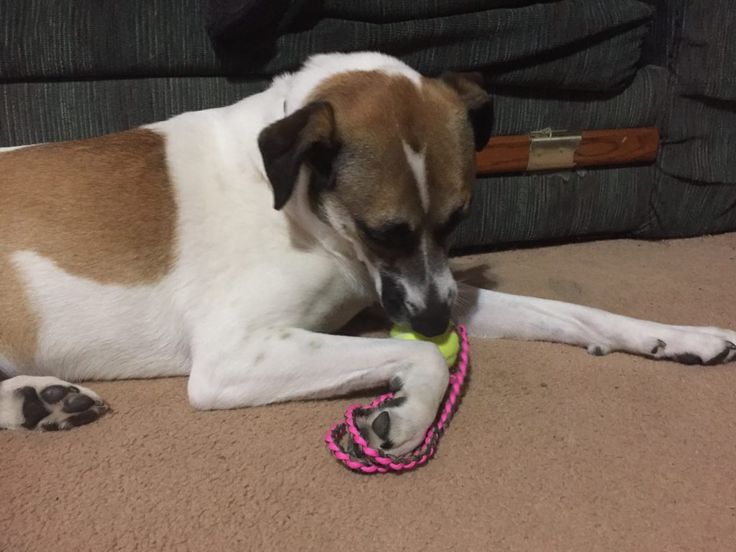
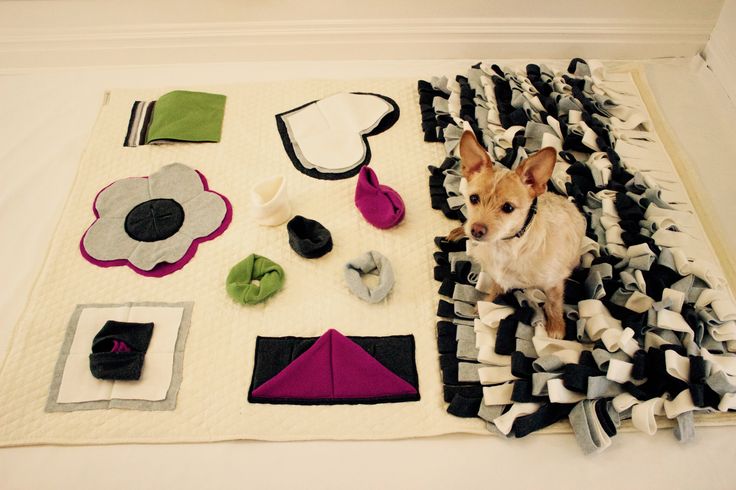 Or put food inside your hat and gloves so your dog has to give things a good shake. You can also use a sock rolled into a ball, which the pet must unfold. Start with one thing and gradually add more.
Or put food inside your hat and gloves so your dog has to give things a good shake. You can also use a sock rolled into a ball, which the pet must unfold. Start with one thing and gradually add more. 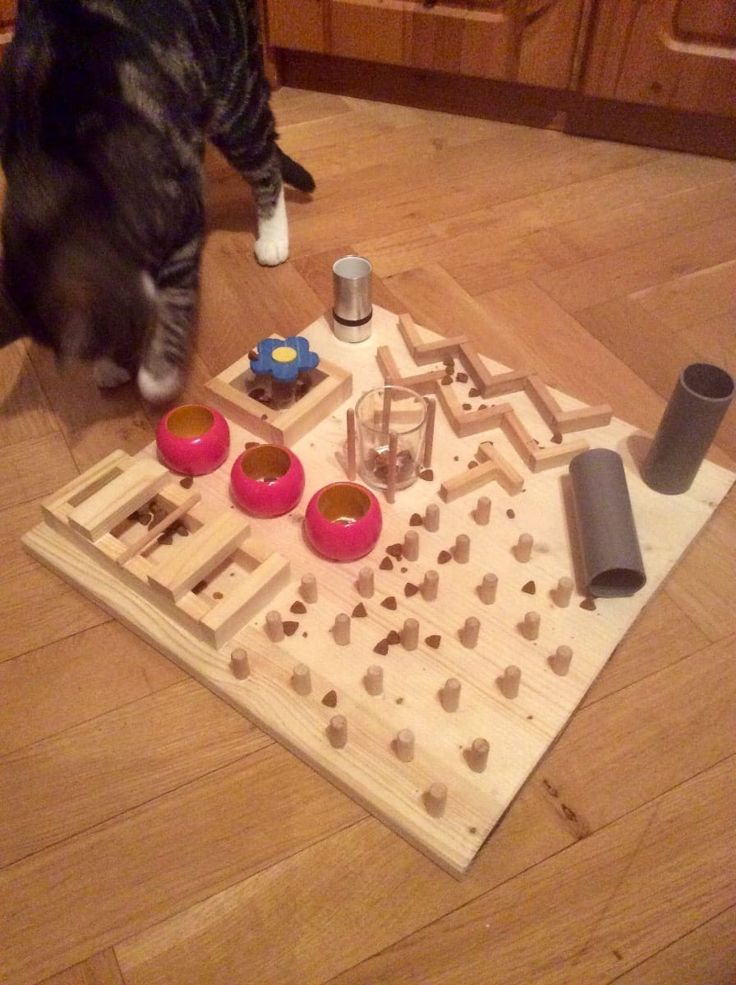
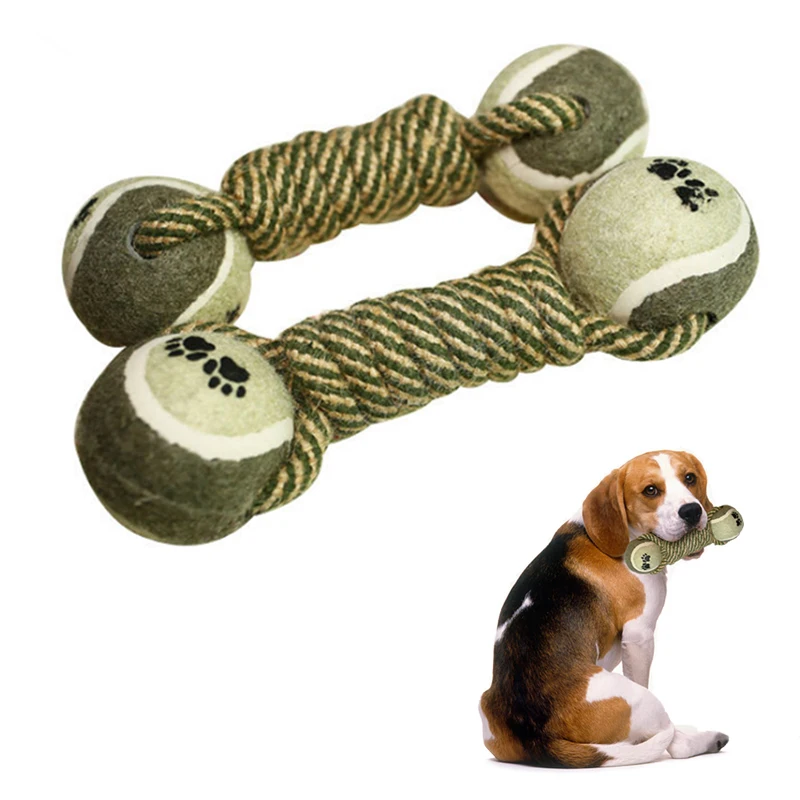
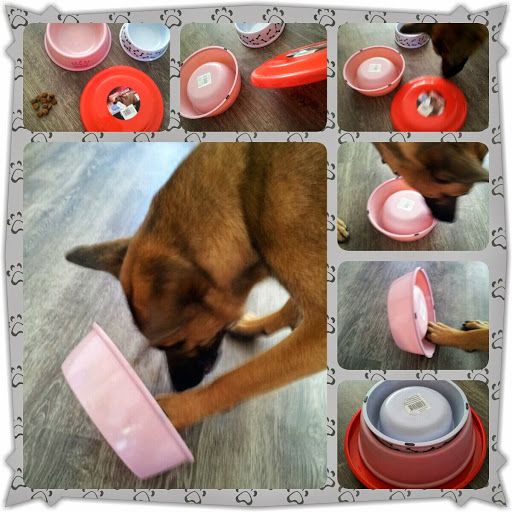 The dog can choose the right cup with his teeth or paw – it doesn’t matter.
The dog can choose the right cup with his teeth or paw – it doesn’t matter. 
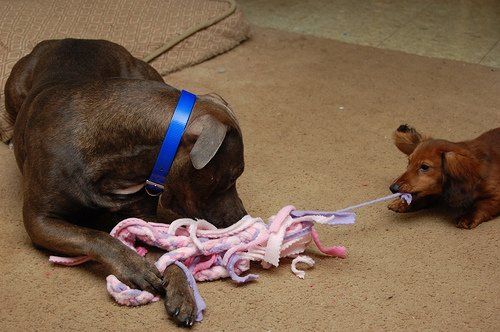
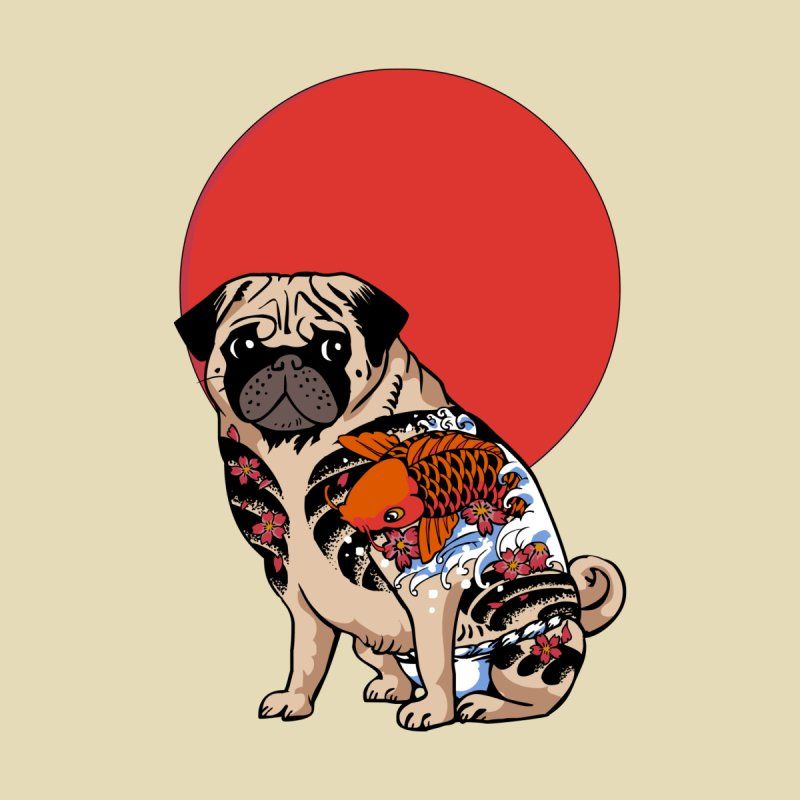 This dog breed will easily adjust to your lifestyle. And if that means more cuddles under the blanket, they will happily accept it. Then, when you want to go outside, they will gladly follow you.
This dog breed will easily adjust to your lifestyle. And if that means more cuddles under the blanket, they will happily accept it. Then, when you want to go outside, they will gladly follow you. 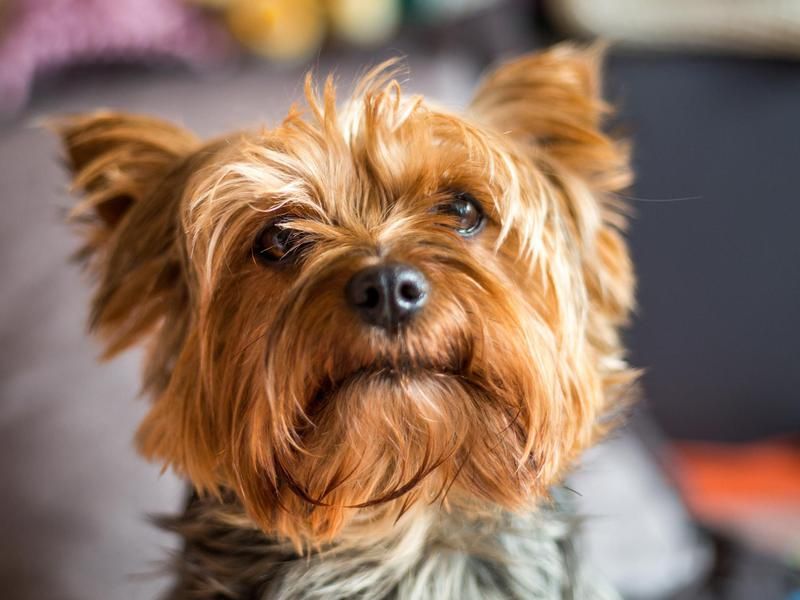 Most Greyhounds are happy with a forty-minute walk a day, and are basically homebodies who love nothing more than sharing sofa space with their favorite humans and curling up on a couch, and sleeping the day away. And as they’re medium-sized dogs, they won’t take up too much space in any home, regardless of how big or small said home is.
Most Greyhounds are happy with a forty-minute walk a day, and are basically homebodies who love nothing more than sharing sofa space with their favorite humans and curling up on a couch, and sleeping the day away. And as they’re medium-sized dogs, they won’t take up too much space in any home, regardless of how big or small said home is.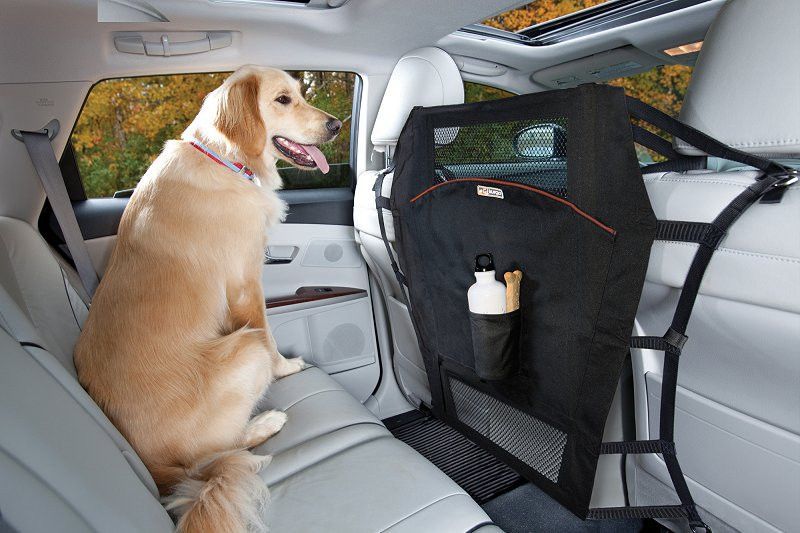 They’re loyal, tend to bond with one person strongly, and make great companion dogs.
They’re loyal, tend to bond with one person strongly, and make great companion dogs. 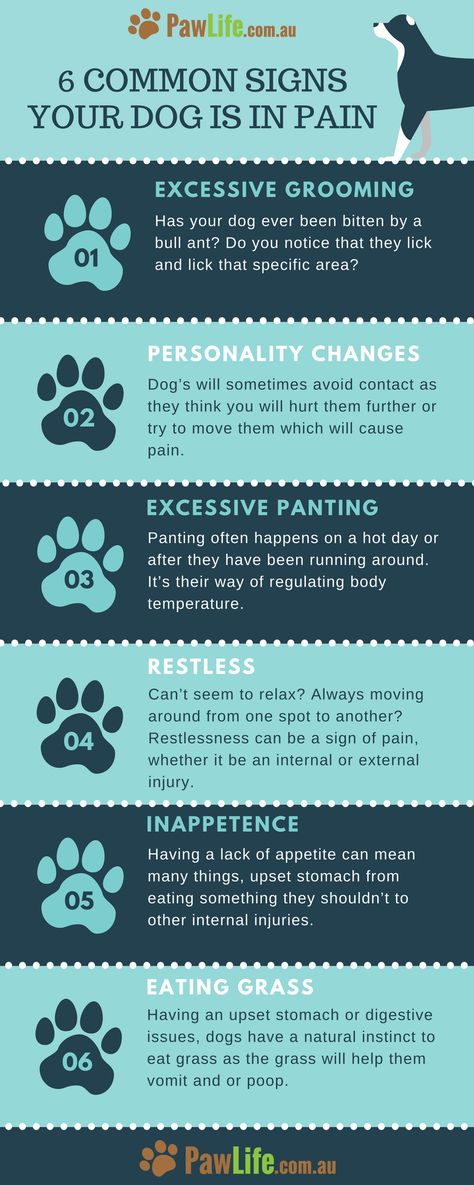 But if you motivate them with food, and allow them enough sniffing time, they are a joy. It is no wonder fans of the breed describe it as “merry”.
But if you motivate them with food, and allow them enough sniffing time, they are a joy. It is no wonder fans of the breed describe it as “merry”.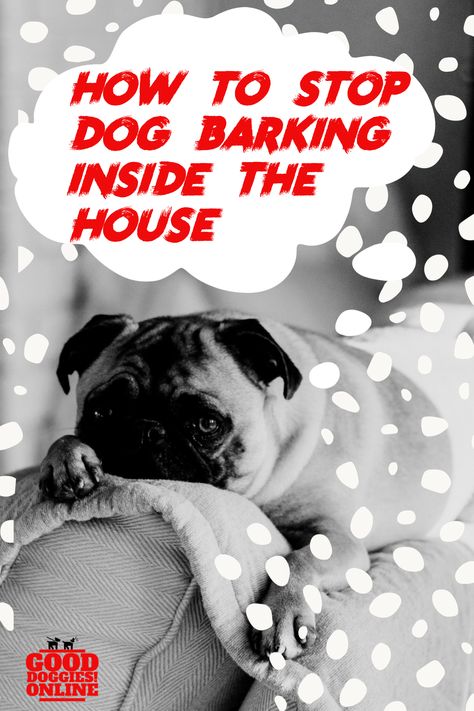 The pug-dog could be an affectionate and attentive breed. They need a wonderful temperament – some pugs might bark quite a bit, however, it’s all a small amount of fun, and they infrequently get angry.
The pug-dog could be an affectionate and attentive breed. They need a wonderful temperament – some pugs might bark quite a bit, however, it’s all a small amount of fun, and they infrequently get angry. 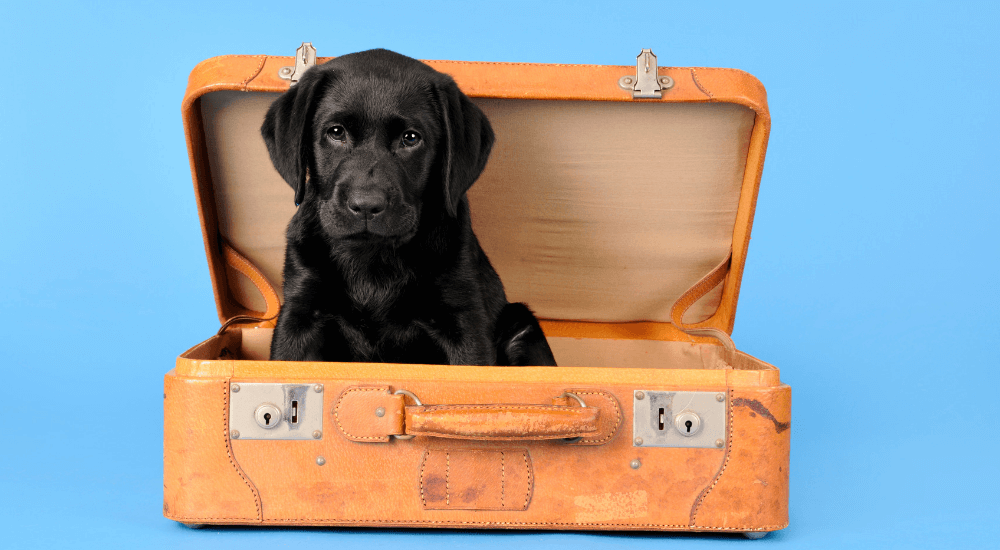 This puppy enjoys a low-key, indoor lifestyle as much as the next one. Yes, they belong to the hunting dog group, but over the years, they have accepted the domesticated lifestyle.
This puppy enjoys a low-key, indoor lifestyle as much as the next one. Yes, they belong to the hunting dog group, but over the years, they have accepted the domesticated lifestyle. 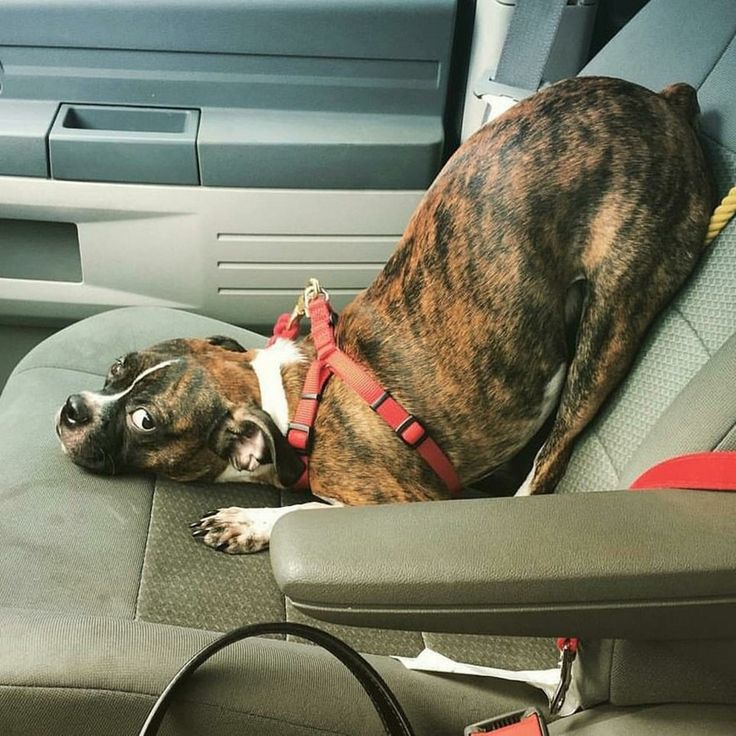
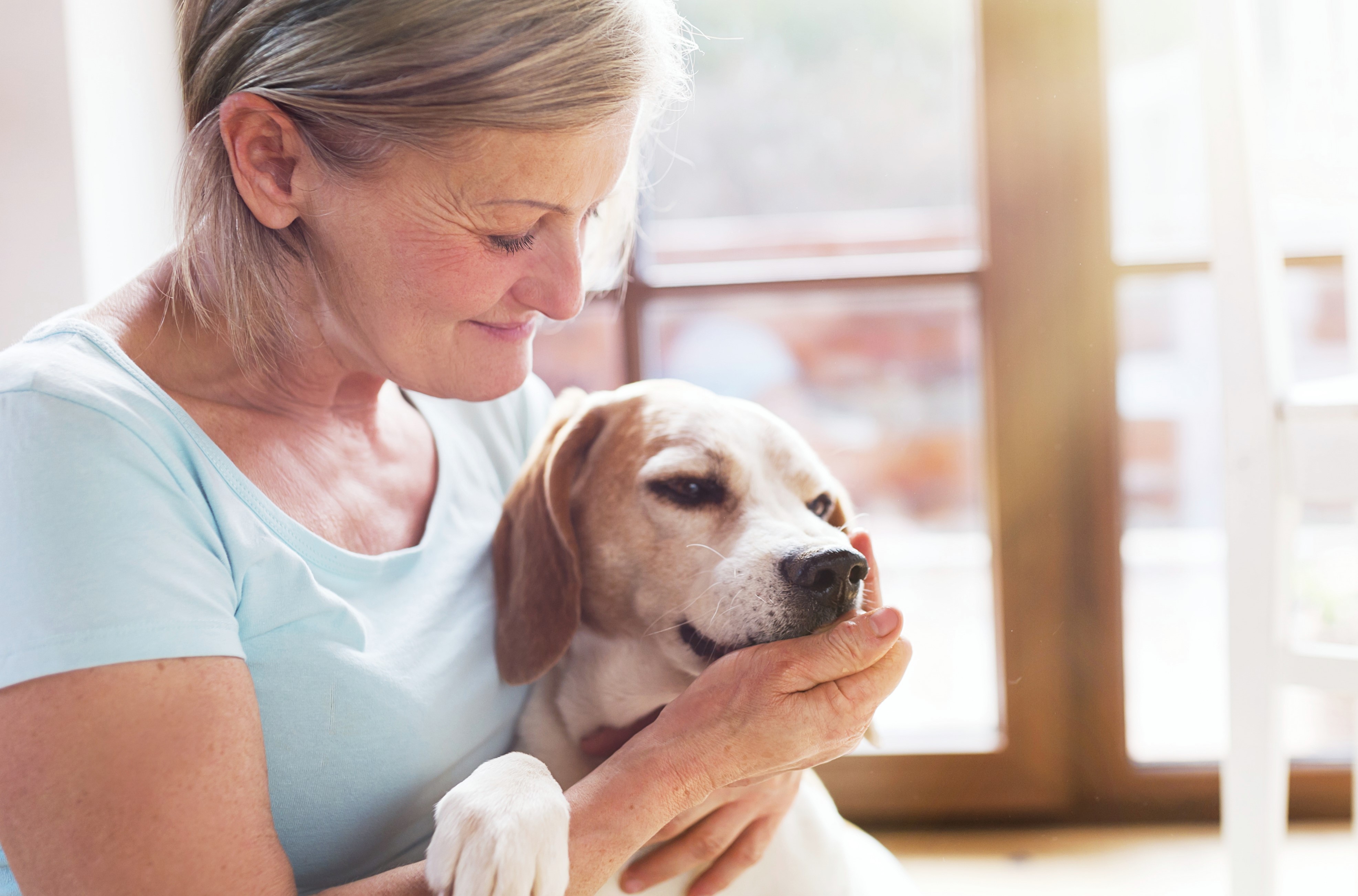 They have low energy levels and are hypoallergenic, making them a great choice for families with allergies.
They have low energy levels and are hypoallergenic, making them a great choice for families with allergies. She explains that just because some breeds are cute or fun doesn’t necessarily mean they’re a great fit for your particular home. For example, if your schedule doesn’t accommodate a Siberian husky’s exercise needs, he may become bored and pick up some undesirable, destructive behaviors.
She explains that just because some breeds are cute or fun doesn’t necessarily mean they’re a great fit for your particular home. For example, if your schedule doesn’t accommodate a Siberian husky’s exercise needs, he may become bored and pick up some undesirable, destructive behaviors.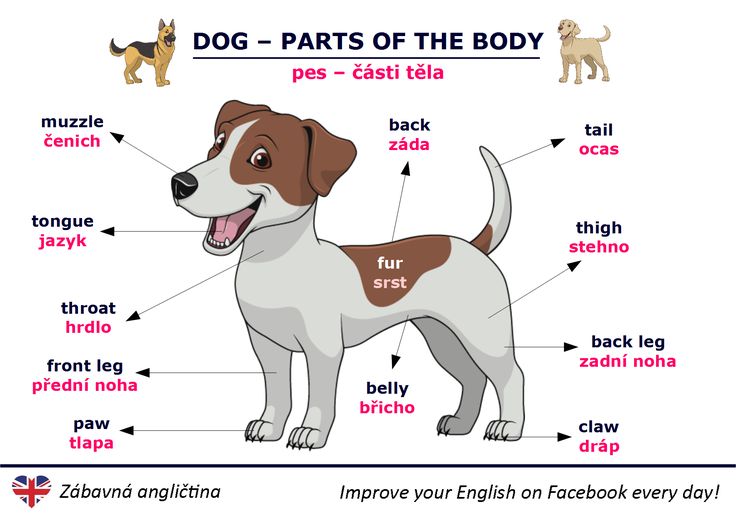
 Miniature schnauzers don’t shed much, making them a fantastic match for allergy sufferers—although, they do require regular grooming to keep their coat in tip-top shape.
Miniature schnauzers don’t shed much, making them a fantastic match for allergy sufferers—although, they do require regular grooming to keep their coat in tip-top shape.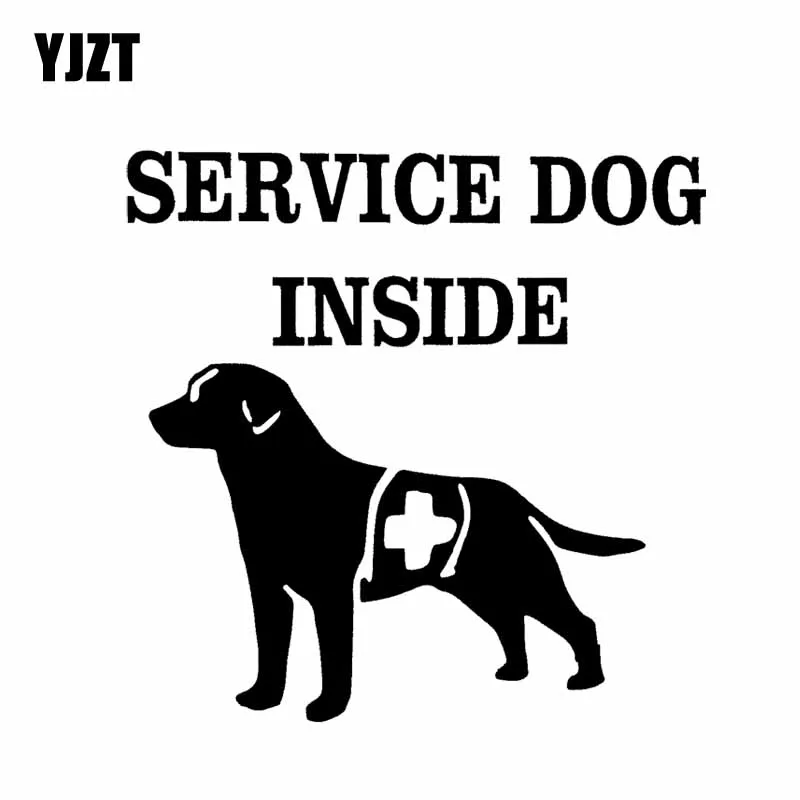 Smart and sweet, Maltese can spend time alone—although, they’d rather be in your arms! Robinson says they’re “best with families who are home most of the day as they like a lot of attention.” These gentle pups don’t require a lot of exercise, but they do like going for walks or doing zoomies in the backyard. With a coat so flowy and glamorous, Maltese require routine grooming but do not shed much.
Smart and sweet, Maltese can spend time alone—although, they’d rather be in your arms! Robinson says they’re “best with families who are home most of the day as they like a lot of attention.” These gentle pups don’t require a lot of exercise, but they do like going for walks or doing zoomies in the backyard. With a coat so flowy and glamorous, Maltese require routine grooming but do not shed much.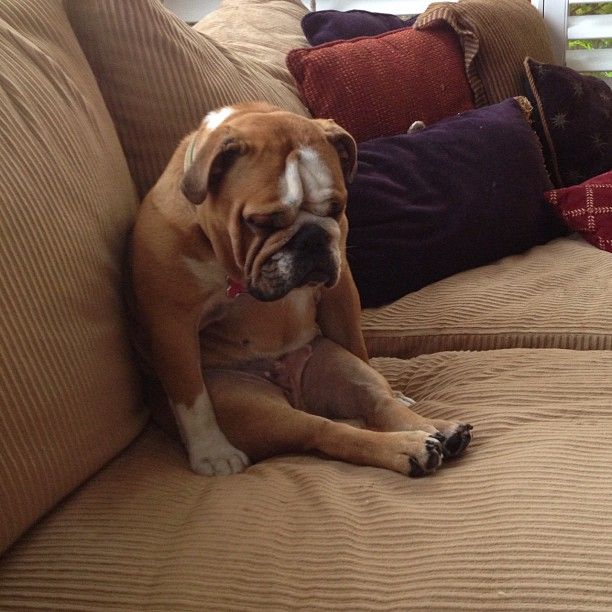
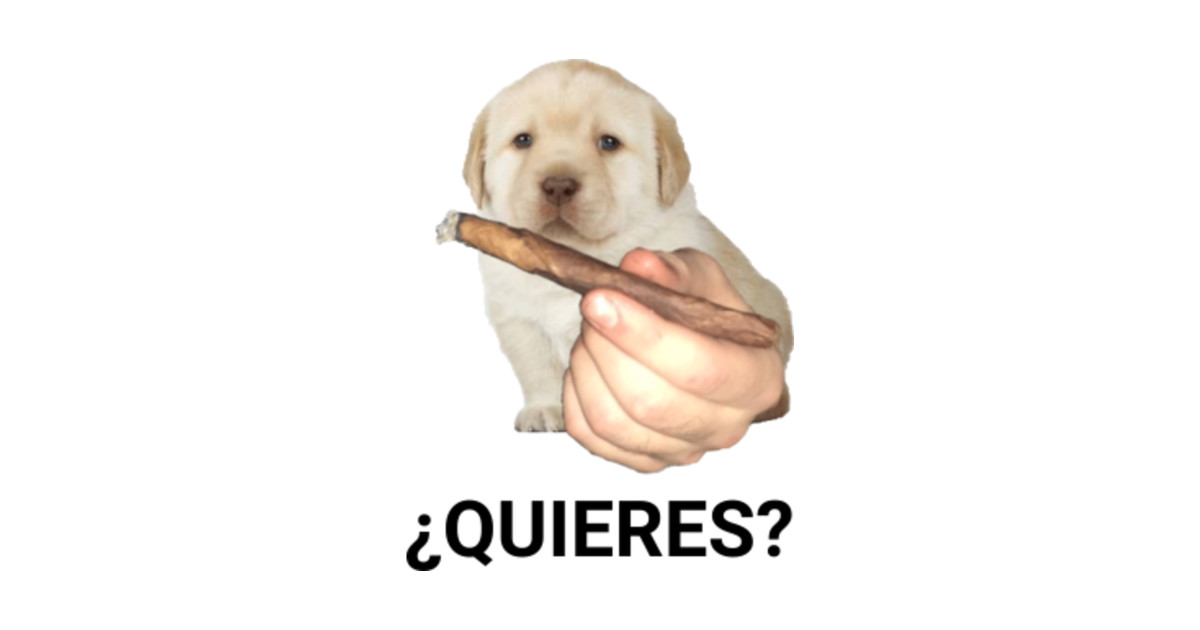 They have beautiful, long locks, which as you can imagine, do require some brushing and regular grooming.
They have beautiful, long locks, which as you can imagine, do require some brushing and regular grooming.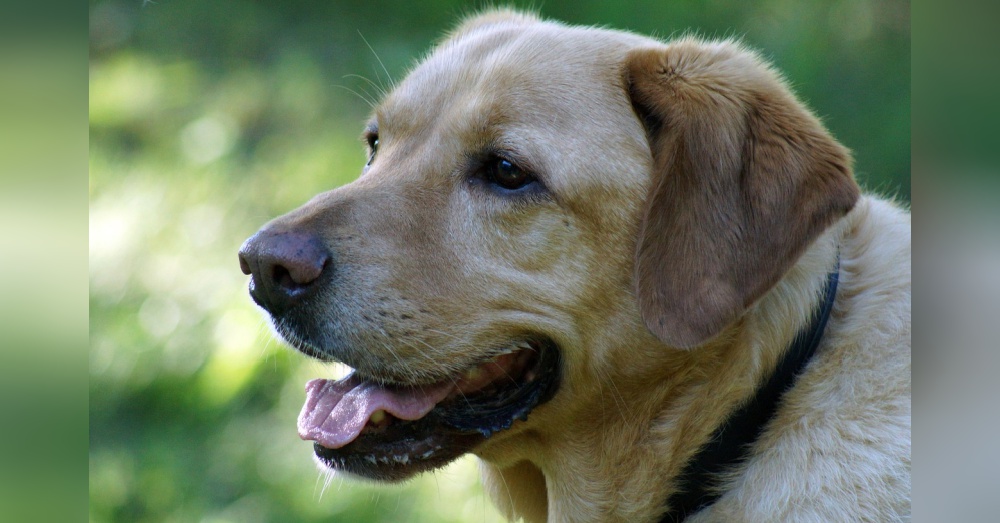
 American hairless terriers are not only downright adorable but also extremely playful, loyal, and courageous. A great fit for active pet parents who can shower them in love and attention, these pups will jump for joy at the chance to burn off some energy, whether inside or outside. Since they don’t have fur, it’s important to apply dog sunscreen to protect their skin and dress them in the appropriate clothing to keep them warm.
American hairless terriers are not only downright adorable but also extremely playful, loyal, and courageous. A great fit for active pet parents who can shower them in love and attention, these pups will jump for joy at the chance to burn off some energy, whether inside or outside. Since they don’t have fur, it’s important to apply dog sunscreen to protect their skin and dress them in the appropriate clothing to keep them warm.
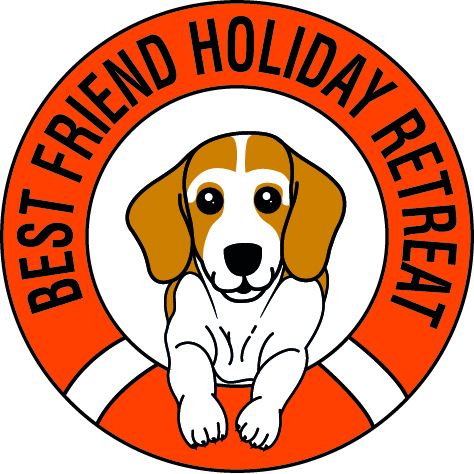

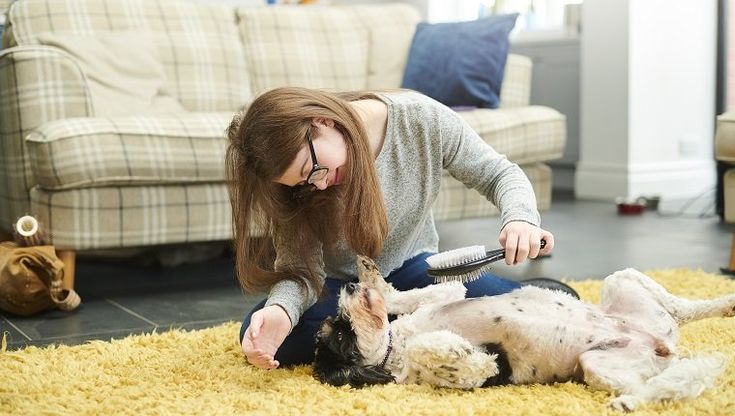 “
“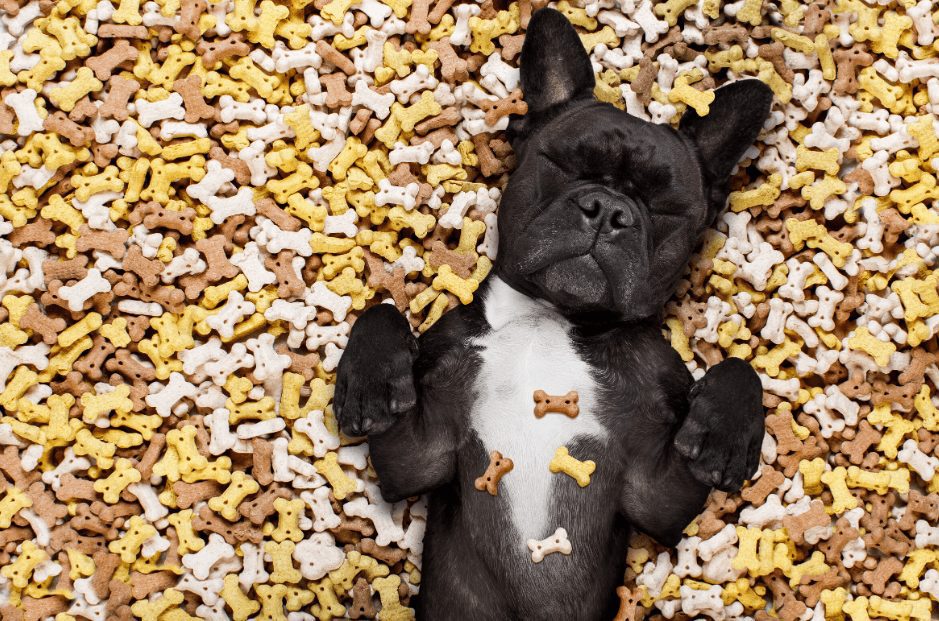 They have tons of personality, are playful (they’ll take every squeaky toy you’ve got!), and like going out for short walks. Yorkies are a low-shedding breed, which is ideal if you or a family member have pet allergies.
They have tons of personality, are playful (they’ll take every squeaky toy you’ve got!), and like going out for short walks. Yorkies are a low-shedding breed, which is ideal if you or a family member have pet allergies.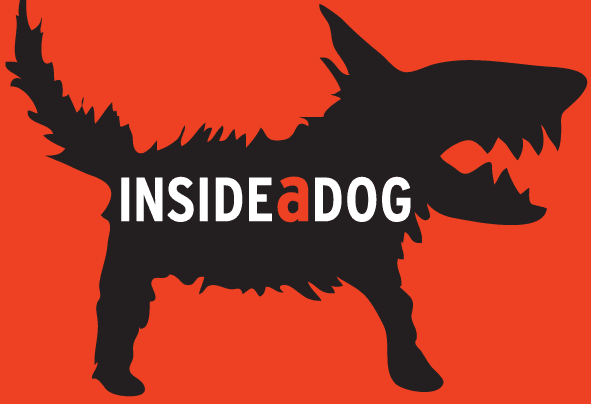 If you live in an apartment, find out how the four-legged will feel in it – maybe a house is more suitable for him?
If you live in an apartment, find out how the four-legged will feel in it – maybe a house is more suitable for him?
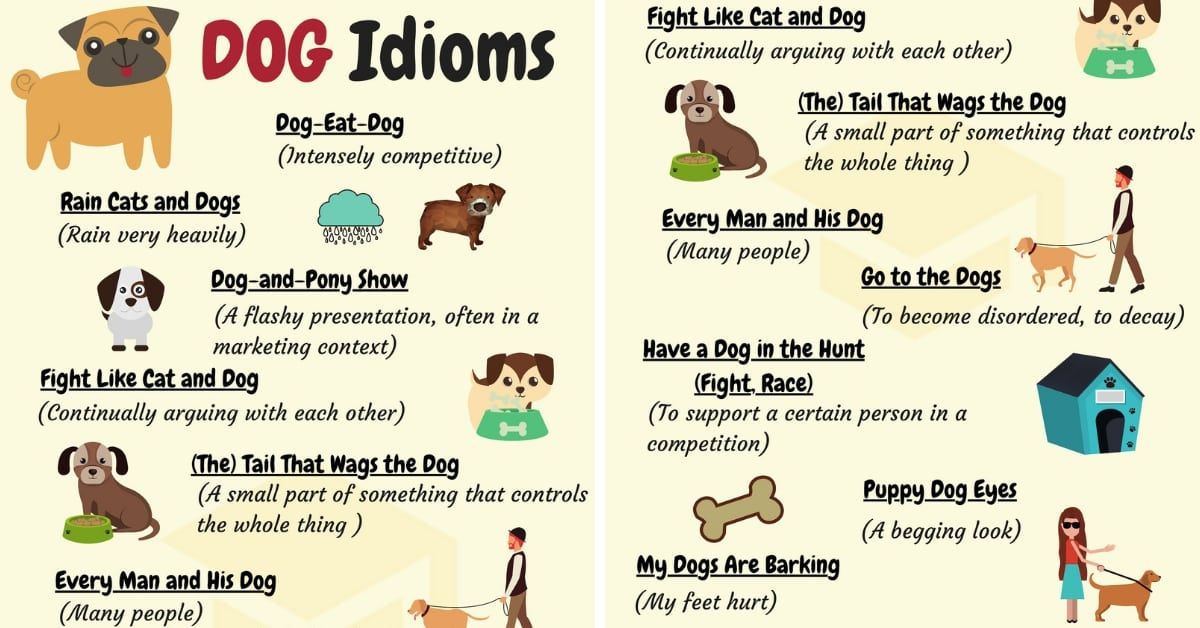

 However, regular grooming is indispensable – this will help to avoid tangles.
However, regular grooming is indispensable – this will help to avoid tangles.
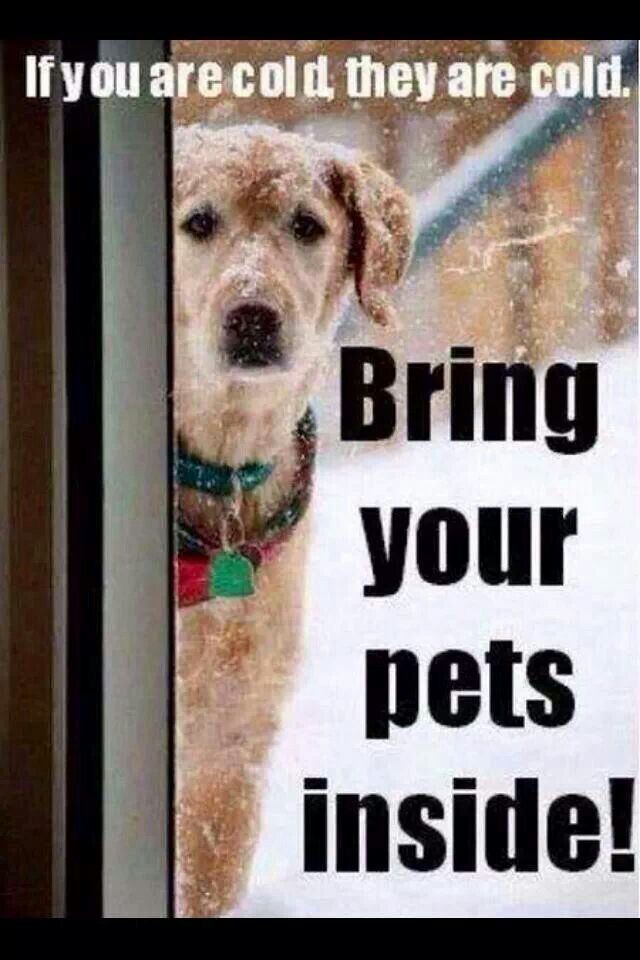
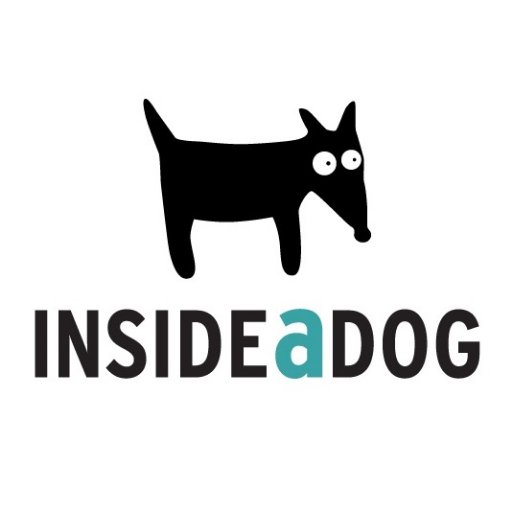
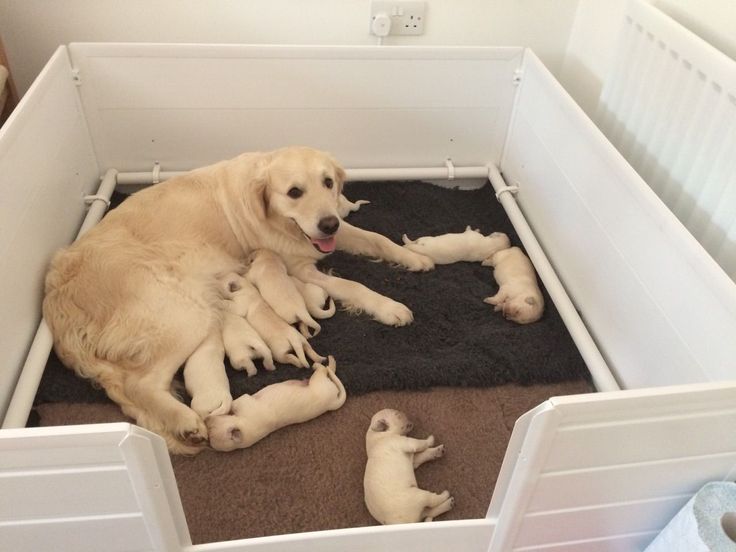
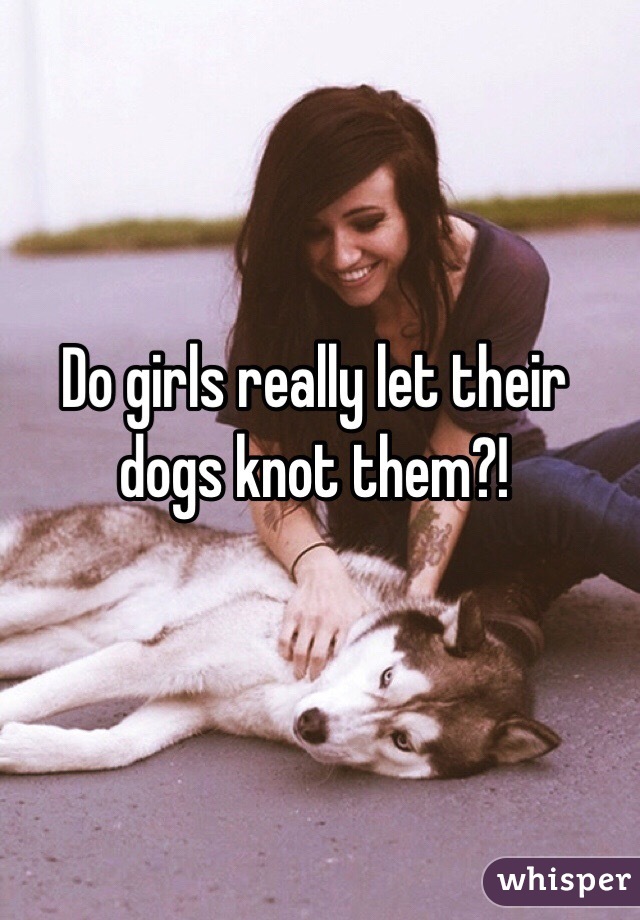
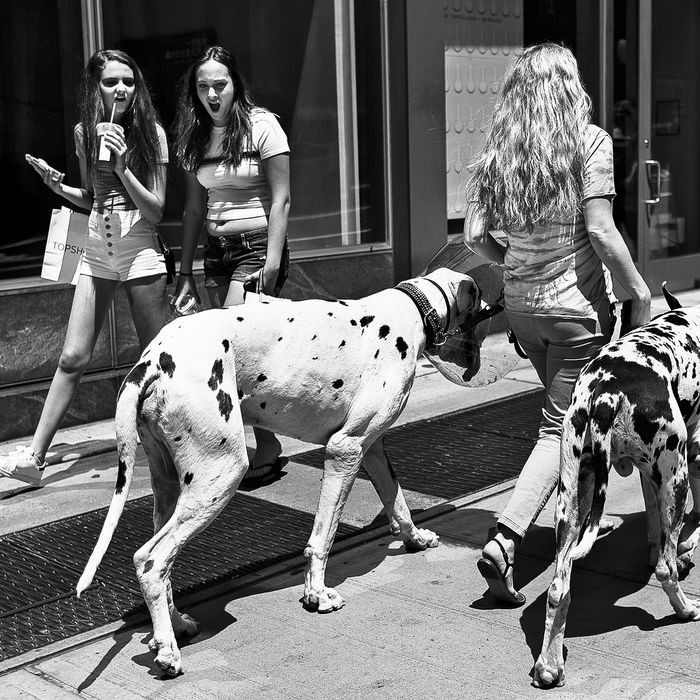
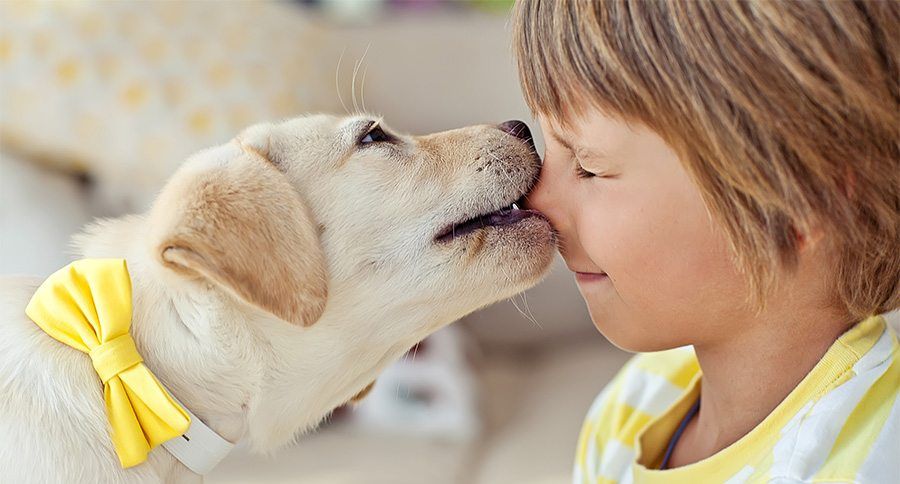 They are active, sometimes even unnecessarily, so regular active walks are indispensable. This is one of those breeds whose representatives do not tolerate being alone.
They are active, sometimes even unnecessarily, so regular active walks are indispensable. This is one of those breeds whose representatives do not tolerate being alone.
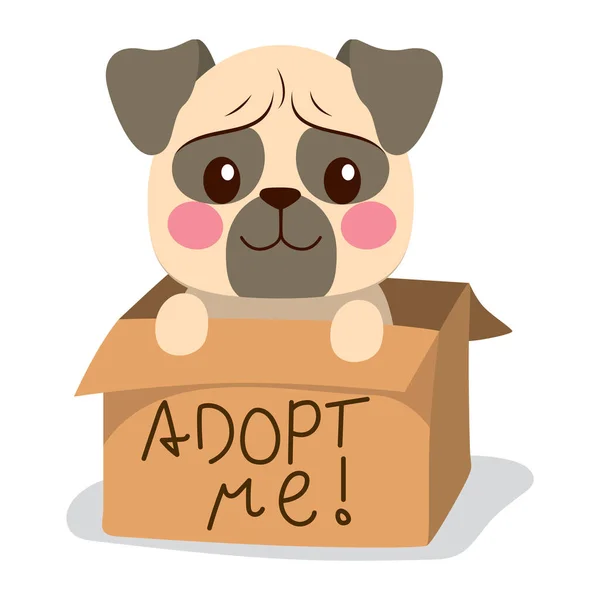
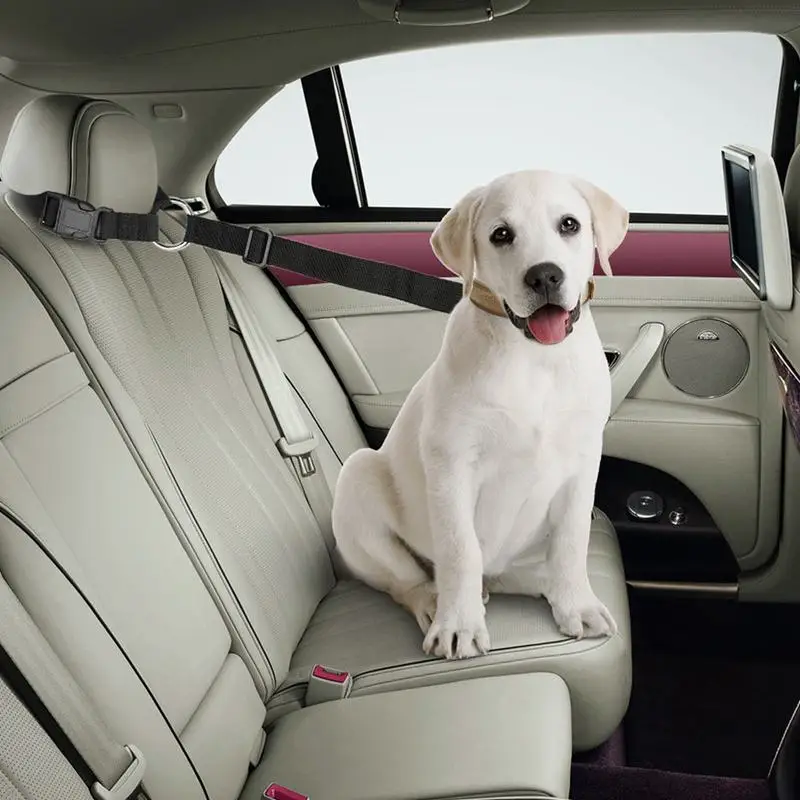
 They get along well with children and other pets. At the same time, they are suspicious of strangers: a person will have to try to enter the circle of trust of such a dog.
They get along well with children and other pets. At the same time, they are suspicious of strangers: a person will have to try to enter the circle of trust of such a dog.
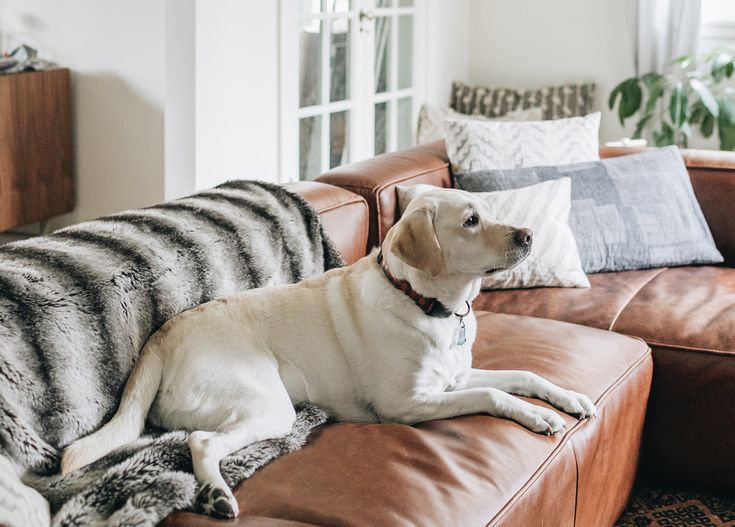 The main thing is to provide a pet balanced meals , own sun bed and toys .
The main thing is to provide a pet balanced meals , own sun bed and toys .
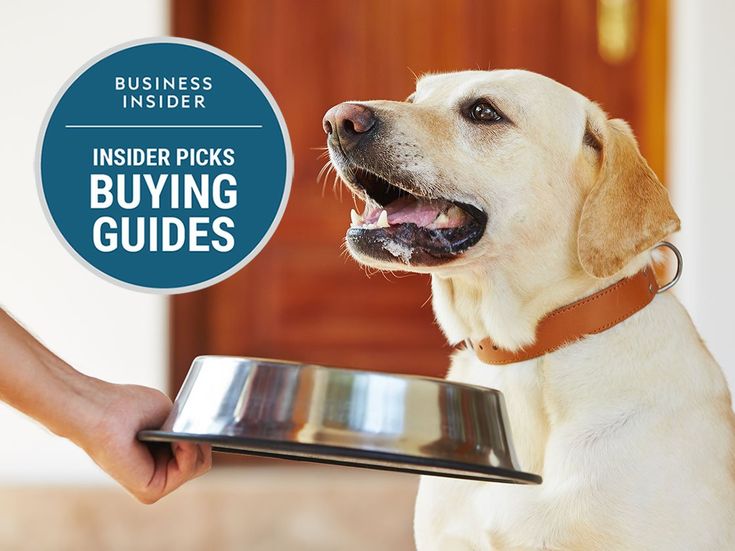
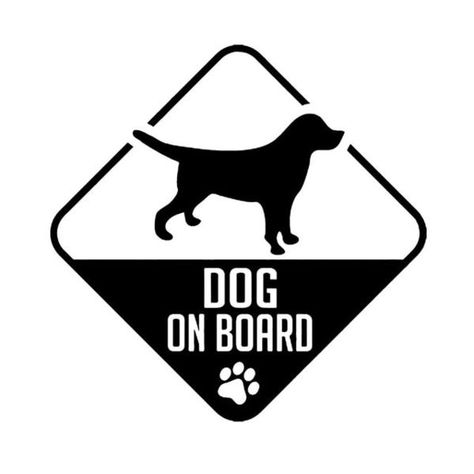 The size of the dog is very important, but temperament, physiology, and the character traits of the breed to which it belongs are no less important.
The size of the dog is very important, but temperament, physiology, and the character traits of the breed to which it belongs are no less important. 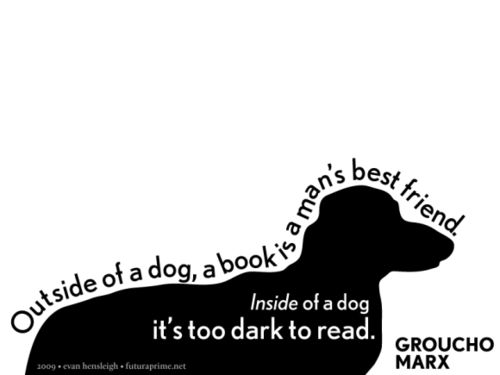
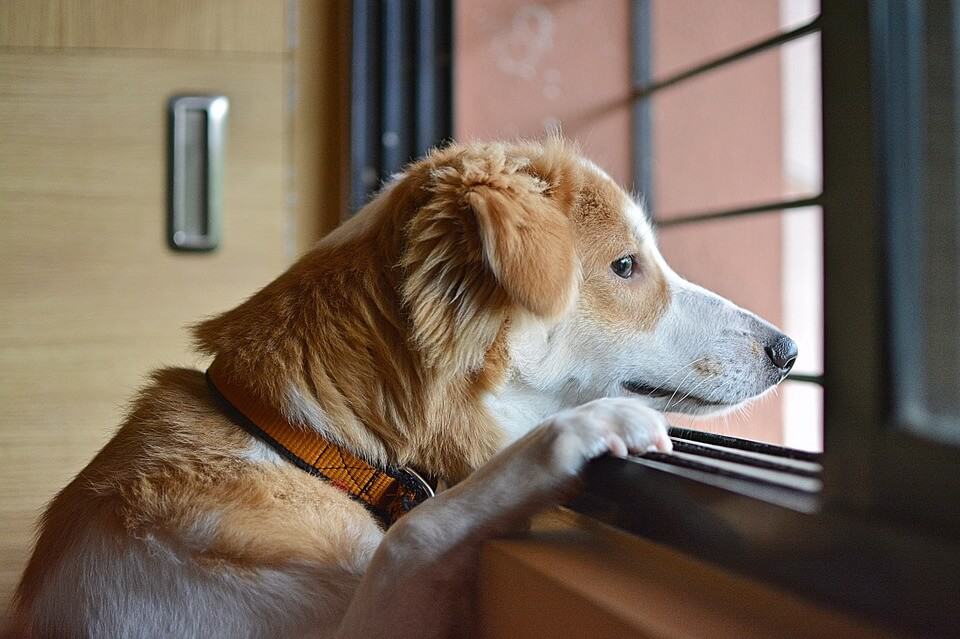
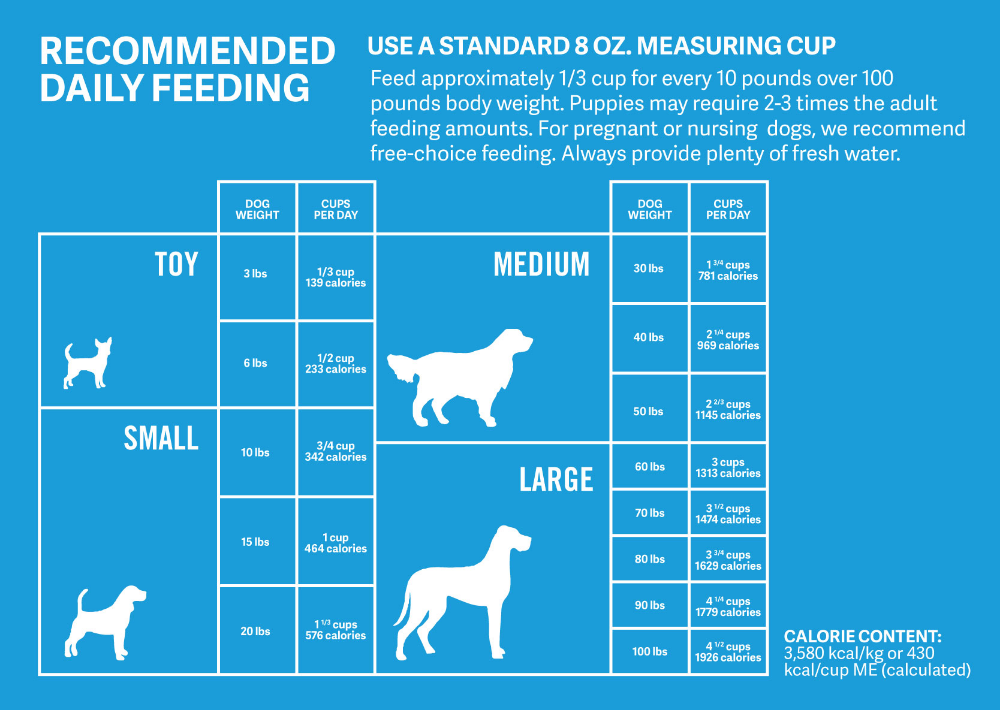 There are several best medium dogs best for kids, and even more best small dogs for kids which new owners can choose from.
There are several best medium dogs best for kids, and even more best small dogs for kids which new owners can choose from.
 Keep the following considerations in mind.
Keep the following considerations in mind. 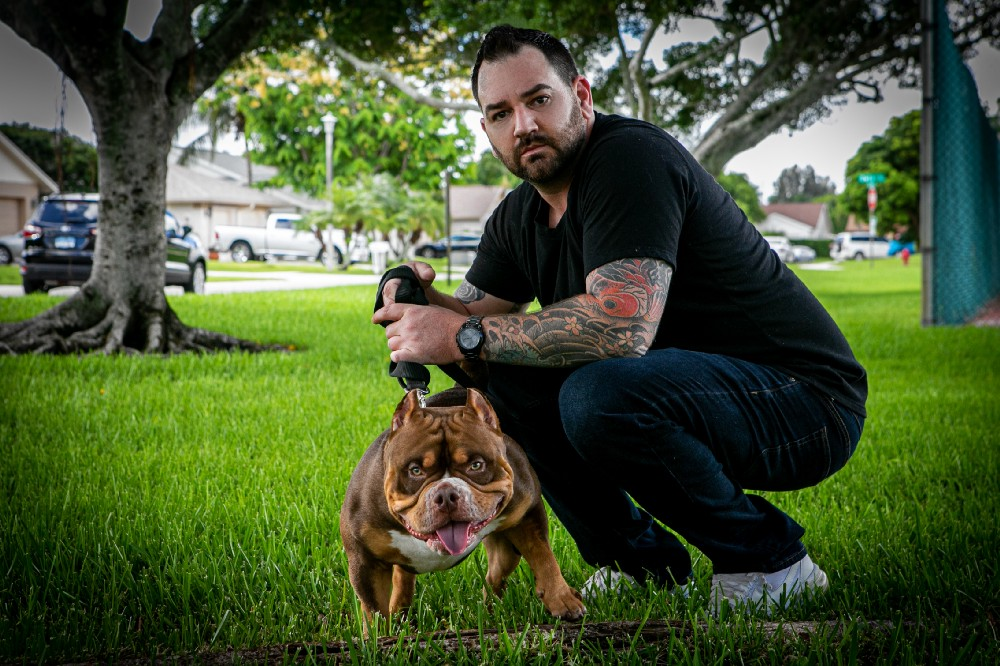 Labrador Retriever
Labrador Retriever
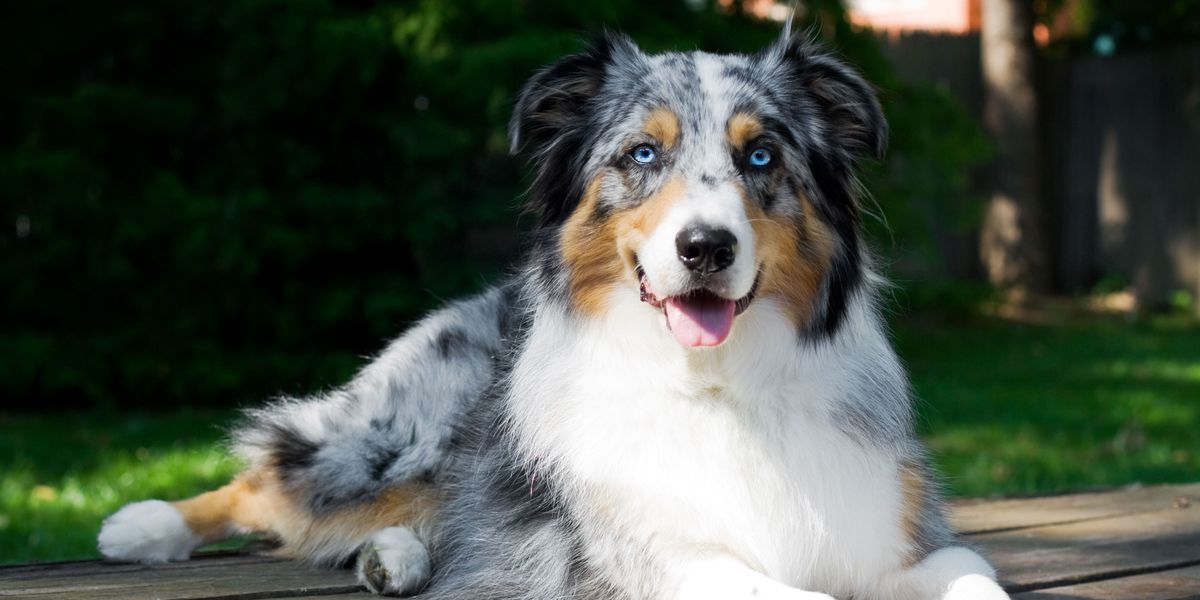
 This breed is loving, friendly, and curious of children; they love spending time with kids and giving into their chaotic games.
This breed is loving, friendly, and curious of children; they love spending time with kids and giving into their chaotic games.
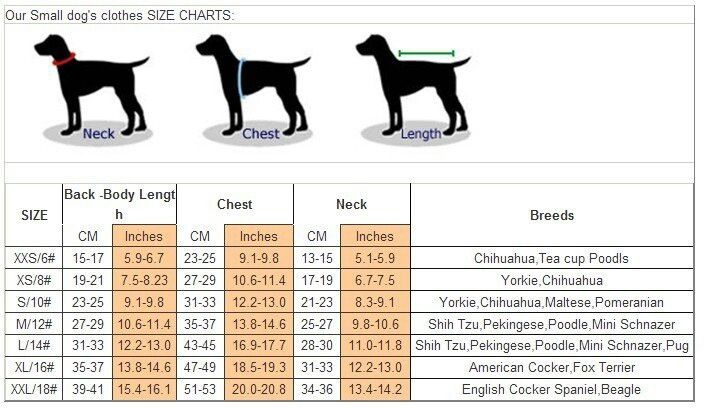
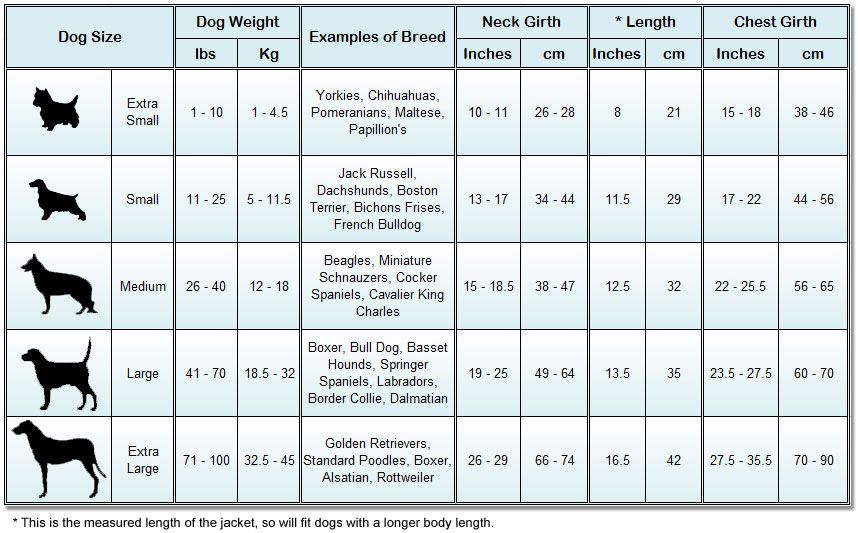
 Puggle is a Cute Small Dog for Kids
Puggle is a Cute Small Dog for Kids
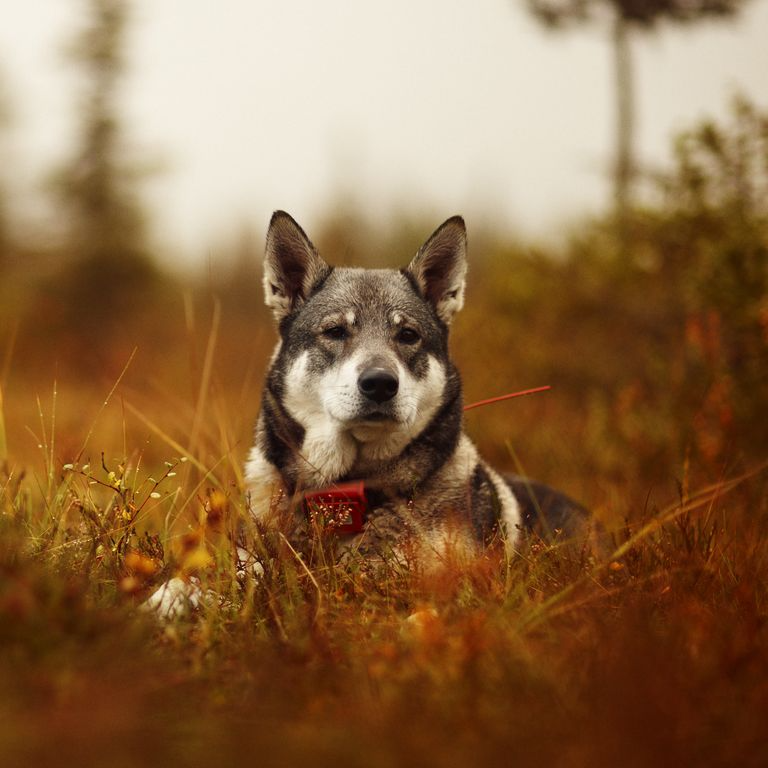
 Golden Retriever a Not So Small Dog for Kids
Golden Retriever a Not So Small Dog for Kids



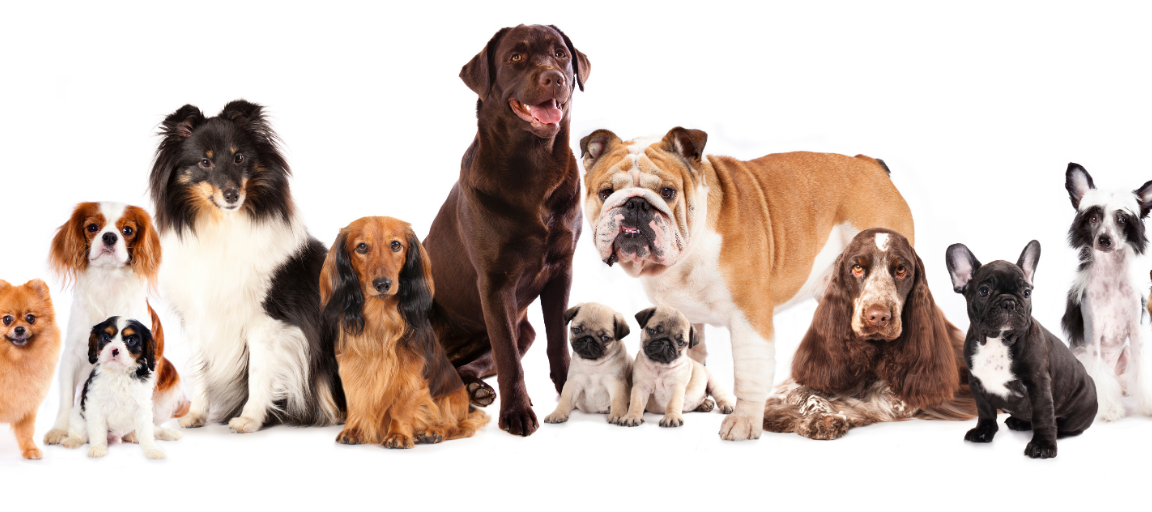
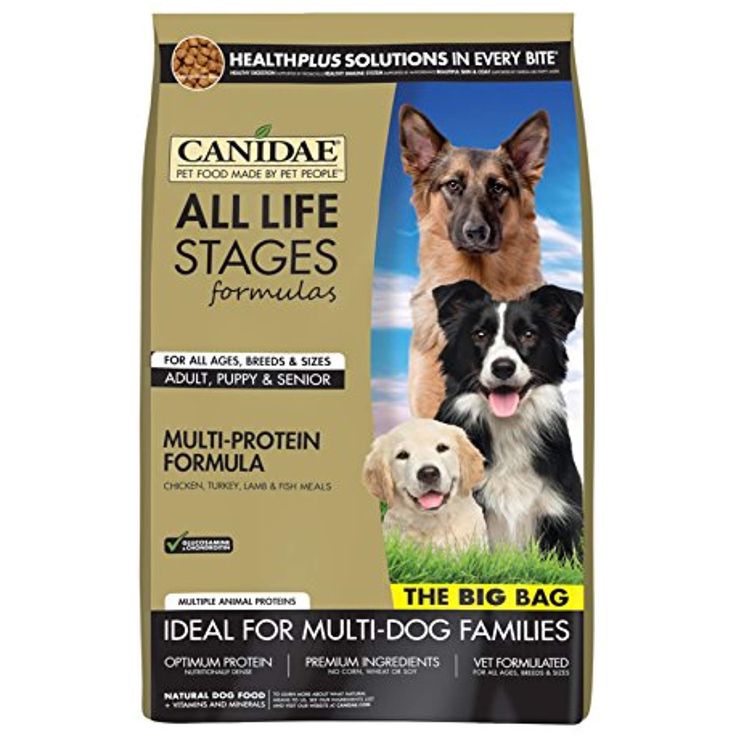 Kids adore this dog breed!
Kids adore this dog breed!
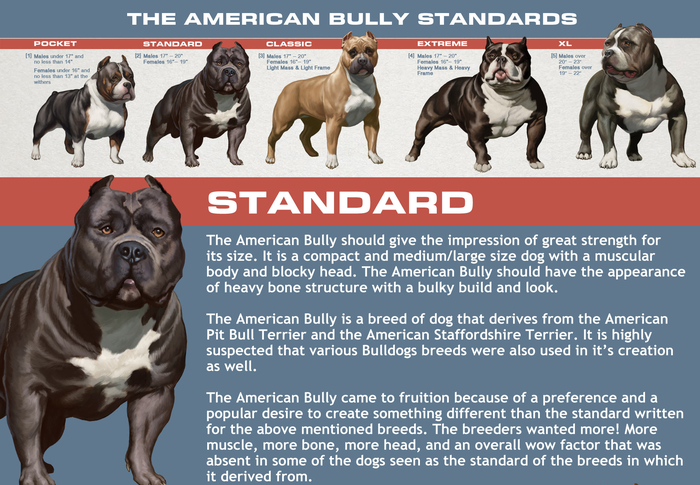 Boston Terrier
Boston Terrier
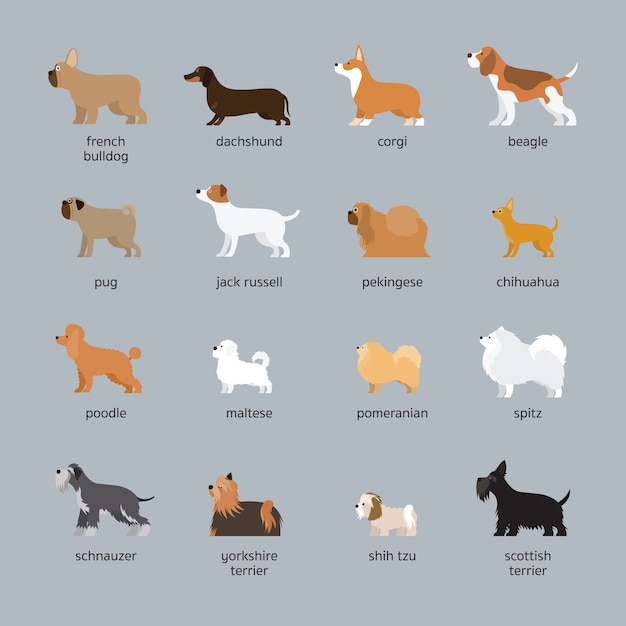

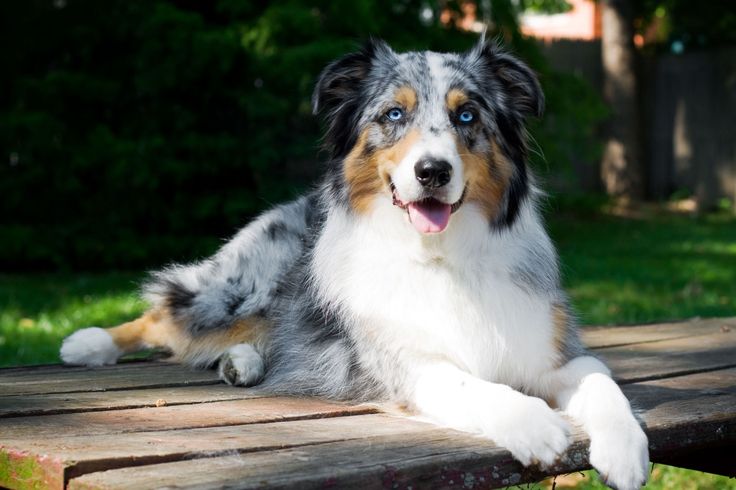
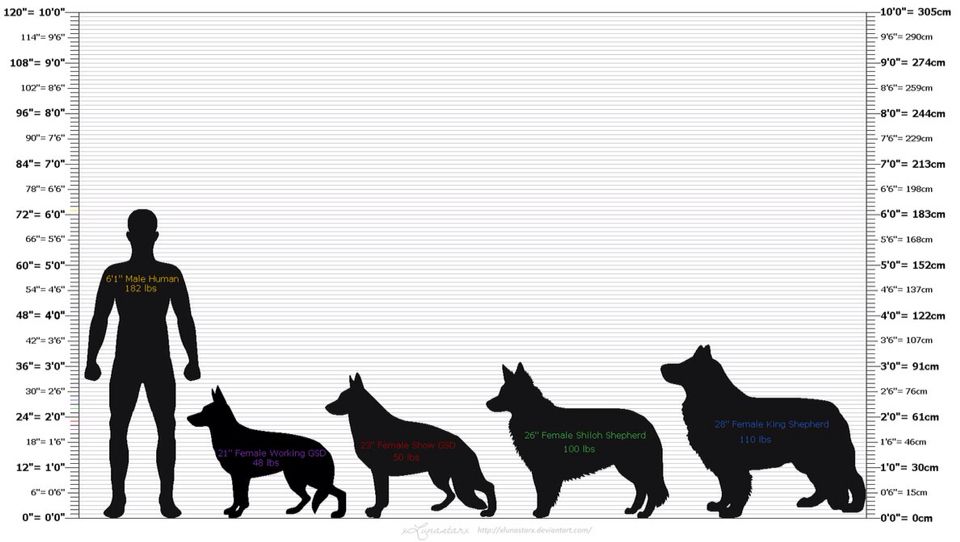
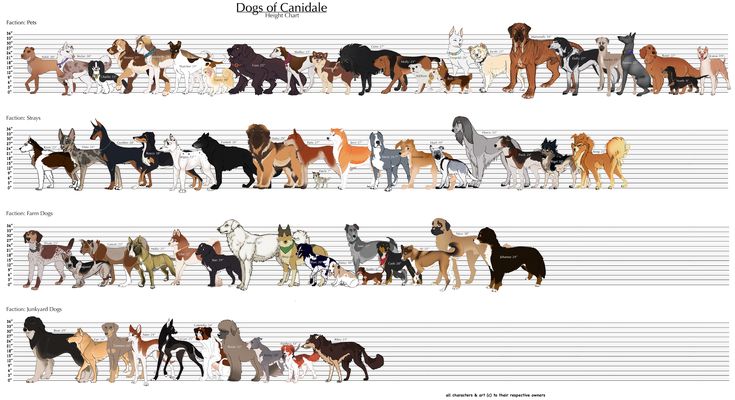 Get together for a family council and talk about what will change in your life if a dog comes home. Assess your capabilities, a pet is not a toy, he will need to devote time for many years. nine0007 What questions should be discussed :
Get together for a family council and talk about what will change in your life if a dog comes home. Assess your capabilities, a pet is not a toy, he will need to devote time for many years. nine0007 What questions should be discussed : 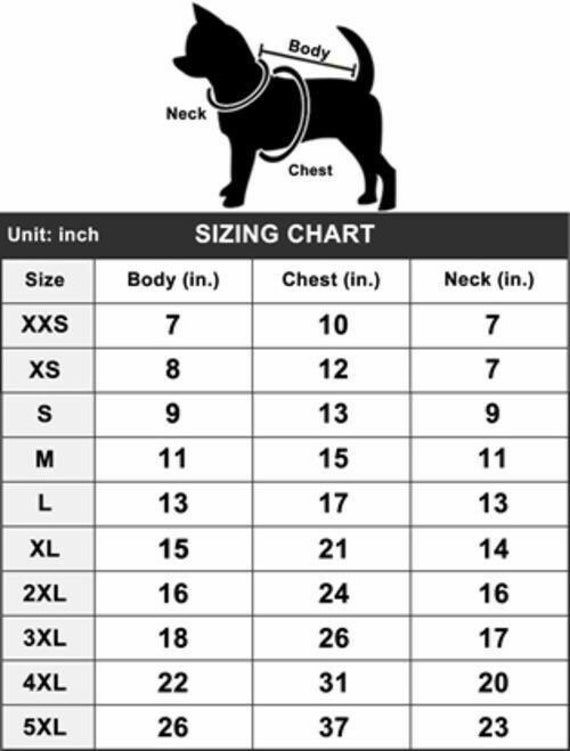 nine0014
nine0014
 There are breeds that practically do not shed and have no smell, which allows us to consider them conditionally hypoallergenic. Some studies show a reduced risk of developing allergic asthma in children exposed to dogs from early childhood. nine0014
There are breeds that practically do not shed and have no smell, which allows us to consider them conditionally hypoallergenic. Some studies show a reduced risk of developing allergic asthma in children exposed to dogs from early childhood. nine0014
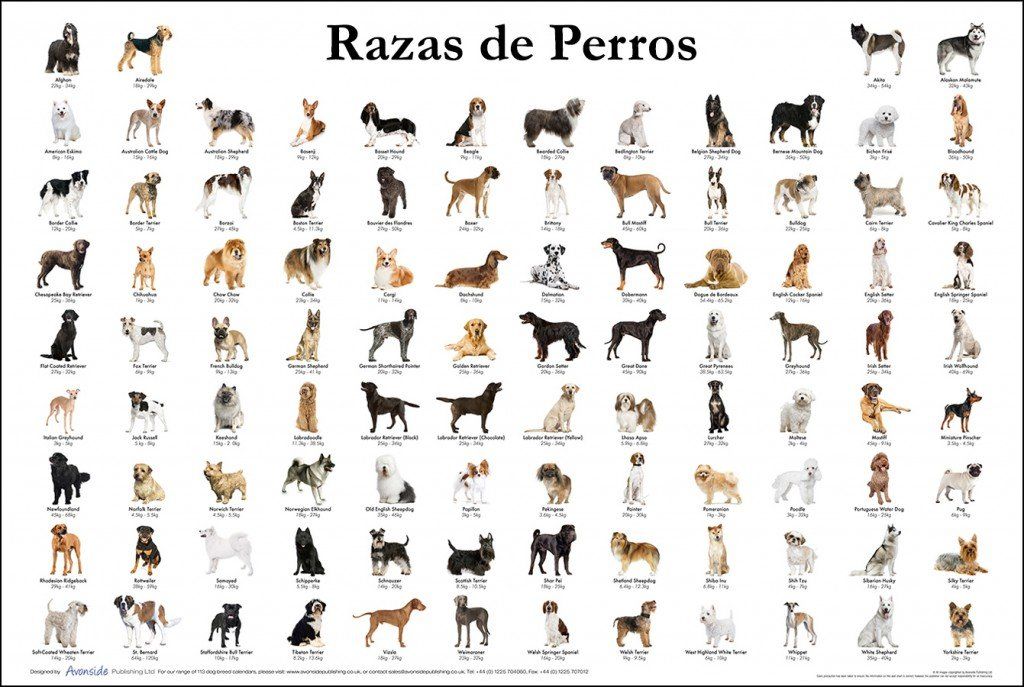 There is no exact recommendation at what age it is recommended to purchase a pet. Each age category has its own characteristics, we will analyze them in more detail:0008
There is no exact recommendation at what age it is recommended to purchase a pet. Each age category has its own characteristics, we will analyze them in more detail:0008
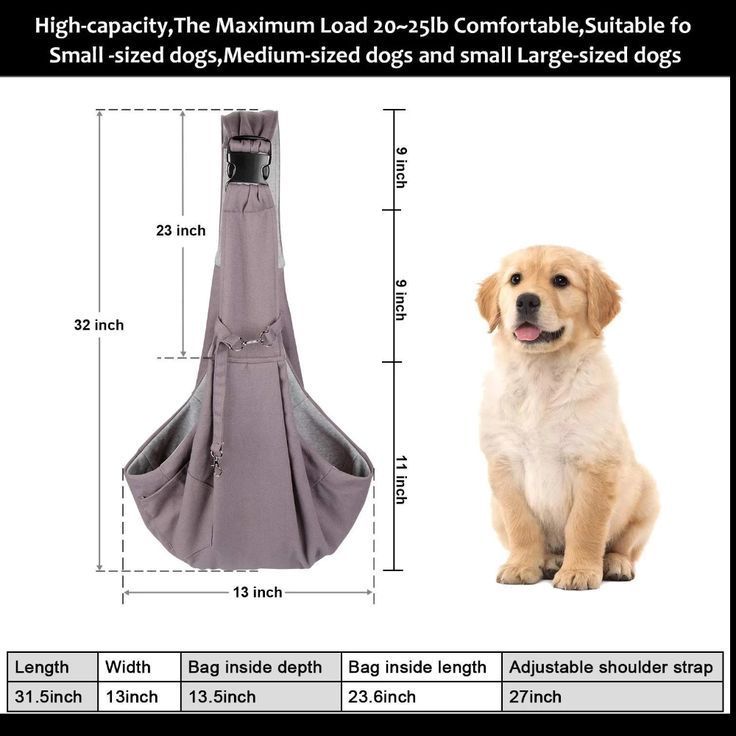
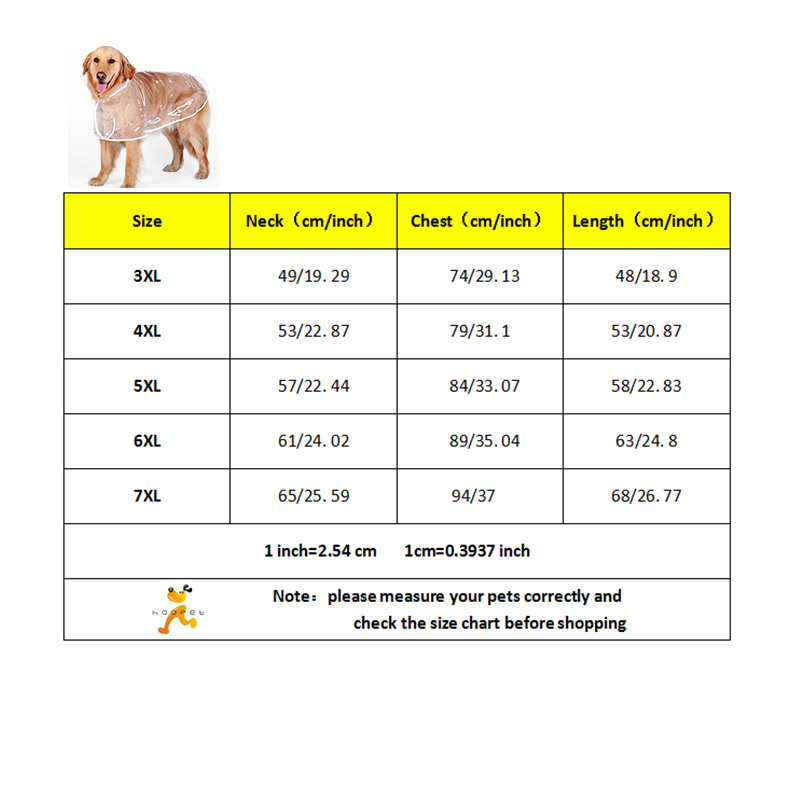 If the child asks for a dog, explain that a pet is not only fun games and entertaining training, it is also toilet training and daily walks. In any case, the adult continues to control and take a direct part in the care of the dog. nine0003
If the child asks for a dog, explain that a pet is not only fun games and entertaining training, it is also toilet training and daily walks. In any case, the adult continues to control and take a direct part in the care of the dog. nine0003 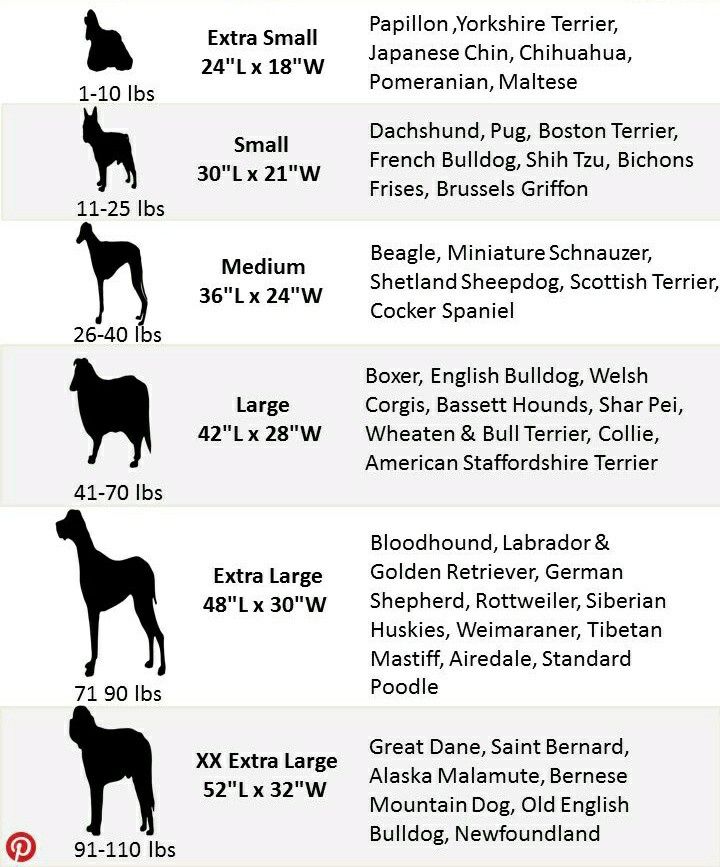
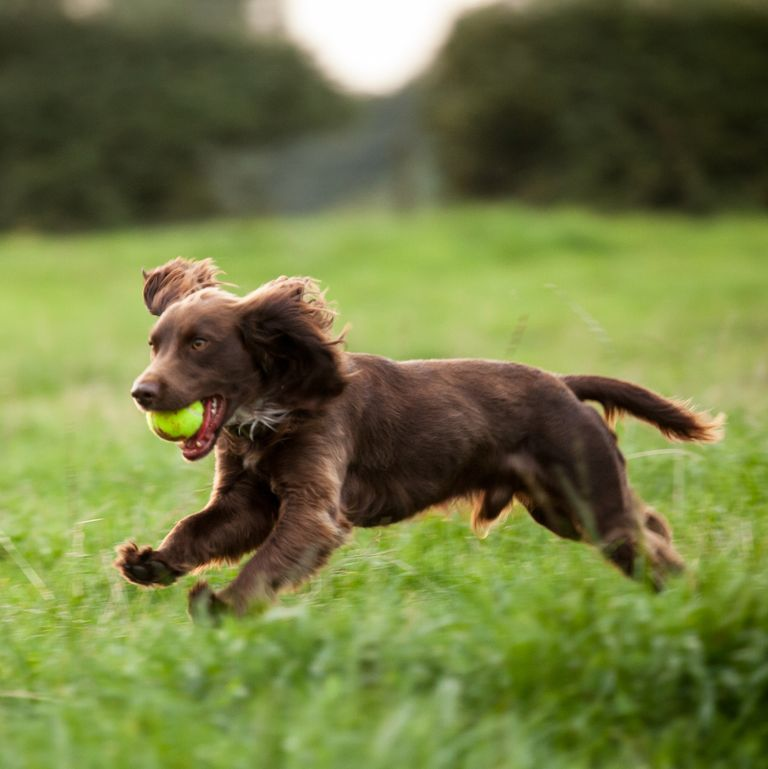 Pets need to be constantly stroked, scratched, ruffled, they rejoice even in the strong hugs of babies.
Pets need to be constantly stroked, scratched, ruffled, they rejoice even in the strong hugs of babies.  It is enough to comb them a couple of times a week, they do not need long walks. It is better for kids not to start such a breed, the French bulldog can react aggressively to careless handling.
It is enough to comb them a couple of times a week, they do not need long walks. It is better for kids not to start such a breed, the French bulldog can react aggressively to careless handling. 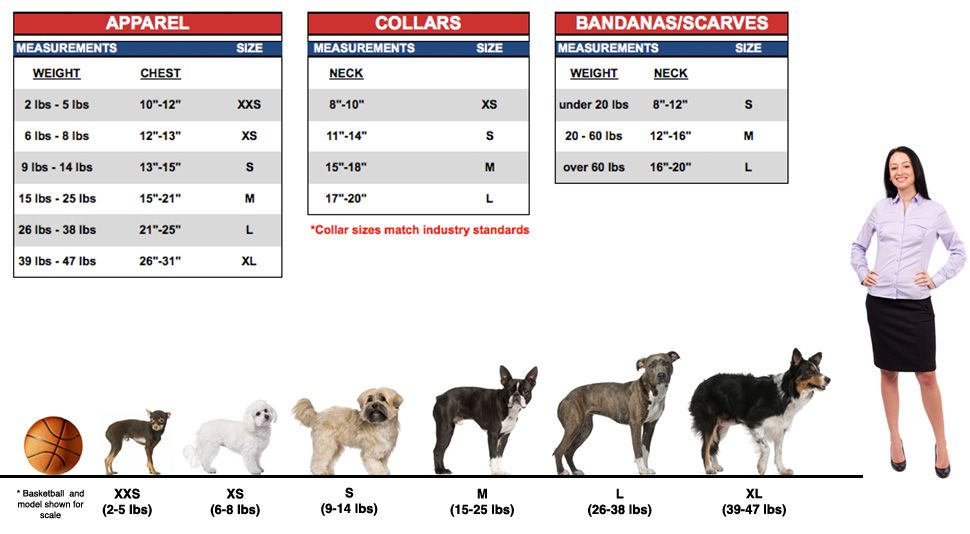 In addition, pugs snore a lot, which can break the silence in the house. Representatives of the breed are suitable for those who get a pet for the first time. nine0003
In addition, pugs snore a lot, which can break the silence in the house. Representatives of the breed are suitable for those who get a pet for the first time. nine0003 

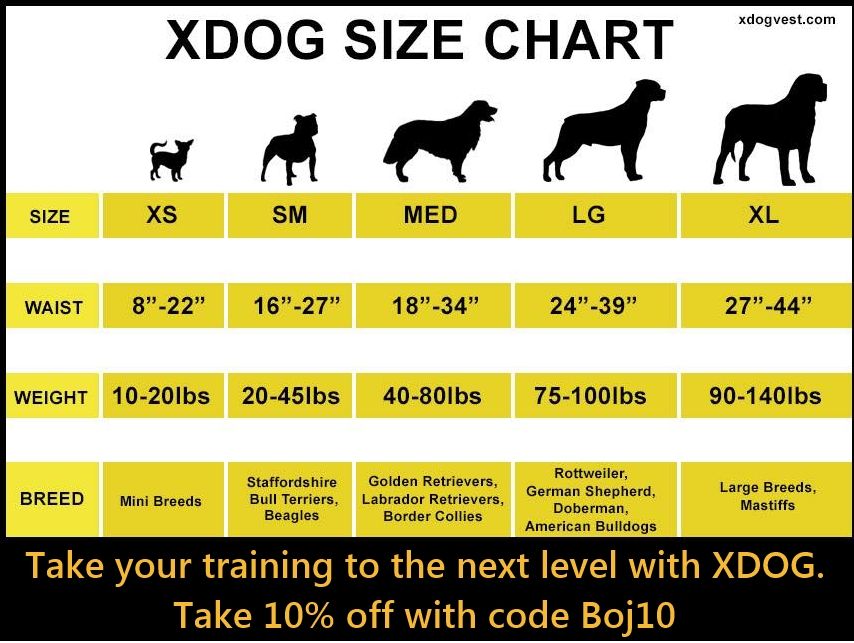 For this, the puppy will need socialization.
For this, the puppy will need socialization. 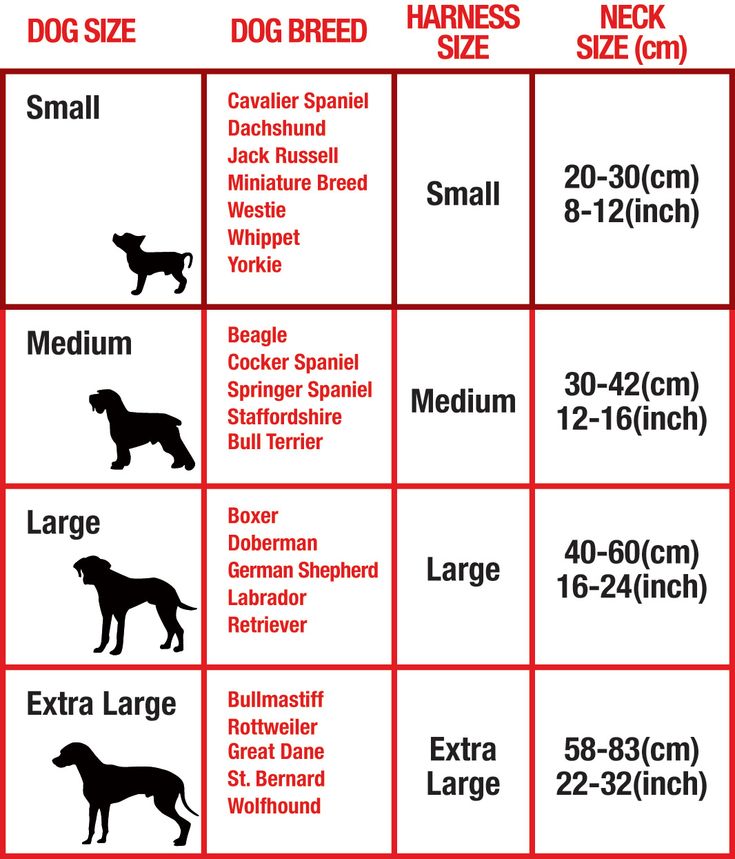 Mini Bulls are friendly to all people and are very fond of children.
Mini Bulls are friendly to all people and are very fond of children. 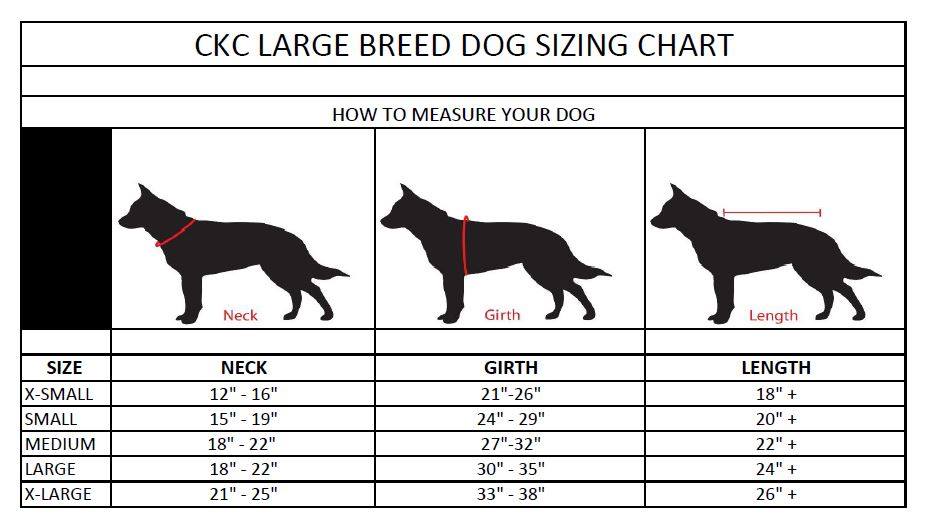 nine0014
nine0014
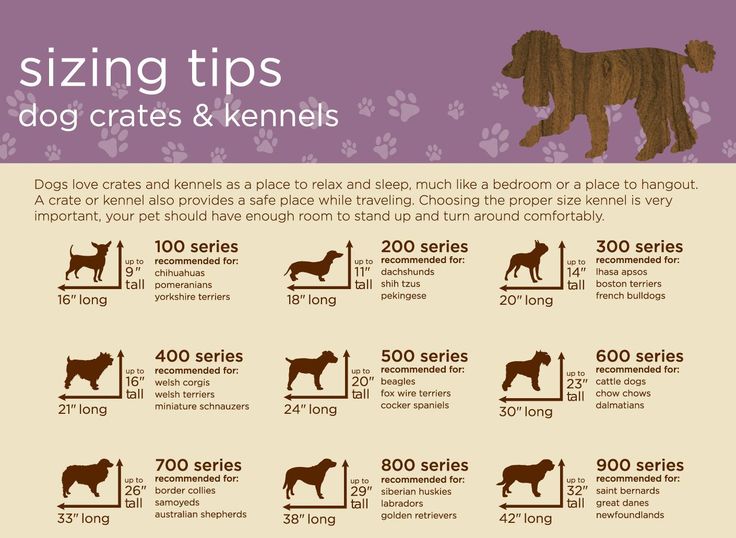
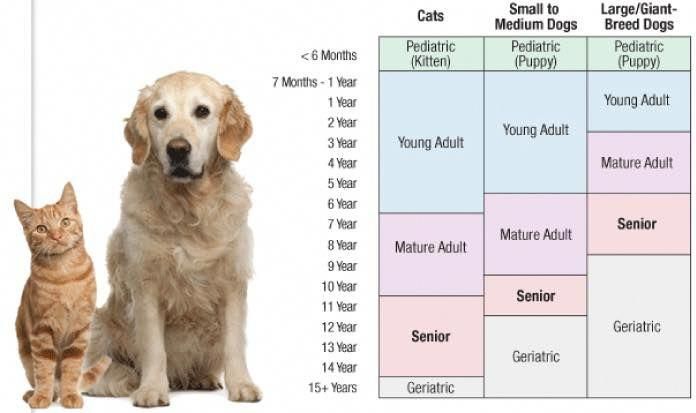 The rest of the breed is absolutely harmless.
The rest of the breed is absolutely harmless. 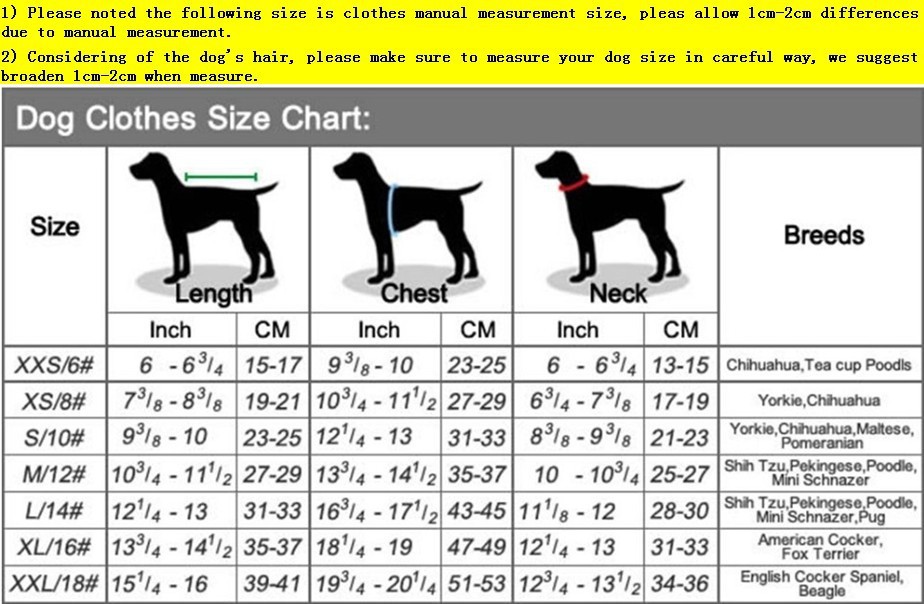 Best of all, a country house is suitable for a pet of this size, where he can show his abilities as a guard.
Best of all, a country house is suitable for a pet of this size, where he can show his abilities as a guard.
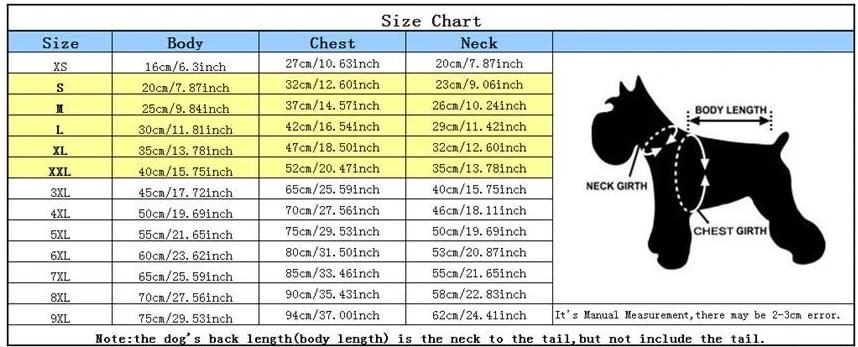 In addition, a pet can bring other irritants to wool from the street, such as pollen from flowering plants. Therefore, wool is considered the main enemy of an allergic person. nine0003
In addition, a pet can bring other irritants to wool from the street, such as pollen from flowering plants. Therefore, wool is considered the main enemy of an allergic person. nine0003  nine0003
nine0003 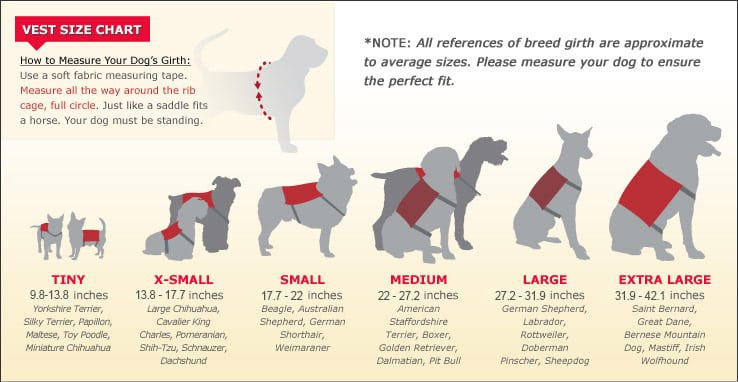 It is important that the diet is balanced and takes into account all the characteristics of a particular dog. These diets include PRO PLAN® dog food, presented in a wide range. It is a good choice for owners as the food is made from natural ingredients and already contains all the necessary nutrients to keep your pet healthy throughout life. nine0003
It is important that the diet is balanced and takes into account all the characteristics of a particular dog. These diets include PRO PLAN® dog food, presented in a wide range. It is a good choice for owners as the food is made from natural ingredients and already contains all the necessary nutrients to keep your pet healthy throughout life. nine0003 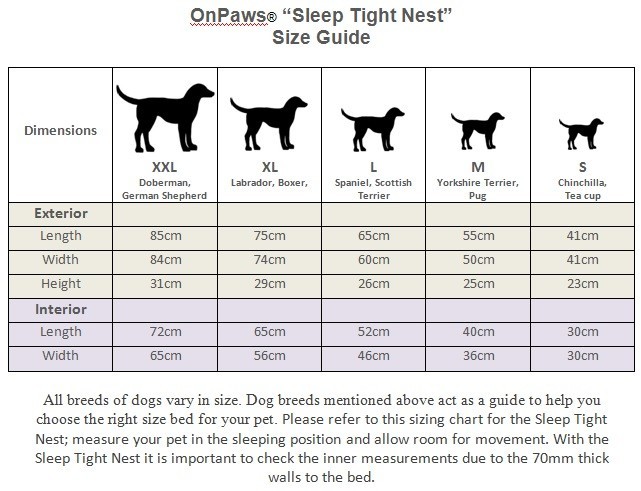 It is believed that they appeared in Germany at the beginning of the 20th century.
It is believed that they appeared in Germany at the beginning of the 20th century.
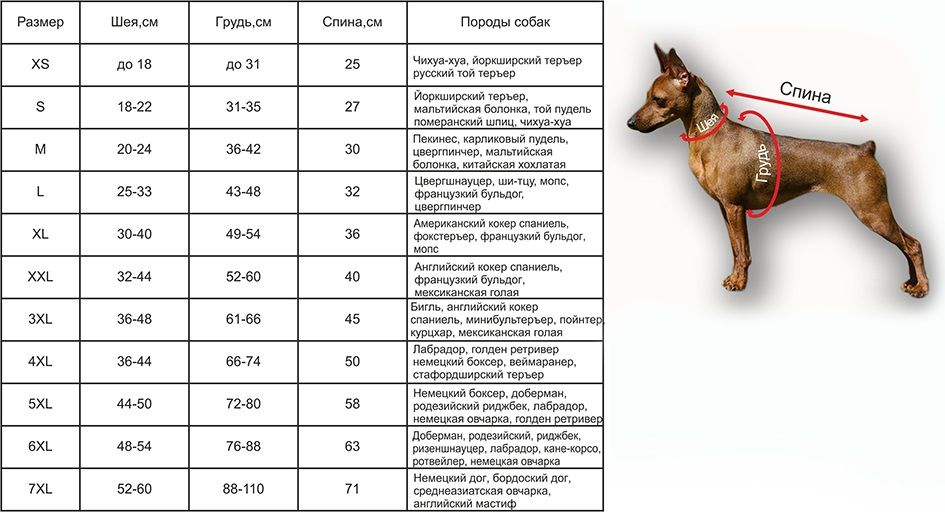 Dalmatians are related to horses and are excellent training dogs.
Dalmatians are related to horses and are excellent training dogs.
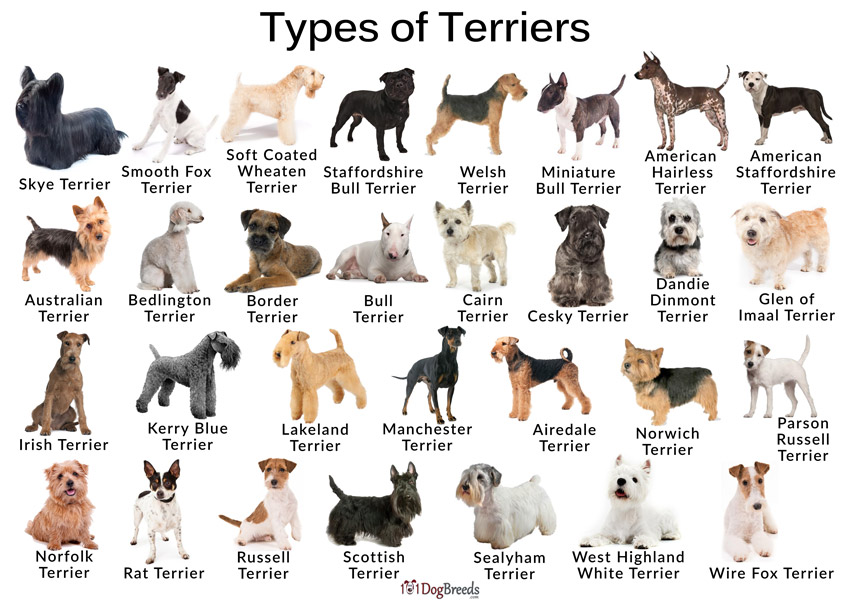 These dogs had a bright reddish-golden color.
These dogs had a bright reddish-golden color.
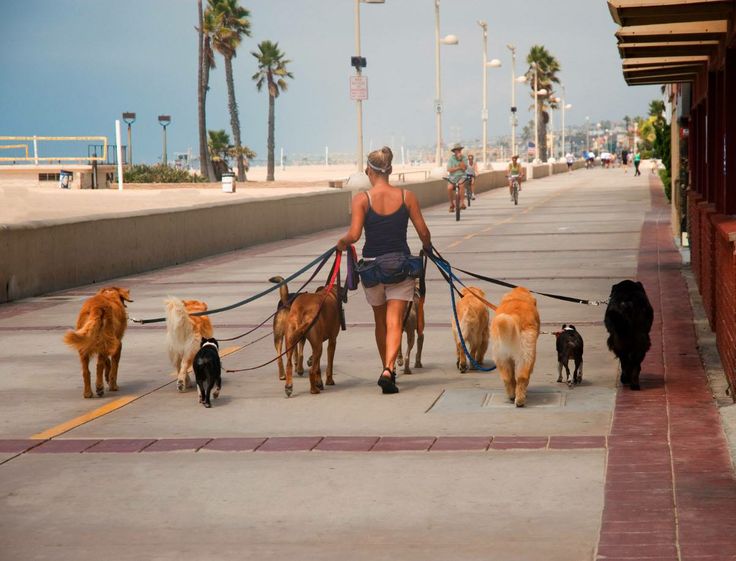

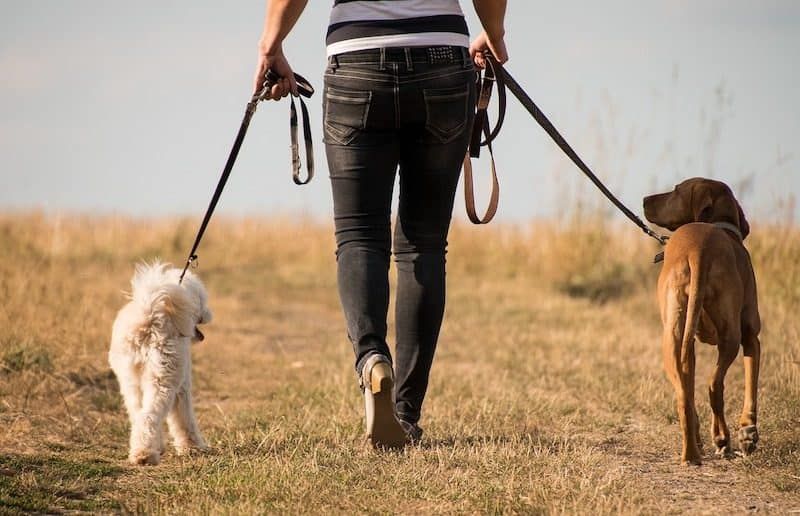 One word of caution, however: This sport involves a lot of jumping, so consult with your veterinarian before starting your dog on a vigorous Frisbee training program.
One word of caution, however: This sport involves a lot of jumping, so consult with your veterinarian before starting your dog on a vigorous Frisbee training program.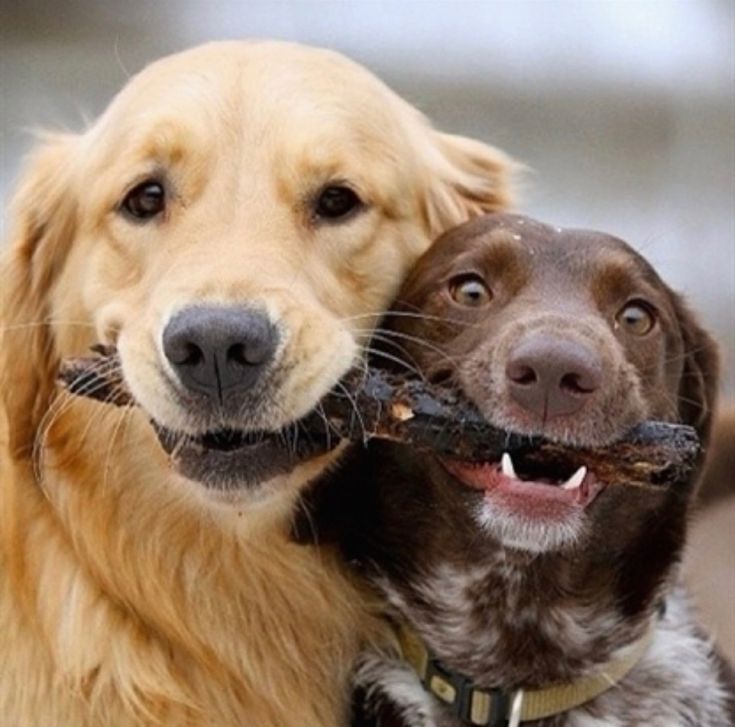 How far you take it is up to you – some people want their dogs to compete in serious obedience trials, while others just want a dog who will obey simple cues in daily life. In either case, both you and your dog will enjoy the benefits of better communication and the increased bond between you that results from time spent together teaching, learning, and practicing. For more information, call your local animal shelter and ask for a referral for a training class.
How far you take it is up to you – some people want their dogs to compete in serious obedience trials, while others just want a dog who will obey simple cues in daily life. In either case, both you and your dog will enjoy the benefits of better communication and the increased bond between you that results from time spent together teaching, learning, and practicing. For more information, call your local animal shelter and ask for a referral for a training class.

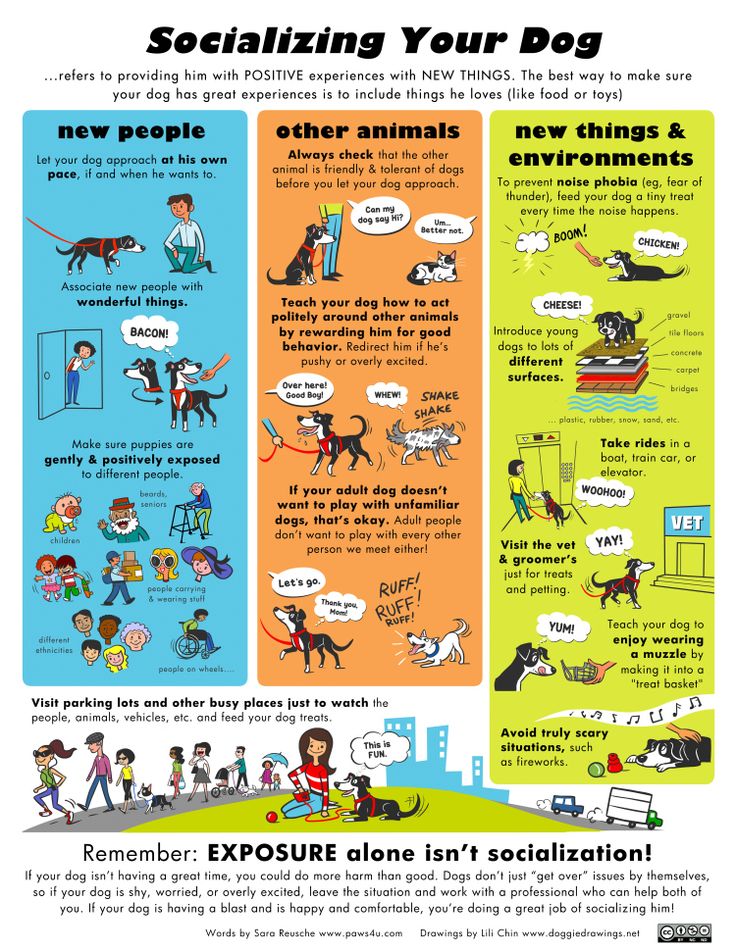 The best part is that you can incorporate puppy training into your at-home routine to help keep your pup’s mind engaged and promote positive behavior!
The best part is that you can incorporate puppy training into your at-home routine to help keep your pup’s mind engaged and promote positive behavior!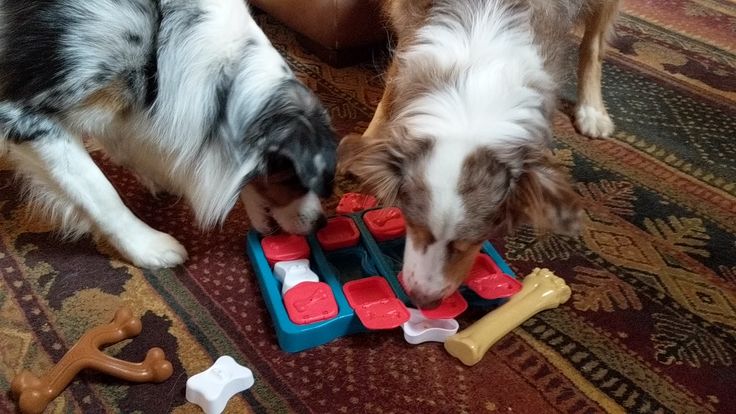 How fun!
How fun!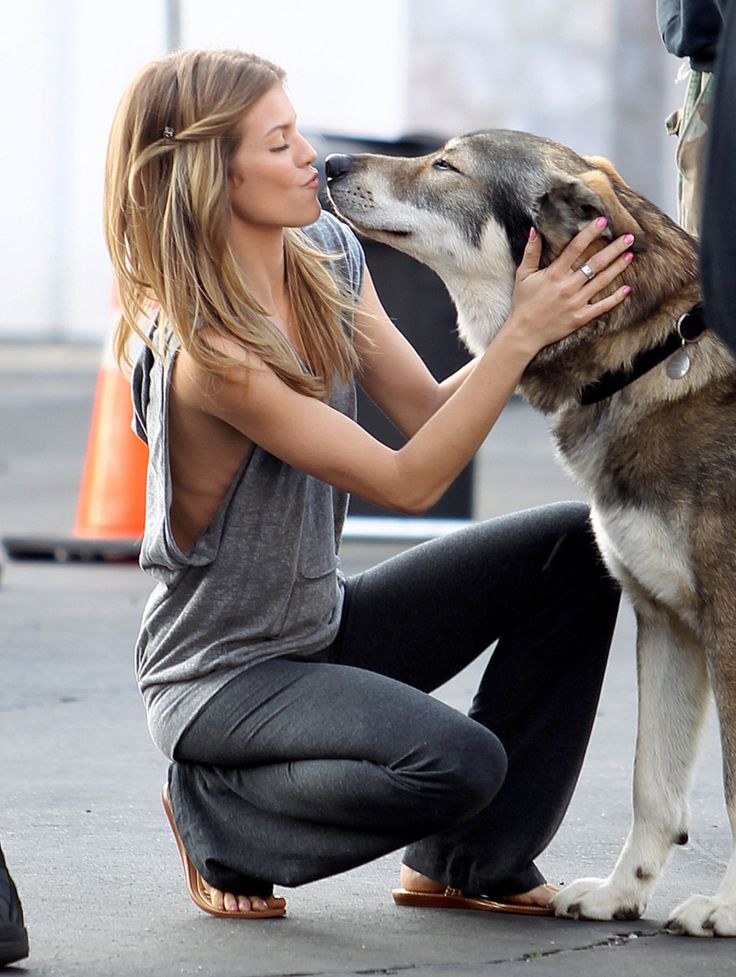 And if your pup is already walking outdoors, you can challenge them inside as well! Use a hallway in your home to practice your pup keeping in Heel position and doing Heel turnarounds to change direction, then advance to having them Heel beside you around your coffee table, sofa, dining table, up and down the stairs, and all around the house!
And if your pup is already walking outdoors, you can challenge them inside as well! Use a hallway in your home to practice your pup keeping in Heel position and doing Heel turnarounds to change direction, then advance to having them Heel beside you around your coffee table, sofa, dining table, up and down the stairs, and all around the house!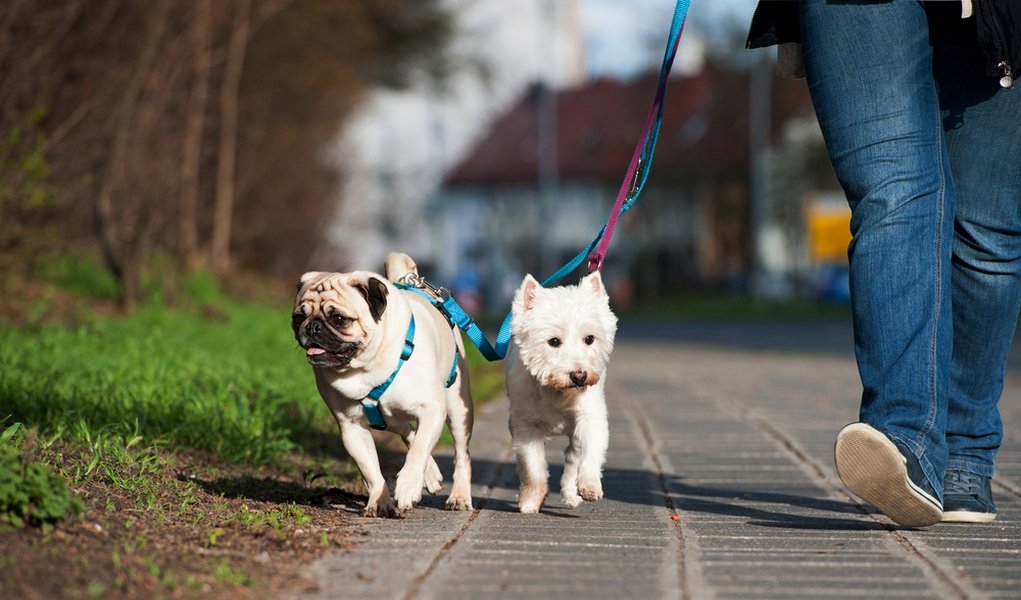 Do this a few times until your pup starts to associate Go Find with searching out their toy. Eventually, you can train them to do this with a variety of things!
Do this a few times until your pup starts to associate Go Find with searching out their toy. Eventually, you can train them to do this with a variety of things!  Check out are video below for more details on how to play!
Check out are video below for more details on how to play!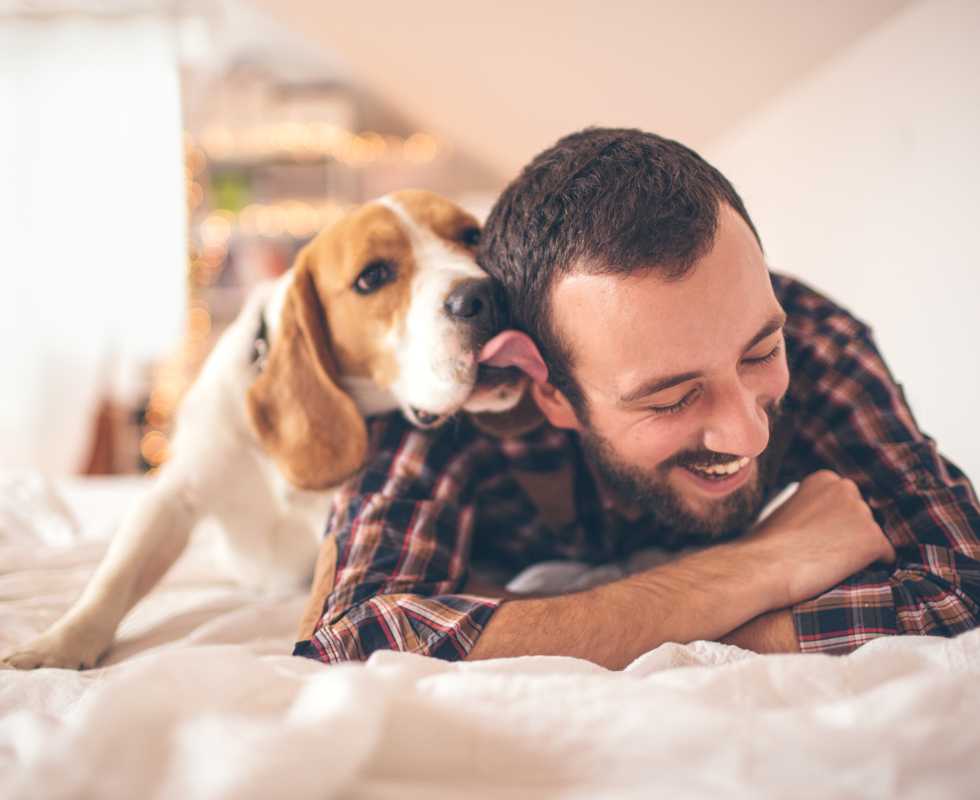 With Tug, also comes teaching your puppy the important command “Drop-it!”.
With Tug, also comes teaching your puppy the important command “Drop-it!”.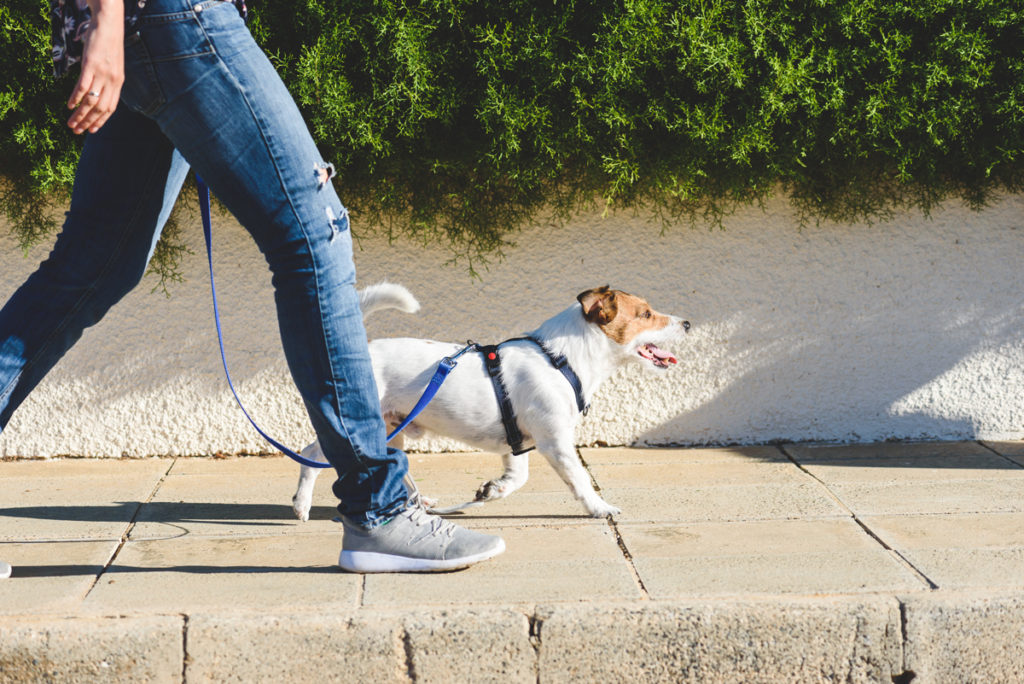 When you’re able to get the bowl on the ground without them going for it, calmly tell the “Break” to release them to eat their food.
When you’re able to get the bowl on the ground without them going for it, calmly tell the “Break” to release them to eat their food.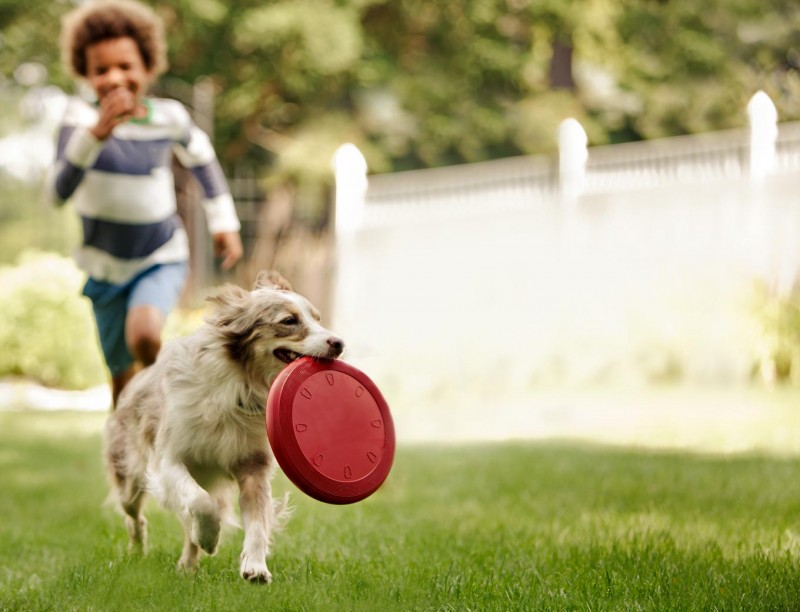 When you start off practicing this, make sure to have your pup’s leash on with the end in your hand, and be alert to your pup so you can reward them for staying on with a treat, and guide them back to it if they try to get up. You’ll also want to sit closer to them in the beginning, then extend the distance between you as they get better at staying and need fewer resets from you. This is the perfect activity you can do while you catch up on the newest episodes of your favorite shows!
When you start off practicing this, make sure to have your pup’s leash on with the end in your hand, and be alert to your pup so you can reward them for staying on with a treat, and guide them back to it if they try to get up. You’ll also want to sit closer to them in the beginning, then extend the distance between you as they get better at staying and need fewer resets from you. This is the perfect activity you can do while you catch up on the newest episodes of your favorite shows! We offer several options for spending time with your pet, since you still spend a lot of time at home.
We offer several options for spending time with your pet, since you still spend a lot of time at home.  The main thing is not to overdo it with treats: treats are usually very high in calories. As an option for the game, you can use pellets of “regular” food. And one more thing: the dog should not get the impression that a treat is always hidden in a clenched fist. Therefore, come up with a command (for example, “where is the yummy?” Or “in which hand?”) And voice it before each round of the game.
The main thing is not to overdo it with treats: treats are usually very high in calories. As an option for the game, you can use pellets of “regular” food. And one more thing: the dog should not get the impression that a treat is always hidden in a clenched fist. Therefore, come up with a command (for example, “where is the yummy?” Or “in which hand?”) And voice it before each round of the game.
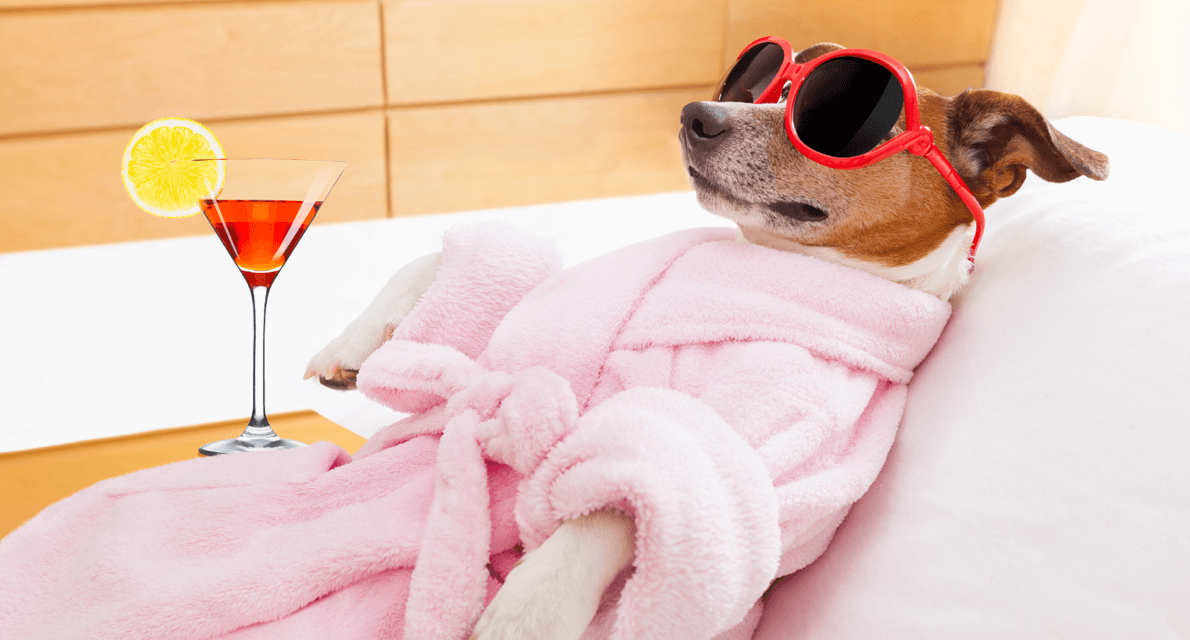 It can be a treat or a host (family member). In the case of treats, it’s worth starting with strong-smelling treats. Before hiding, carry the yummy around the apartment at a height of half a meter from the floor, without holding it in your fist. The fact is that some dogs are able to follow the trail with the help of the so-called “upper sense”, that is, the smell left in the air. Then we give the command “Search!” and enjoy the show.
It can be a treat or a host (family member). In the case of treats, it’s worth starting with strong-smelling treats. Before hiding, carry the yummy around the apartment at a height of half a meter from the floor, without holding it in your fist. The fact is that some dogs are able to follow the trail with the help of the so-called “upper sense”, that is, the smell left in the air. Then we give the command “Search!” and enjoy the show.  They can be filled with food, and pulling it out and eating it right away will not work. The dog will have fun chasing a tasty ball around the apartment, and you will be able to participate in a video conference (actually not, because the interlocutors will not hear you because of the cheerful barking).
They can be filled with food, and pulling it out and eating it right away will not work. The dog will have fun chasing a tasty ball around the apartment, and you will be able to participate in a video conference (actually not, because the interlocutors will not hear you because of the cheerful barking). 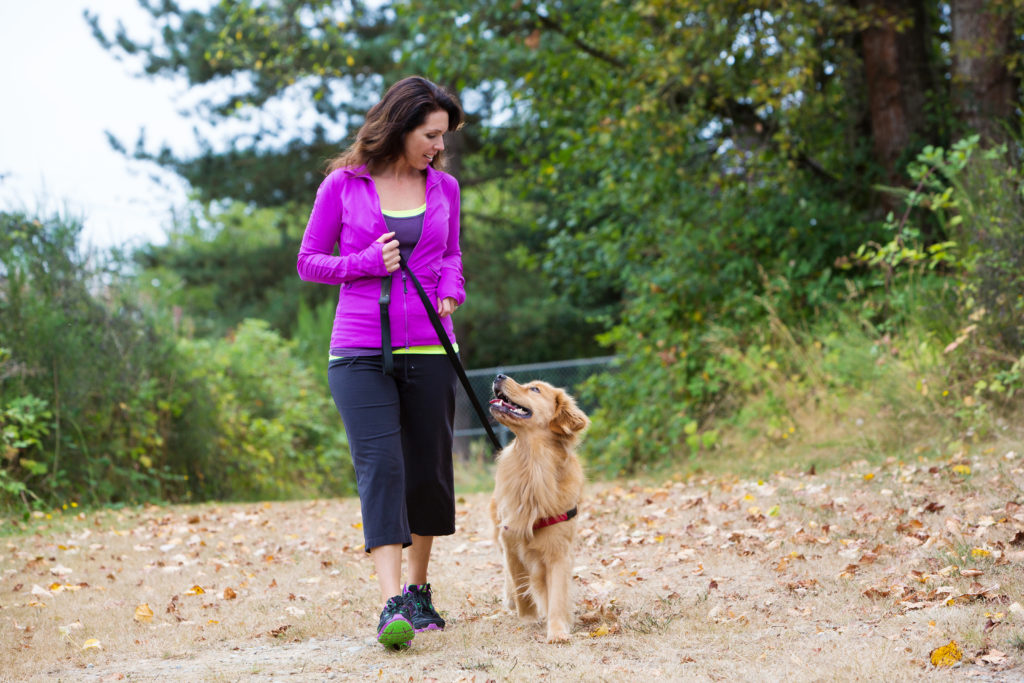 The easiest and most effective way is to use house slippers. However, teaching a dog this trick is not so easy. To begin with, make sure that the pet knows how to execute the “Fetch” and “Give” commands. But fetching in its classic form works with an object that the owner throws and the dog brings. Obviously, this will not work with slippers.
The easiest and most effective way is to use house slippers. However, teaching a dog this trick is not so easy. To begin with, make sure that the pet knows how to execute the “Fetch” and “Give” commands. But fetching in its classic form works with an object that the owner throws and the dog brings. Obviously, this will not work with slippers. 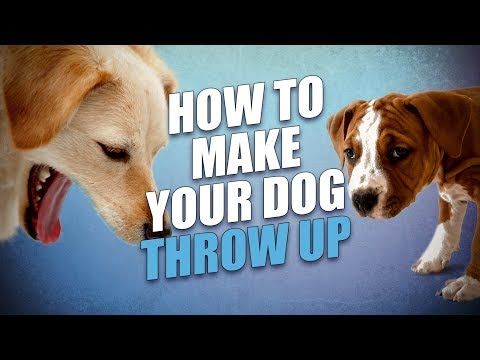 And give them after the word “Give.” At the initial stage, you should not complicate the task of the pet by searching, so put your slippers always in the same place. In the end, you will get used to the order, and your dog – to a new trick!
And give them after the word “Give.” At the initial stage, you should not complicate the task of the pet by searching, so put your slippers always in the same place. In the end, you will get used to the order, and your dog – to a new trick! 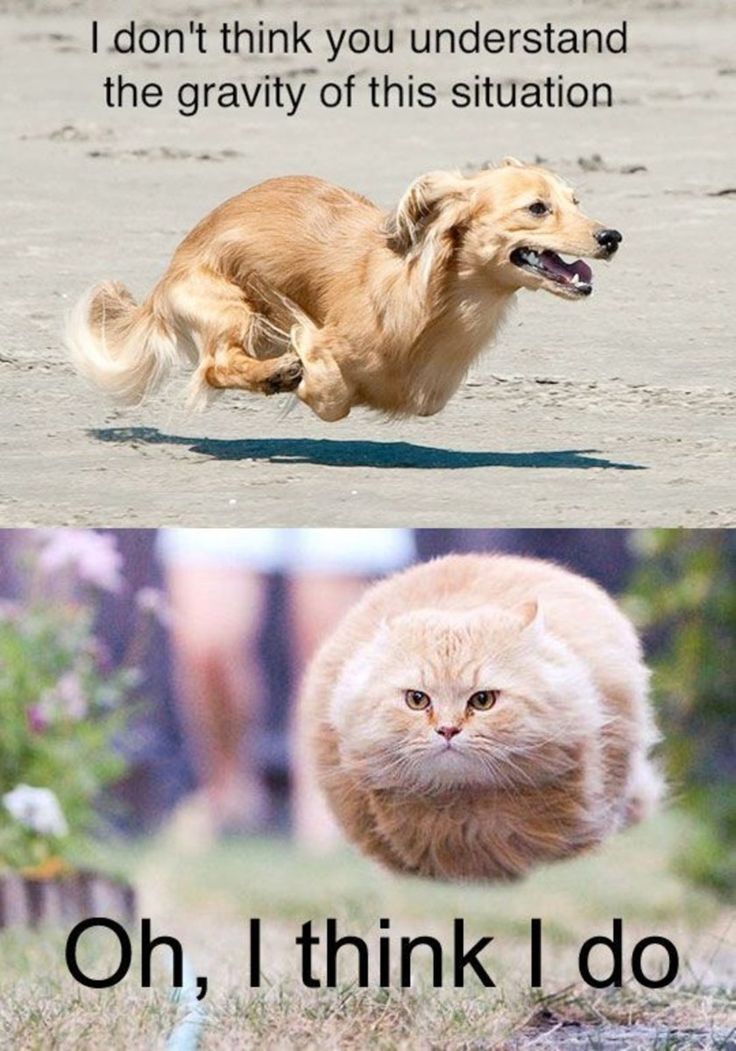 Don’t worry, all dog owners have gone through this because this reaction is quite predictable and normal for any animal. Let yourself be inspired by the success of those people whose dogs are happy to wear clothes and feel natural and comfortable in them.
Don’t worry, all dog owners have gone through this because this reaction is quite predictable and normal for any animal. Let yourself be inspired by the success of those people whose dogs are happy to wear clothes and feel natural and comfortable in them.

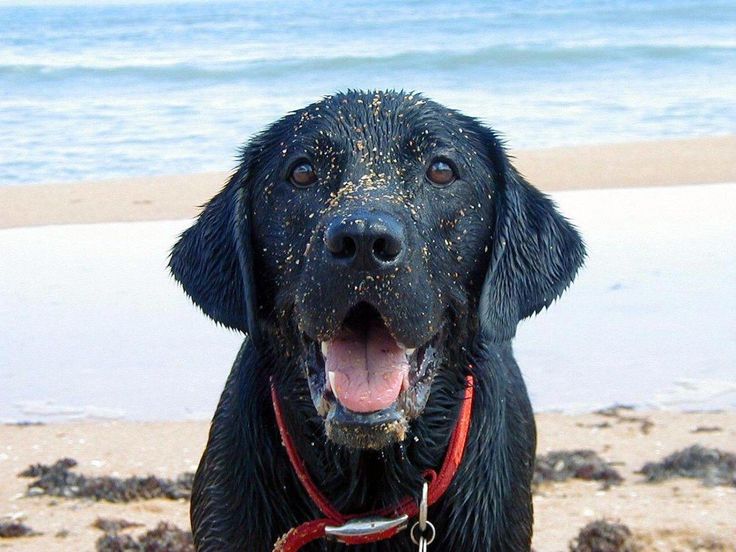
 They are very rare, even in Japan.
They are very rare, even in Japan.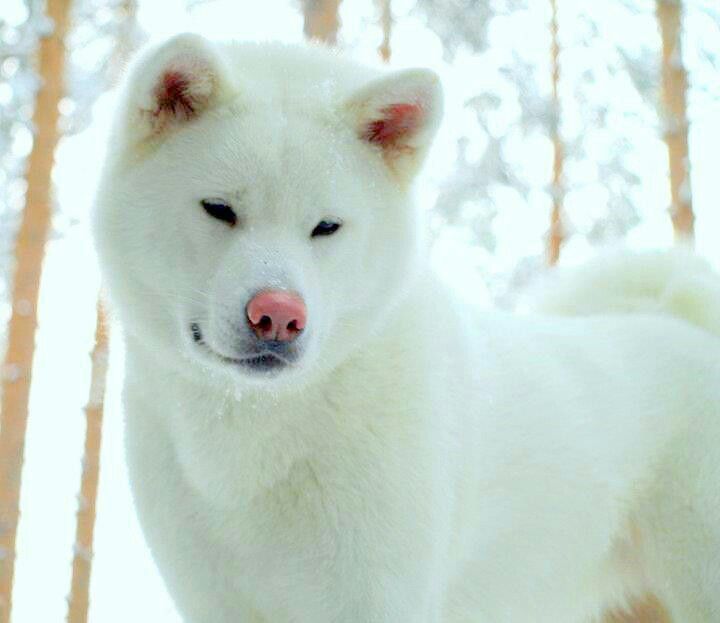 During World War II, these massive warriors nearly went extinct. Originally bred to fight, the Tosa is very protective and makes a great guard dog.
During World War II, these massive warriors nearly went extinct. Originally bred to fight, the Tosa is very protective and makes a great guard dog.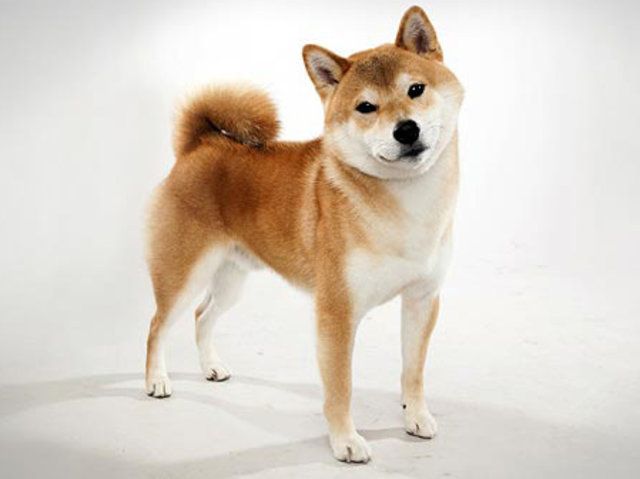 Headstrong but loyal, Kishus need good training and can be shy. In 1934, the Kishu was designated as a living “Memorial of Nature” in Japan.
Headstrong but loyal, Kishus need good training and can be shy. In 1934, the Kishu was designated as a living “Memorial of Nature” in Japan.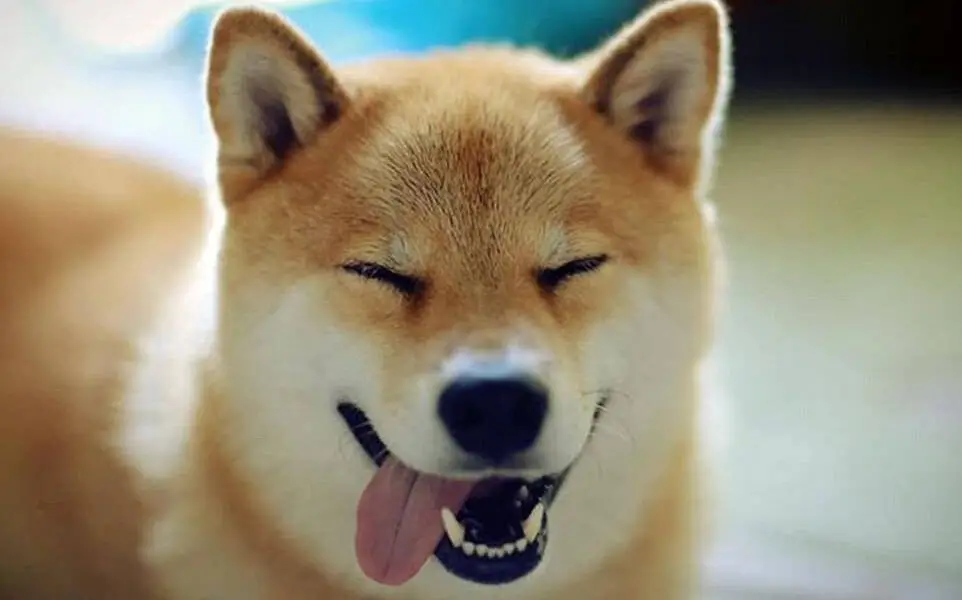
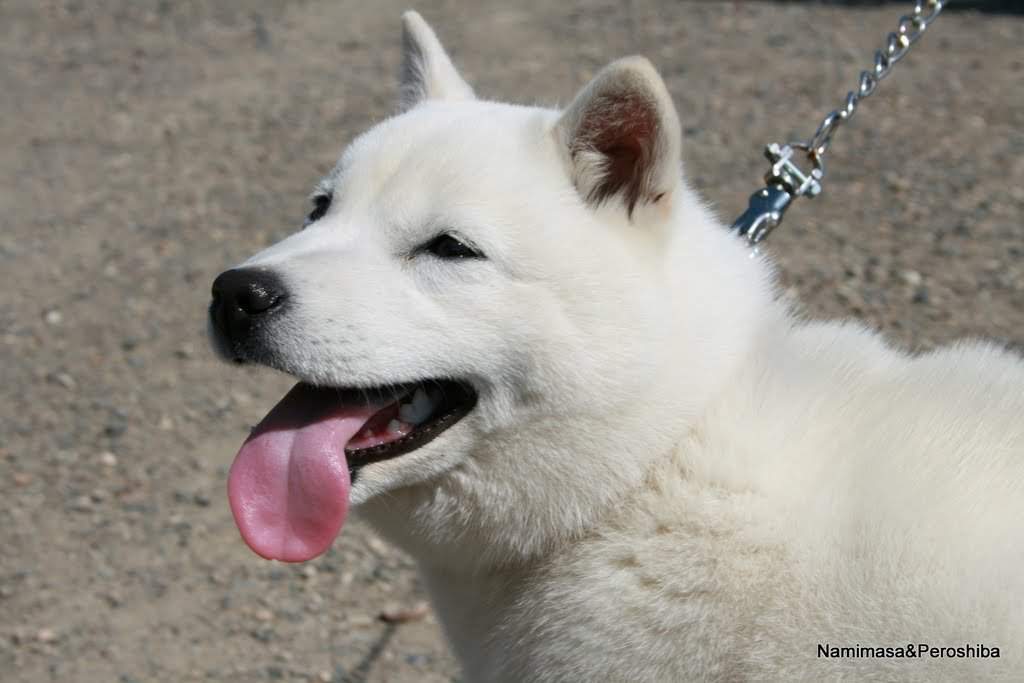
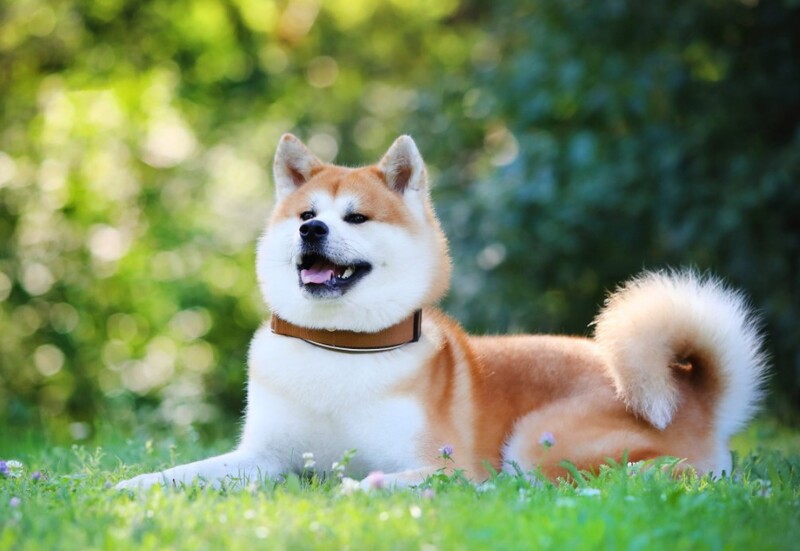
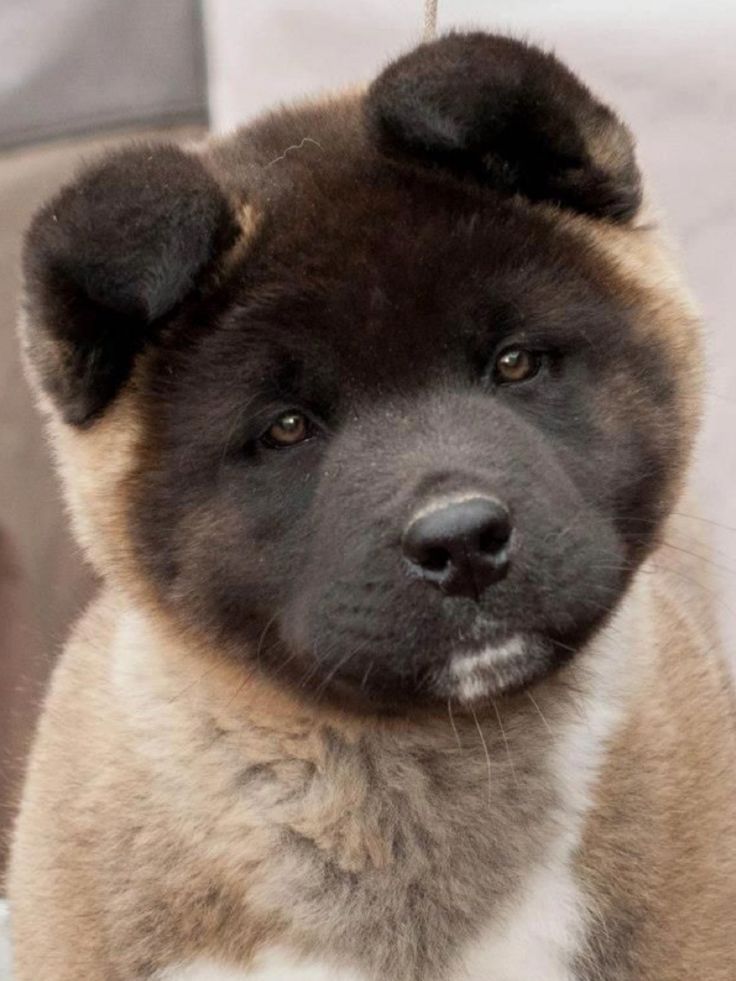 They are, however, very good with children.
They are, however, very good with children.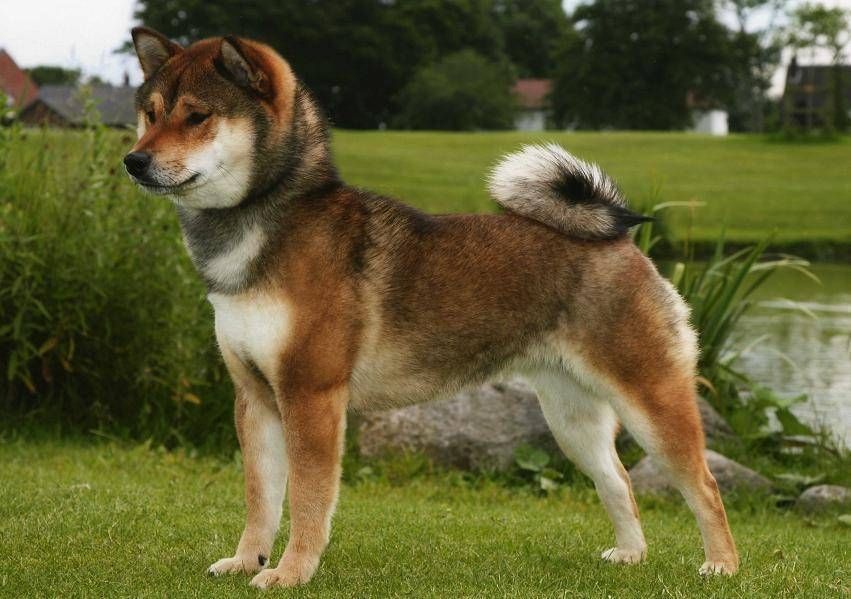 Kai Ken
Kai Ken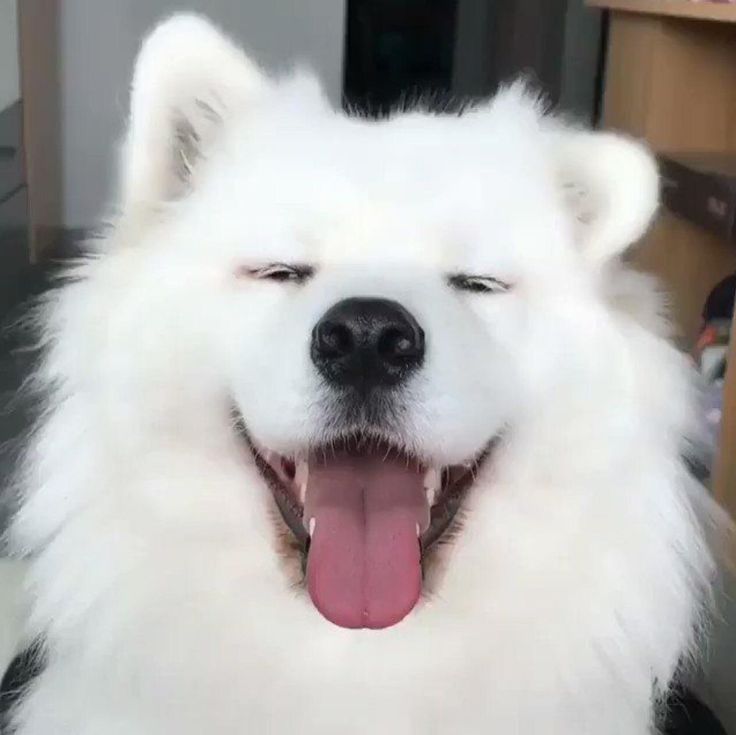 According to one Japanese legend, the Kishu Ken actually descended from wolves.
According to one Japanese legend, the Kishu Ken actually descended from wolves.
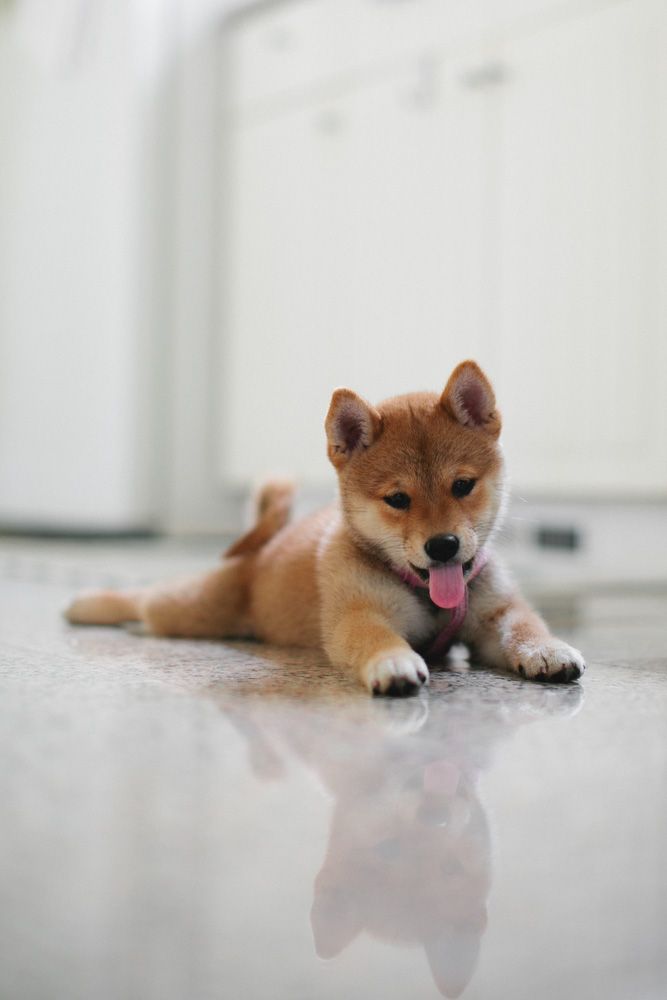

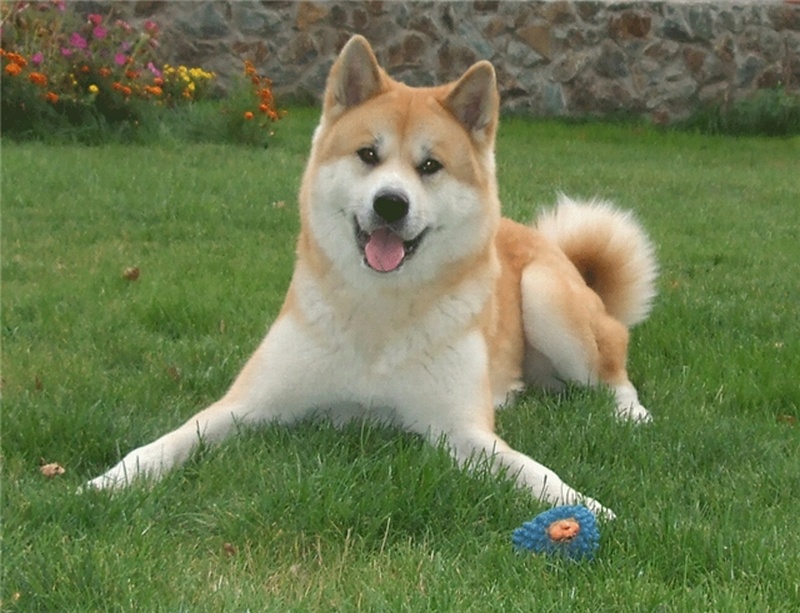 For this reason, a fair number of people come to Japan with the hope of picking up a pet.
For this reason, a fair number of people come to Japan with the hope of picking up a pet.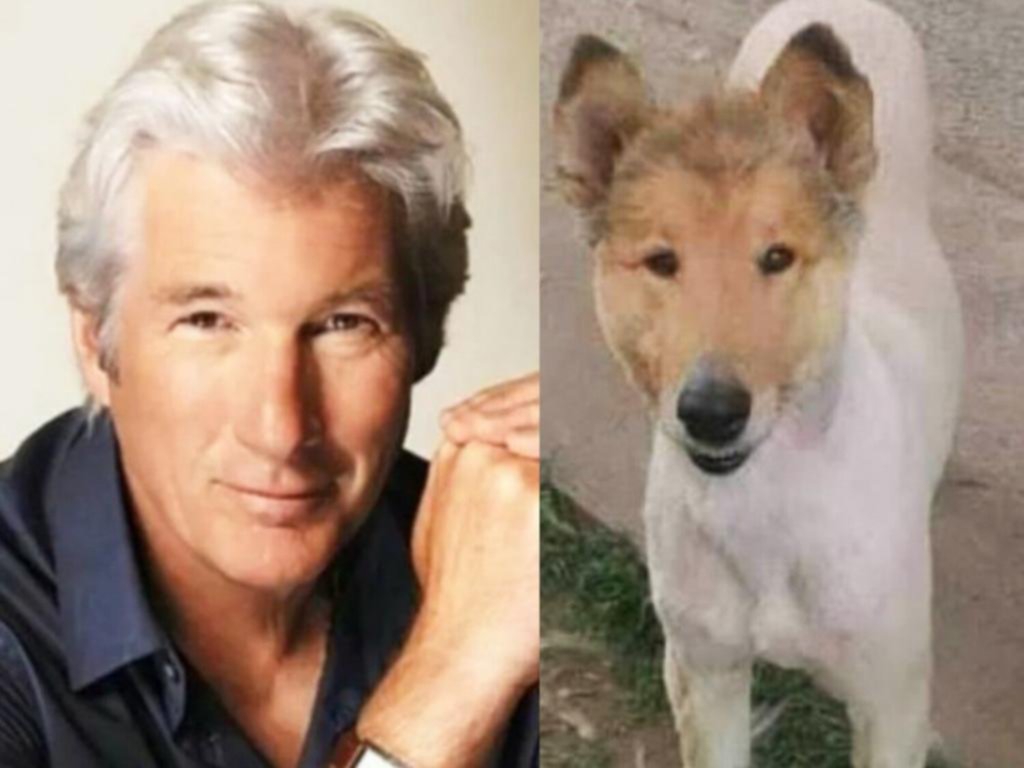 Before buying a dog in Japan, be sure to check whether your airline ships pets! Also check the associated pet fees – it may very well be over $200.
Before buying a dog in Japan, be sure to check whether your airline ships pets! Also check the associated pet fees – it may very well be over $200.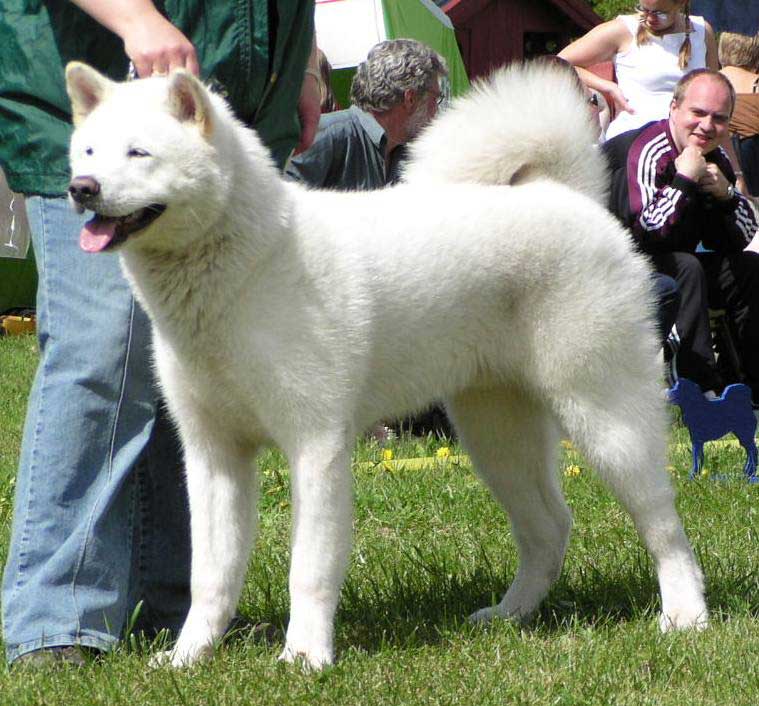 You can find Japanese breeds that are small, large, fluffy, or smooth! Next time you’re considering a new fur-baby, check out these Japanese breeds!
You can find Japanese breeds that are small, large, fluffy, or smooth! Next time you’re considering a new fur-baby, check out these Japanese breeds!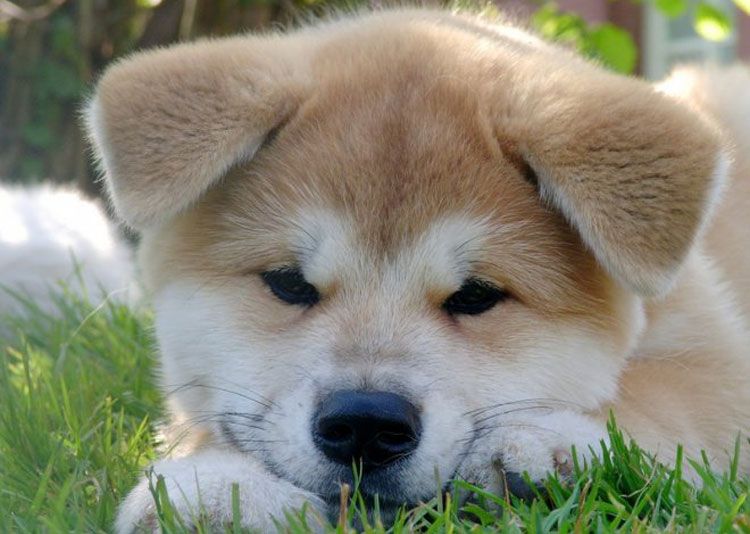 We must pay tribute, he will complete the task with almost cosmic speed.
We must pay tribute, he will complete the task with almost cosmic speed. 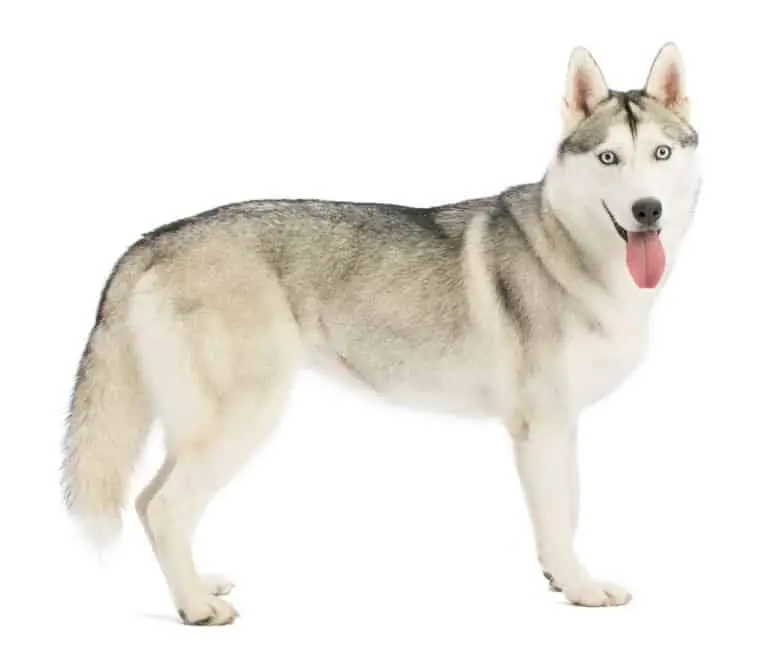
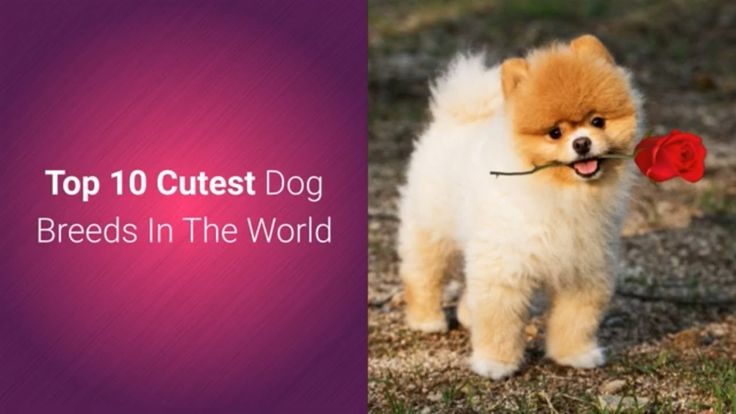 Bulldogs are more wayward, but also not aggressive. Representatives of both breeds will be good friends to humans, but pugs are still more gentle.
Bulldogs are more wayward, but also not aggressive. Representatives of both breeds will be good friends to humans, but pugs are still more gentle. 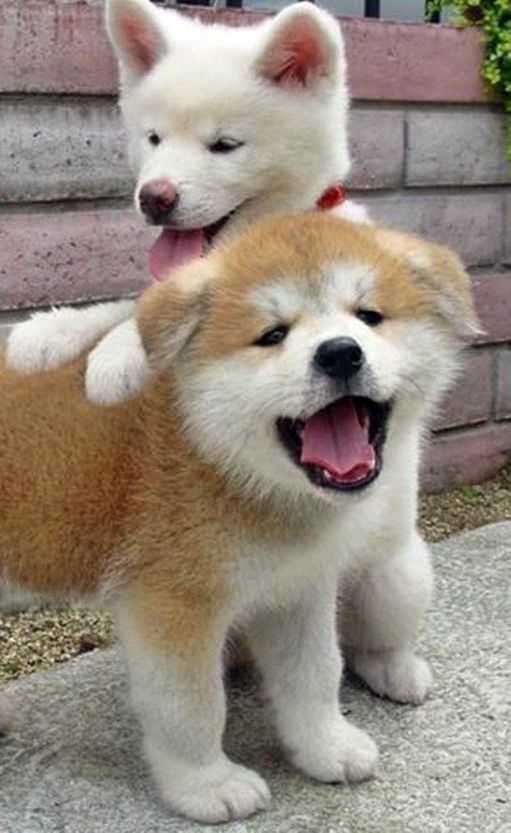
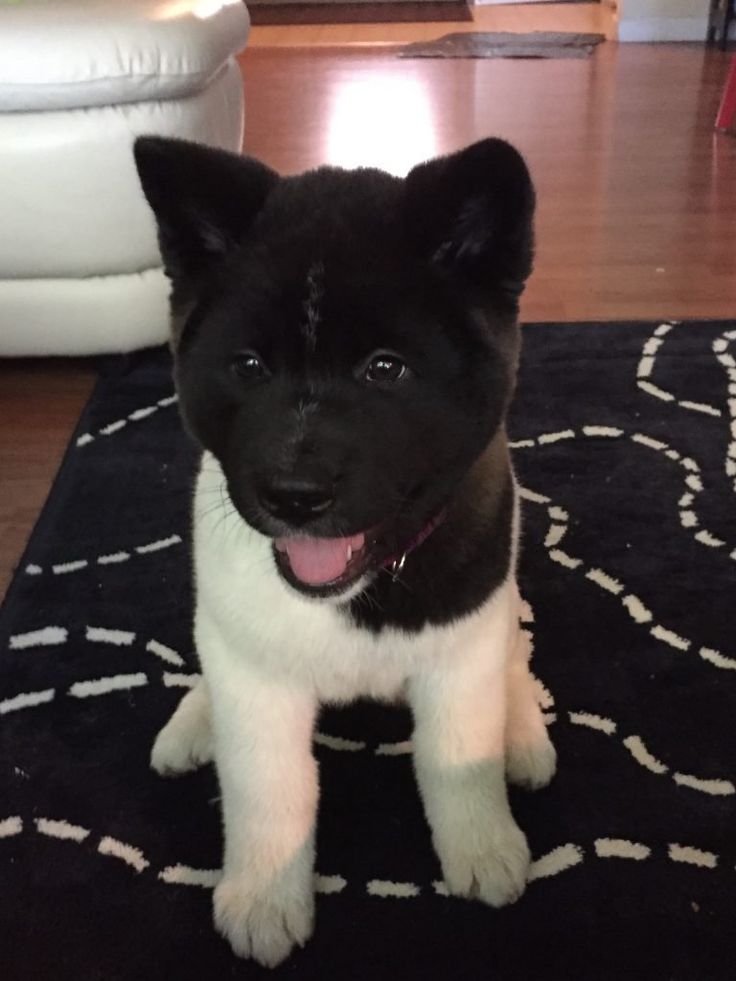 In addition, these dogs are very “talkative”. They bark during the game simply because they, for example, are happy. Collies, on the other hand, are quite silent.
In addition, these dogs are very “talkative”. They bark during the game simply because they, for example, are happy. Collies, on the other hand, are quite silent. 
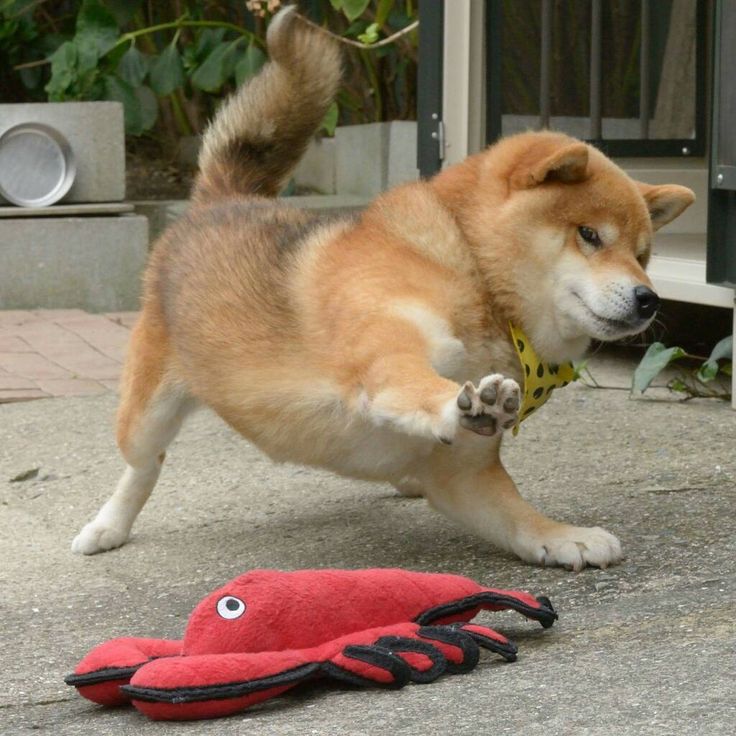
 It is in it that the story of the breeding of each breed of dog is told, why it has certain, sometimes even unique external data, for example, short paws, coarse hair or webbing between the fingers. Also, this historical background will help you understand how active dogs of certain breeds are or, conversely, calm, whether they need a lot of physical and mental stress.
It is in it that the story of the breeding of each breed of dog is told, why it has certain, sometimes even unique external data, for example, short paws, coarse hair or webbing between the fingers. Also, this historical background will help you understand how active dogs of certain breeds are or, conversely, calm, whether they need a lot of physical and mental stress. 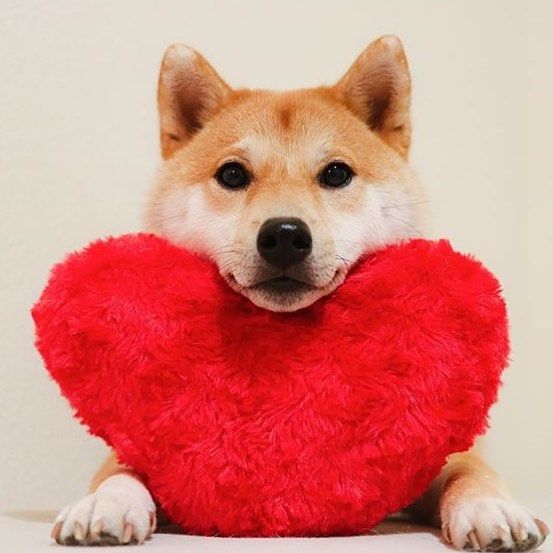

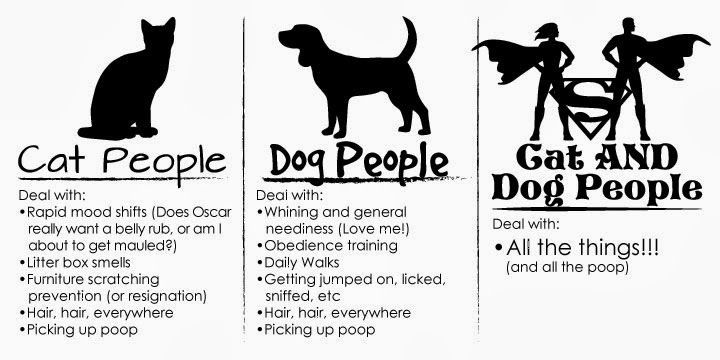


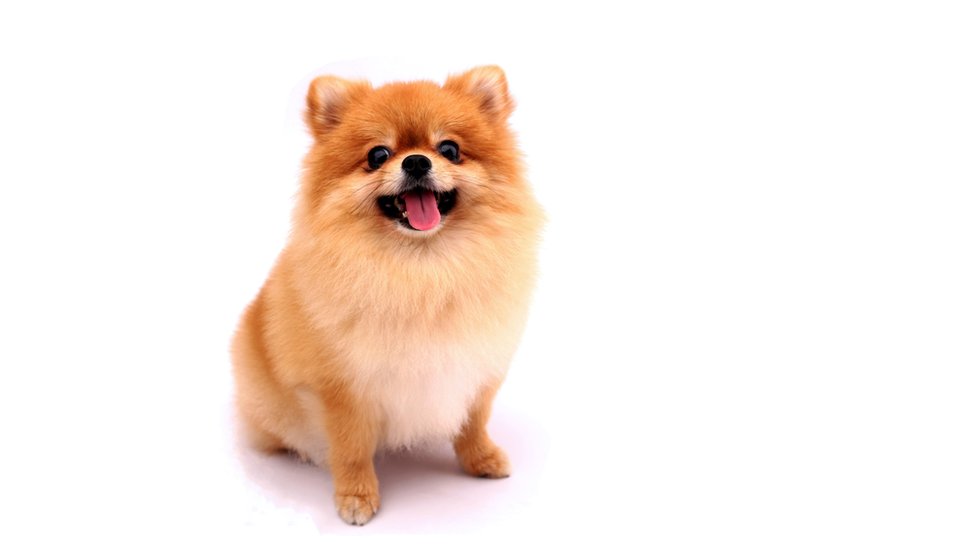
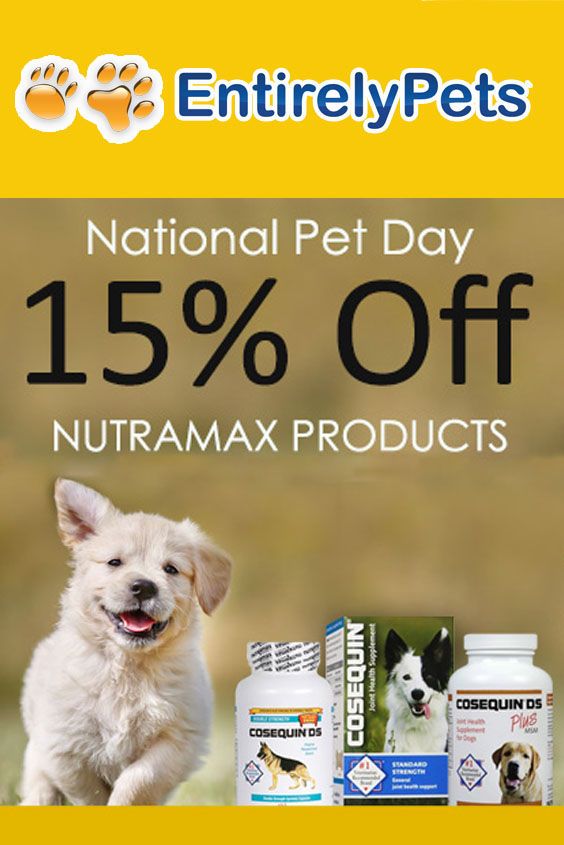


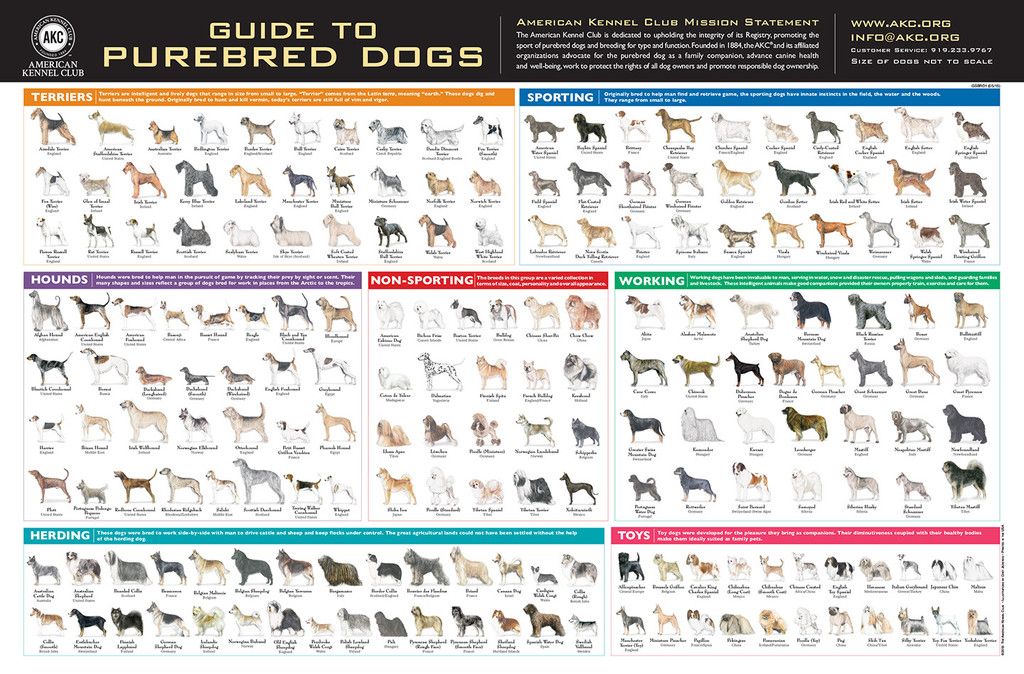

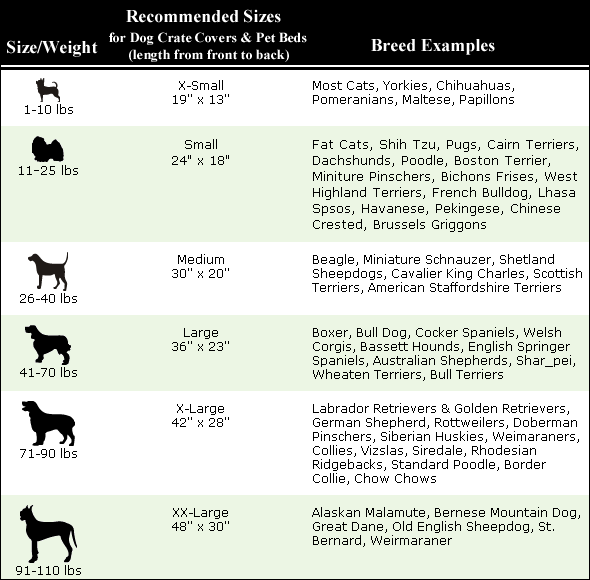
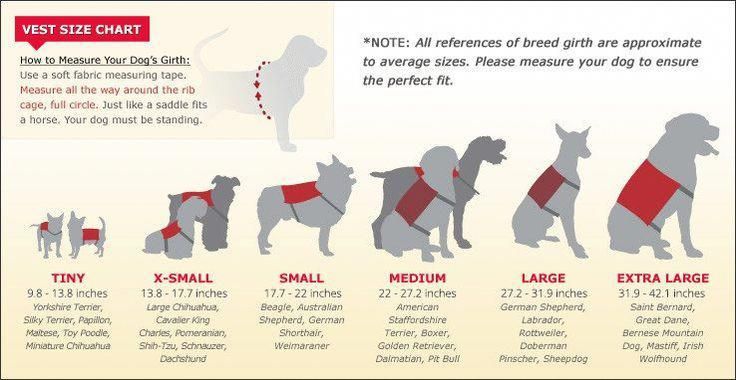 Adoption should always be considered first.
Adoption should always be considered first.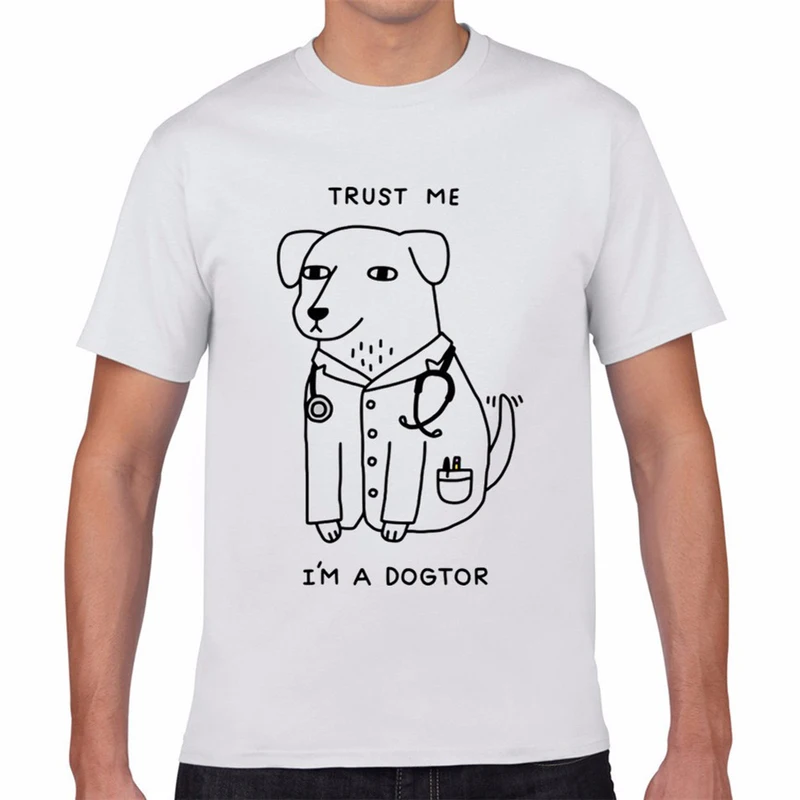 You will have a much better chance of getting a healthy dog without behavioral problems. Avoid puppy mills and unreliable backyard breeders. Before buying a puppy, visit the kennel, question the breeder about the breeding process and how he cares for his breeding dogs and puppies, and make sure to see and interact with the puppy to see if it looks healthy.
You will have a much better chance of getting a healthy dog without behavioral problems. Avoid puppy mills and unreliable backyard breeders. Before buying a puppy, visit the kennel, question the breeder about the breeding process and how he cares for his breeding dogs and puppies, and make sure to see and interact with the puppy to see if it looks healthy.
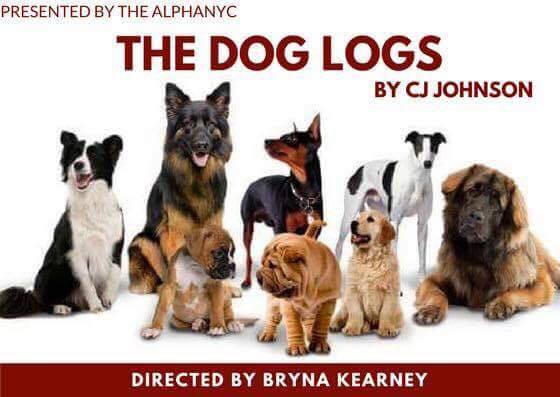
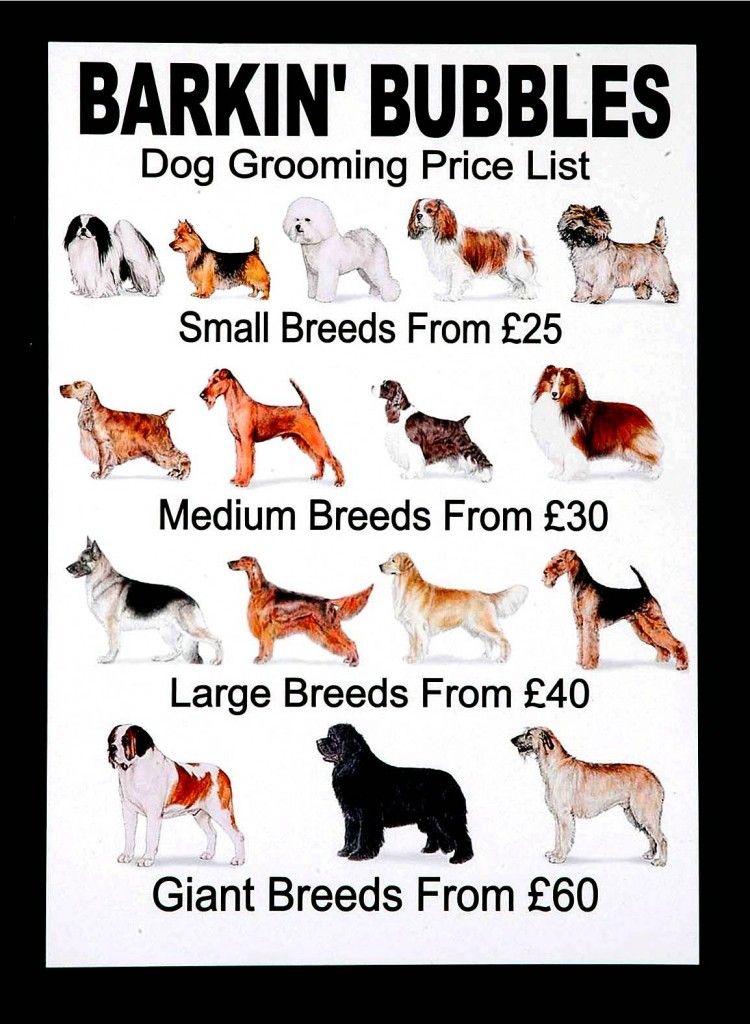
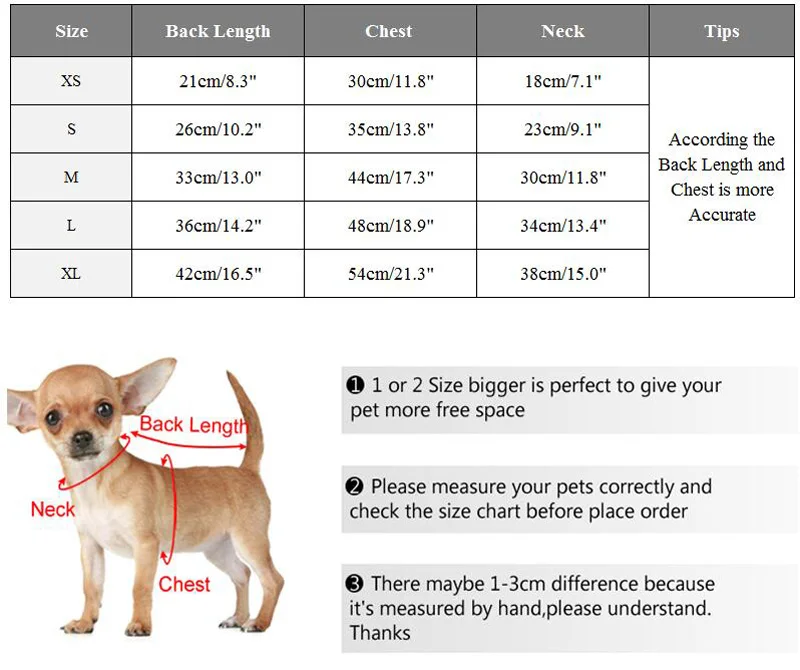 ). Learn everything about costs, and find the best products available.
). Learn everything about costs, and find the best products available.

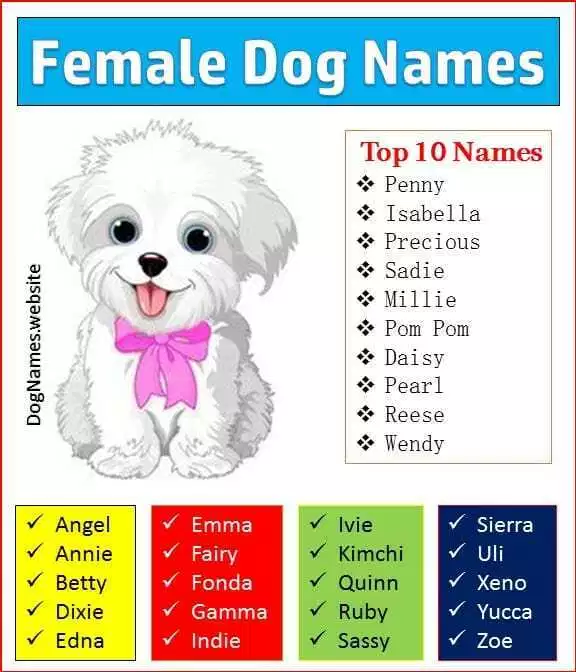
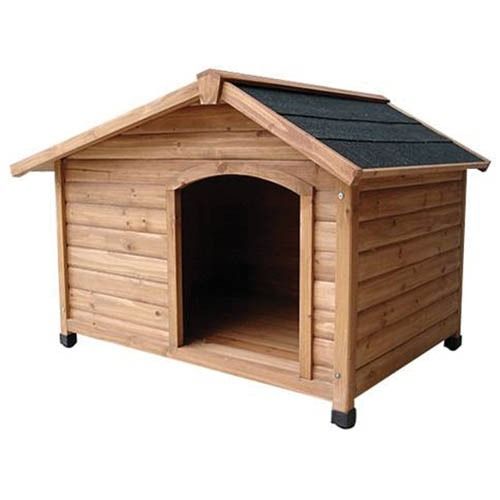 You will need to spend money on chew toys, though, or they’ll end up costing you a fortune in gnawed-on shoes and furniture.
You will need to spend money on chew toys, though, or they’ll end up costing you a fortune in gnawed-on shoes and furniture.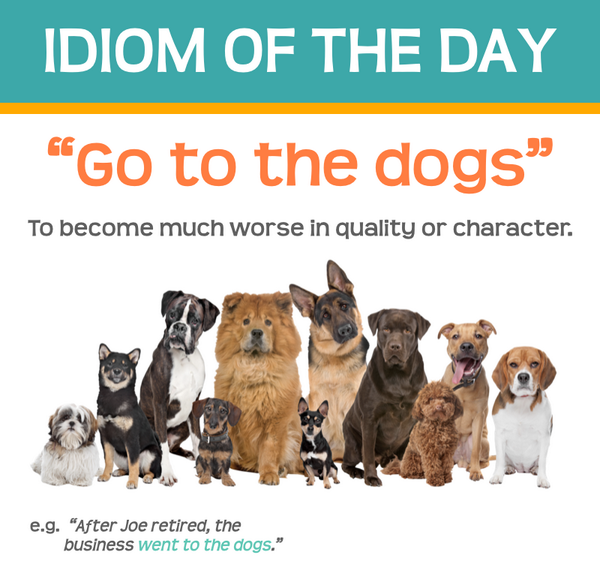 They can be prone to aggression, though, so expect to spend money on training. Also, Dalmatian get very expensive if you suddenly find yourself with 101 of them.
They can be prone to aggression, though, so expect to spend money on training. Also, Dalmatian get very expensive if you suddenly find yourself with 101 of them.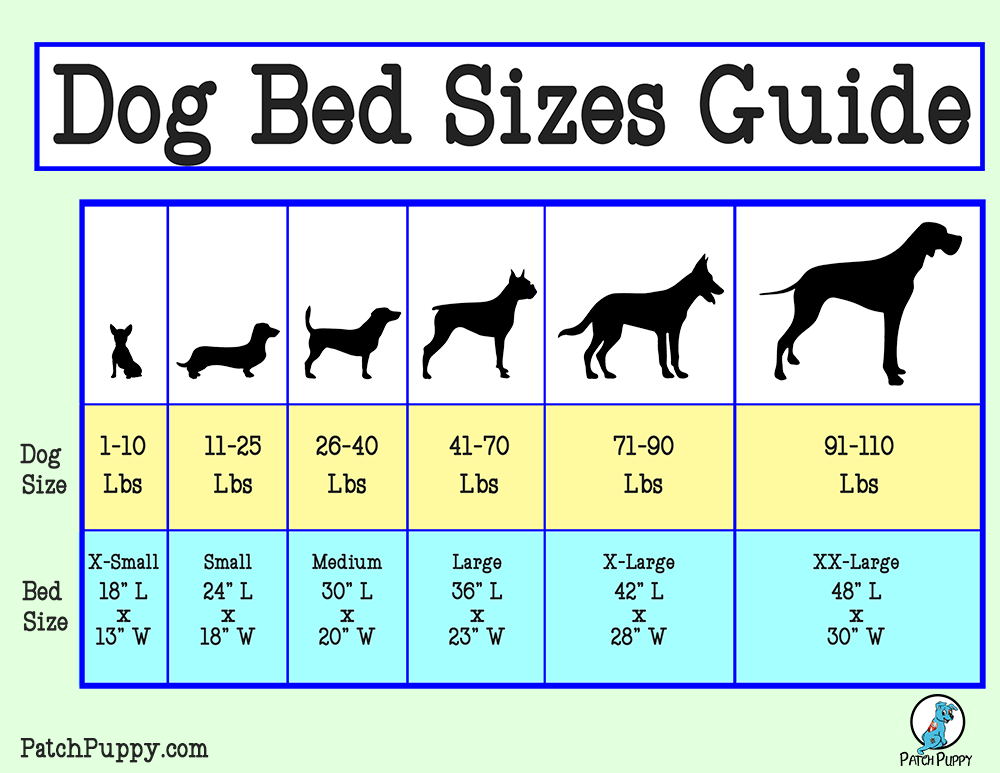 JRTs make up for that by requiring a ton of attention, though, and leaving one home unattended all day can quickly become very expensive indeed.
JRTs make up for that by requiring a ton of attention, though, and leaving one home unattended all day can quickly become very expensive indeed. Mini Schnauzers dainty eaters as well, but be prepared to spend a lot of time playing with them.
Mini Schnauzers dainty eaters as well, but be prepared to spend a lot of time playing with them.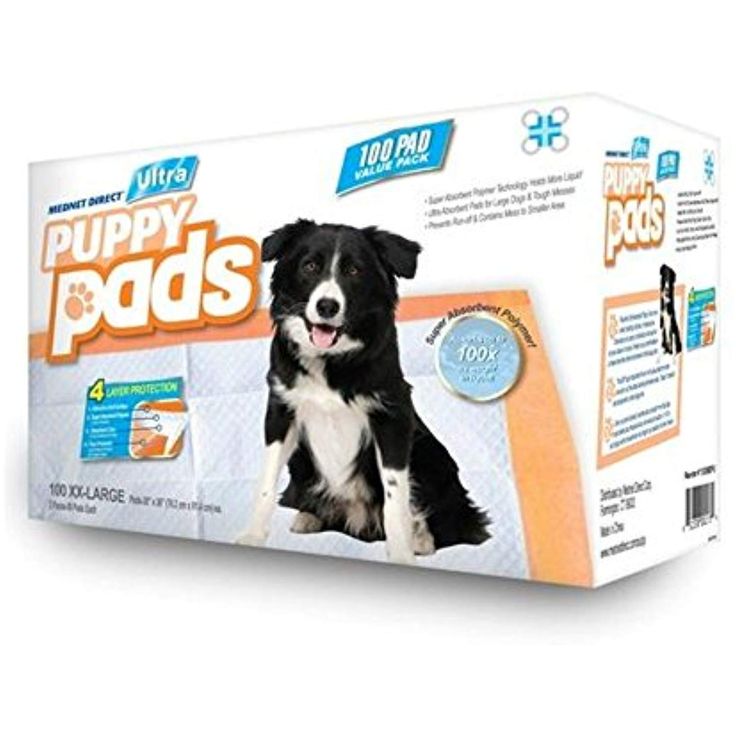 Also, Papillons make remarkably good guard dogs (that is to say, they’ll let you know someone’s there, but they’re not going to scare them off).
Also, Papillons make remarkably good guard dogs (that is to say, they’ll let you know someone’s there, but they’re not going to scare them off).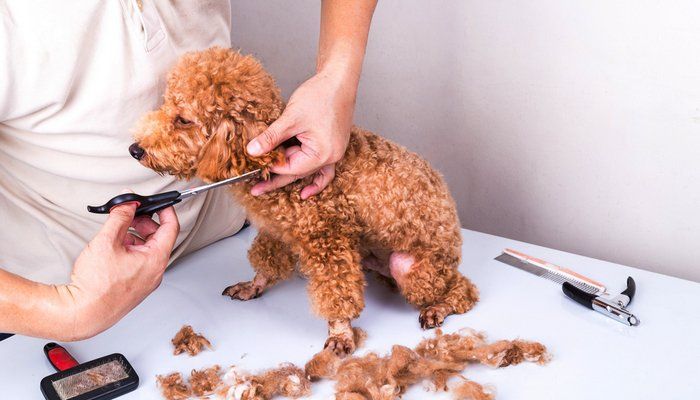 It’s up to you how crazy you want to go with grooming, but you can easily do it yourself at home.
It’s up to you how crazy you want to go with grooming, but you can easily do it yourself at home.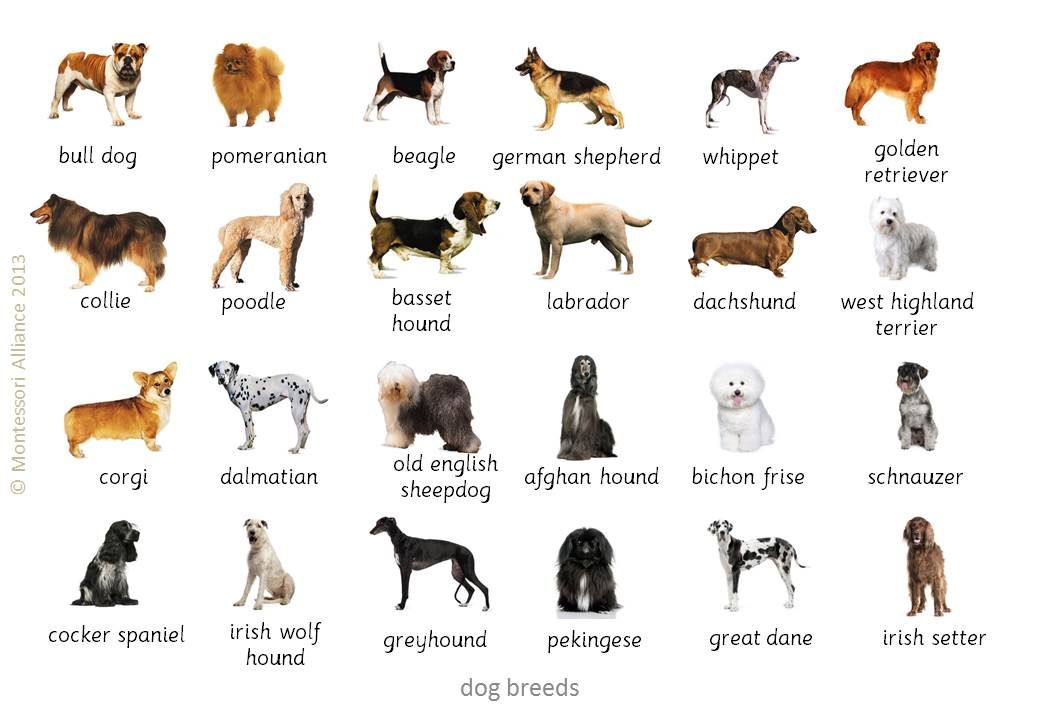 Sometimes veterinarians themselves recommend switching the dog to such food due to the health of the animal. In this case, it is necessary to draw up a special menu, which will include cereals, meat, cottage cheese, vegetables, eggs, etc. It should be borne in mind that not all cereals are equally useful. Some of them are forbidden to dogs.
Sometimes veterinarians themselves recommend switching the dog to such food due to the health of the animal. In this case, it is necessary to draw up a special menu, which will include cereals, meat, cottage cheese, vegetables, eggs, etc. It should be borne in mind that not all cereals are equally useful. Some of them are forbidden to dogs.  In the pet menu, this porridge is in the first place. To preserve all the useful properties, it is recommended to steam it with boiling water, and not boil it in a saucepan.
In the pet menu, this porridge is in the first place. To preserve all the useful properties, it is recommended to steam it with boiling water, and not boil it in a saucepan. 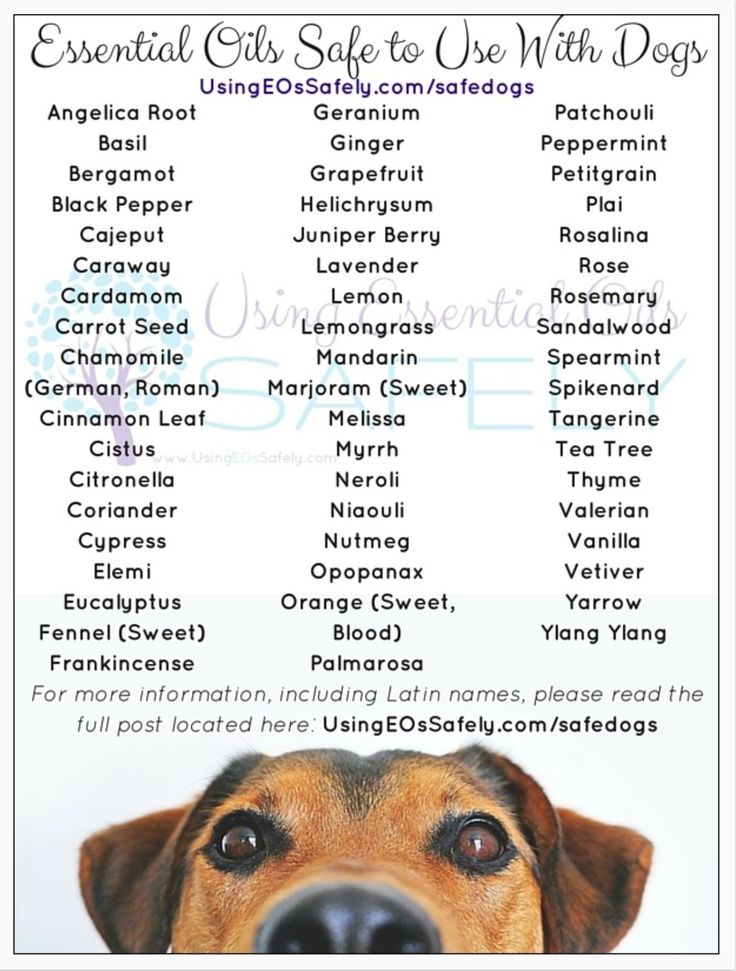 The best option would be the alternation of cereals, rice can be given to the dog at long intervals. Buy unpolished rice.
The best option would be the alternation of cereals, rice can be given to the dog at long intervals. Buy unpolished rice. 
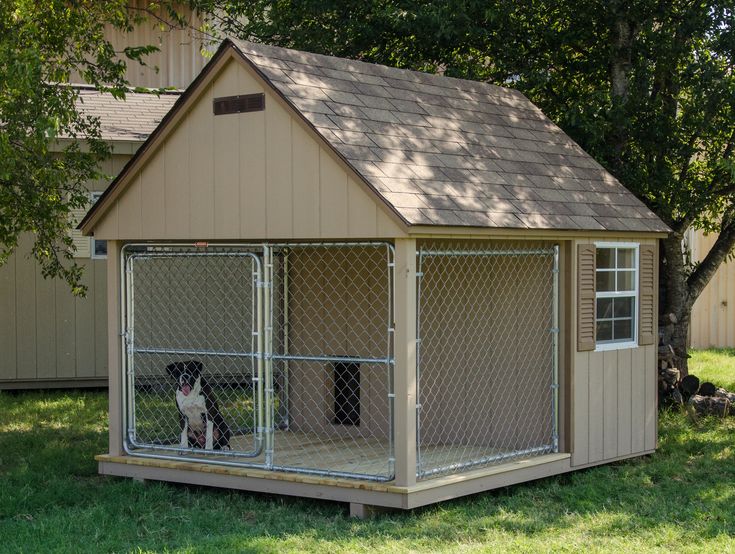 In addition, barley porridge causes constipation.
In addition, barley porridge causes constipation. 

 We noted that on some sites they frankly profited from the shortage, raising prices by 2-3 times. Despite the fact that importers had food supplies for 1–1.5 months, there was an unhealthy hype in pet stores and marketplaces.
We noted that on some sites they frankly profited from the shortage, raising prices by 2-3 times. Despite the fact that importers had food supplies for 1–1.5 months, there was an unhealthy hype in pet stores and marketplaces. 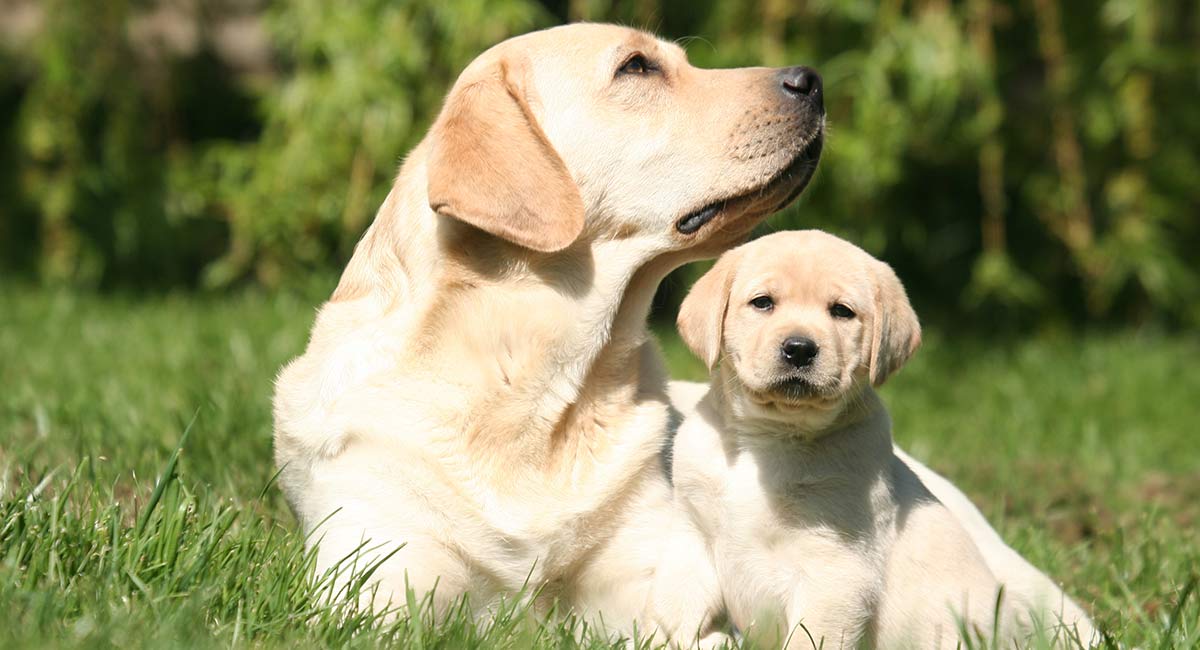 What complicates deliveries?
What complicates deliveries?  Because the same production line makes rabbit food today and chicken food tomorrow. And some insignificant percentage of residues of the substance can be detected.
Because the same production line makes rabbit food today and chicken food tomorrow. And some insignificant percentage of residues of the substance can be detected. 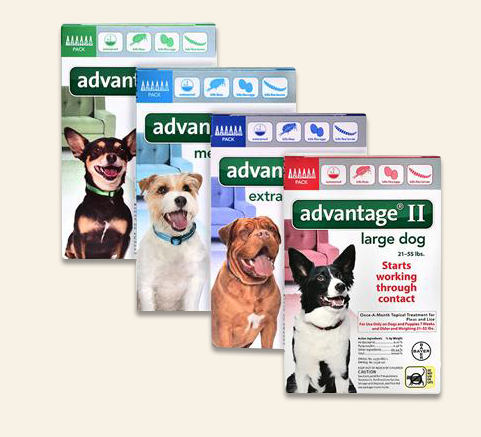 That is, only 36 companies can supply feed. However, this does not give any guarantee that the plant will not face restrictions in the future, as Rosselkhoznadzor continues to inspect manufacturers’ plants. For example, just the other day I received a phone call from the Italian feed manufacturers and they said that they were preparing for such an inspection in the near future.
That is, only 36 companies can supply feed. However, this does not give any guarantee that the plant will not face restrictions in the future, as Rosselkhoznadzor continues to inspect manufacturers’ plants. For example, just the other day I received a phone call from the Italian feed manufacturers and they said that they were preparing for such an inspection in the near future. 
 As for high-quality premium feeds, they appeared with us quite recently. But there are a number of difficulties. All equipment is imported. Moreover, we still did not have our own recipes, or even technologists who could develop all this. As a rule, when a fodder production plant was built, foreign specialists were specially invited to help set up production.
As for high-quality premium feeds, they appeared with us quite recently. But there are a number of difficulties. All equipment is imported. Moreover, we still did not have our own recipes, or even technologists who could develop all this. As a rule, when a fodder production plant was built, foreign specialists were specially invited to help set up production.  The Fava plant has also established itself well in the market, which produces premium, super premium and even holistic foods – grain-free feeds of the highest class.
The Fava plant has also established itself well in the market, which produces premium, super premium and even holistic foods – grain-free feeds of the highest class.  Those who used to buy super premium food have switched to premium, those who bought premium are now buying economy, and so on. This trend is especially pronounced in regional networks. But to say that everyone abruptly rushed to switch exclusively to homemade food is impossible. Still, we have already managed to form a culture of feeding with proven, reliable, good food.
Those who used to buy super premium food have switched to premium, those who bought premium are now buying economy, and so on. This trend is especially pronounced in regional networks. But to say that everyone abruptly rushed to switch exclusively to homemade food is impossible. Still, we have already managed to form a culture of feeding with proven, reliable, good food. 

 But did you know that keeping your dog hydrated is a balancing act between water conservation and water removal. And the kidneys play a vital role in maintaining this delicate balancing act.
But did you know that keeping your dog hydrated is a balancing act between water conservation and water removal. And the kidneys play a vital role in maintaining this delicate balancing act.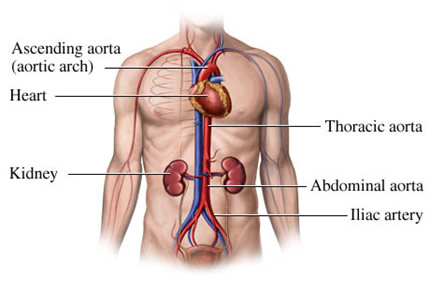 Sodium and potassium are among the more well-known electrolytes and they’re important because when dissolved in blood they help:
Sodium and potassium are among the more well-known electrolytes and they’re important because when dissolved in blood they help: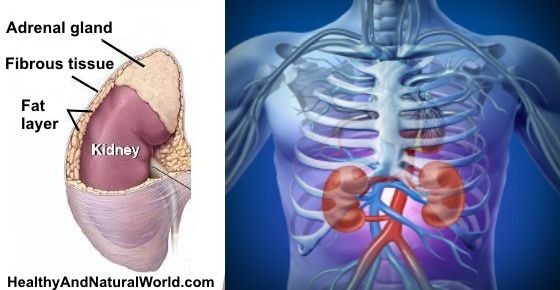 As a reminder, blood pressure is the pressure required for the arteries in your dog’s heart to carry blood from the heart to the rest of the body. And there’s a healthy range within which your dog’s blood pressure should always be.
As a reminder, blood pressure is the pressure required for the arteries in your dog’s heart to carry blood from the heart to the rest of the body. And there’s a healthy range within which your dog’s blood pressure should always be.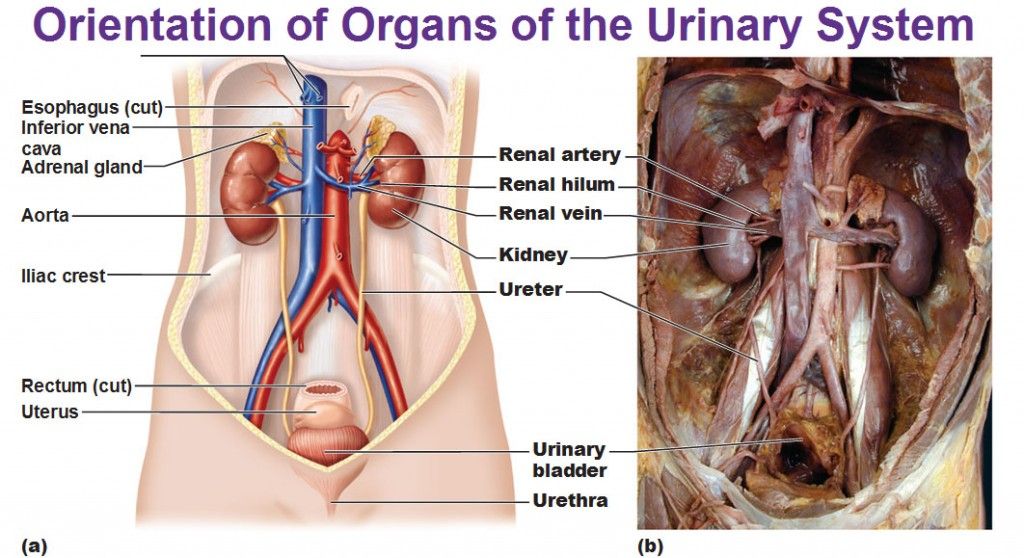 By regulating the levels of these electrolytes, your dog’s kidneys are also regulating their blood pressure. This is because these substances are involved in maintaining blood volume which in turn is involved in blood pressure regulation.
By regulating the levels of these electrolytes, your dog’s kidneys are also regulating their blood pressure. This is because these substances are involved in maintaining blood volume which in turn is involved in blood pressure regulation.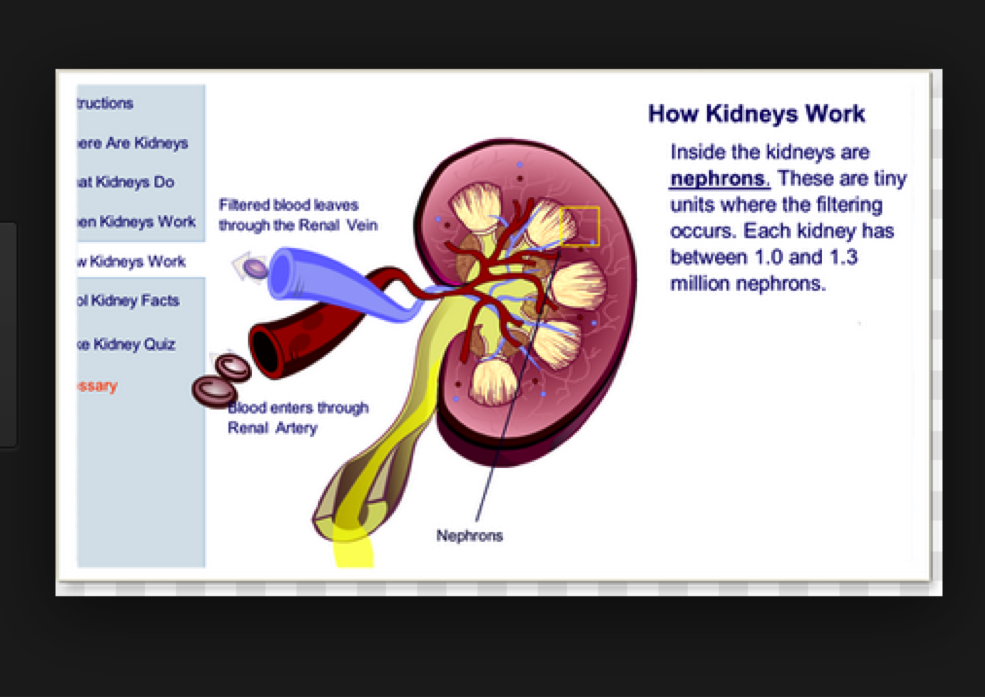 These round, flat cells are made in the bone marrow inside your dog’s bones and contain a protein called haemoglobin. It is this protein, inside red blood cells, which is what allows them to carry fresh oxygen around the body.
These round, flat cells are made in the bone marrow inside your dog’s bones and contain a protein called haemoglobin. It is this protein, inside red blood cells, which is what allows them to carry fresh oxygen around the body.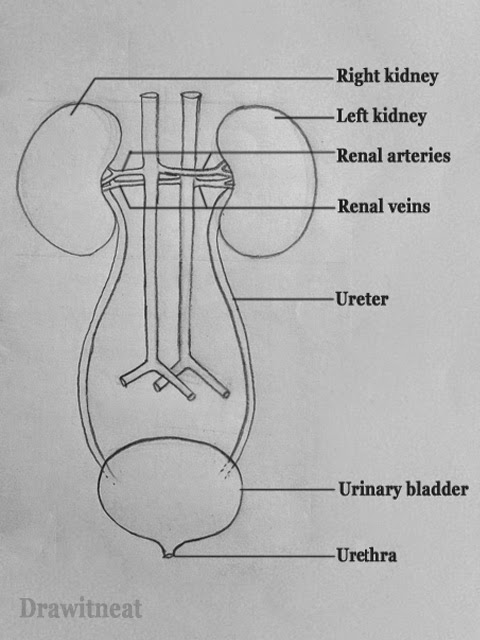 This means that when filtering your dog’s blood, the kidneys do not want to remove all the proteins from the blood. Doing so would be dangerous and could cause damage to your dog’s health.
This means that when filtering your dog’s blood, the kidneys do not want to remove all the proteins from the blood. Doing so would be dangerous and could cause damage to your dog’s health.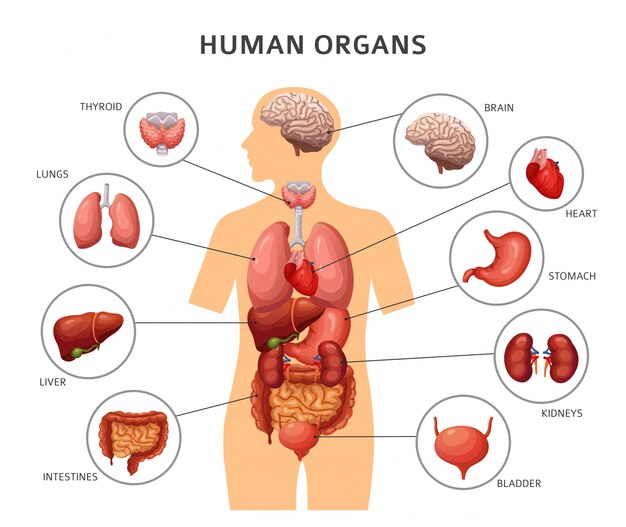
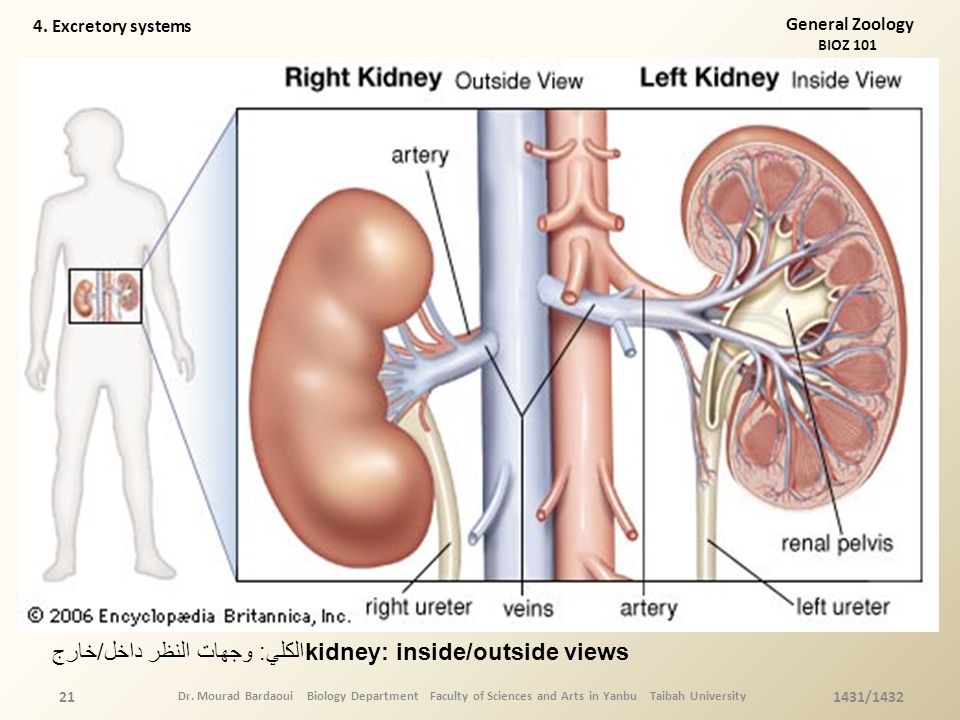 Dogs have two kidneys located within the abdomen along the spine, atop the bladder.
Dogs have two kidneys located within the abdomen along the spine, atop the bladder.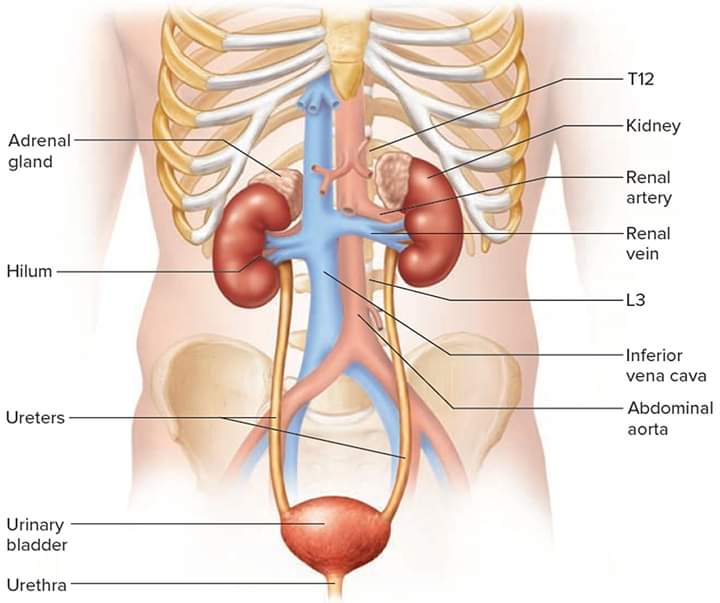 We really try to treat those underlying causes to give the best chance for recovery.”
We really try to treat those underlying causes to give the best chance for recovery.”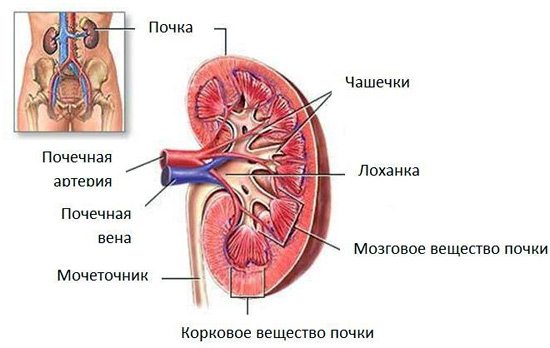 From the vet side, we may see oral ulcers, detect the presence of uremic toxins in the breath and may possibly feel abnormal kidney shape or size during our examination.”
From the vet side, we may see oral ulcers, detect the presence of uremic toxins in the breath and may possibly feel abnormal kidney shape or size during our examination.” “If your dog seems to lose interest in his usual dog food and will only eat scraps and treats, this could signal kidney disease.”
“If your dog seems to lose interest in his usual dog food and will only eat scraps and treats, this could signal kidney disease.”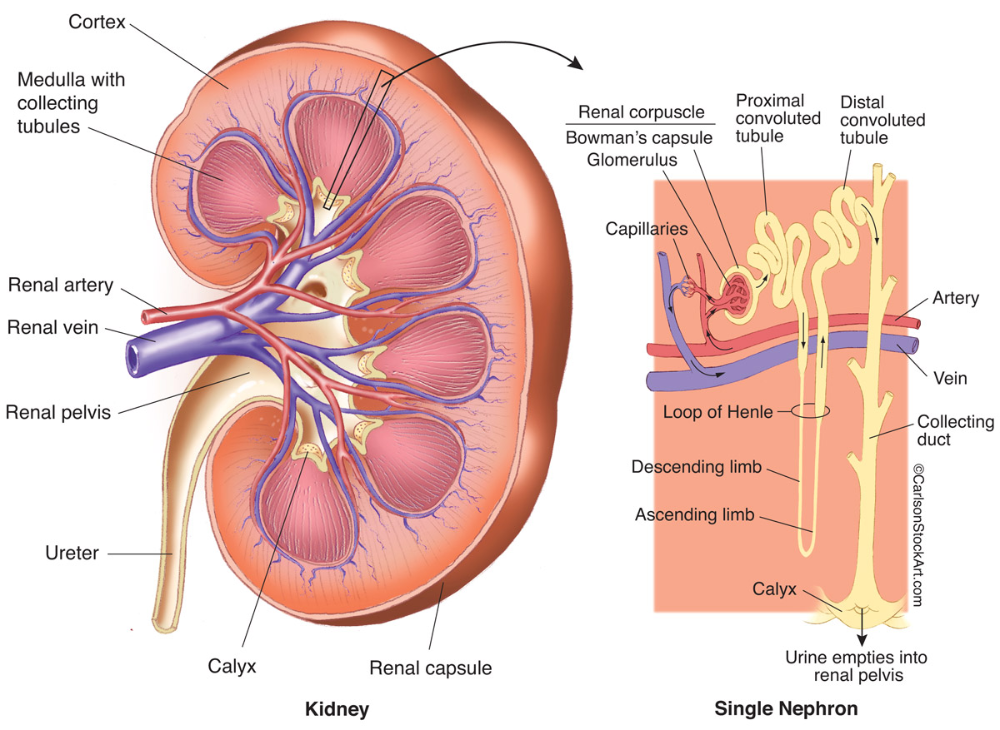 “This isn’t common but could raise a red flag.”
“This isn’t common but could raise a red flag.” It’s focused around nutrition, maintaining hydration, correction of anemia and normalization of electrolyte disturbances, according to Foster.
It’s focused around nutrition, maintaining hydration, correction of anemia and normalization of electrolyte disturbances, according to Foster.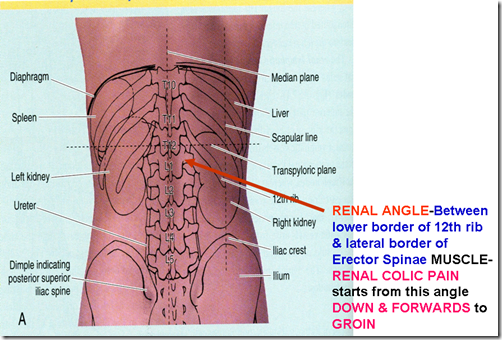 As the disease progresses, Foster says, your dog may require additional therapies.
As the disease progresses, Foster says, your dog may require additional therapies.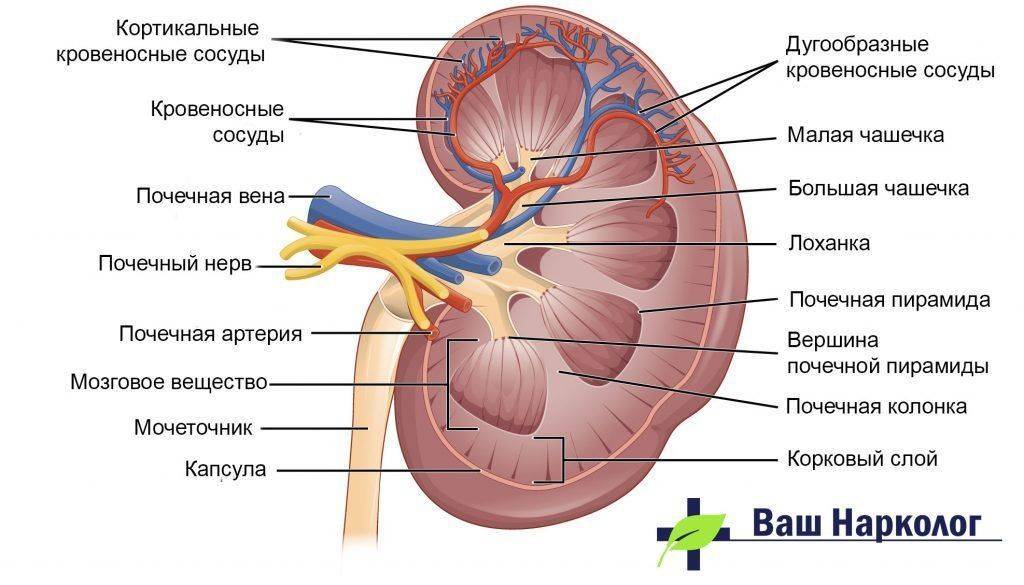 In general, Foster says the prognosis for dogs with acute kidney injury is guarded, with an overall survival rate of 50% to 65%.
In general, Foster says the prognosis for dogs with acute kidney injury is guarded, with an overall survival rate of 50% to 65%. ”
”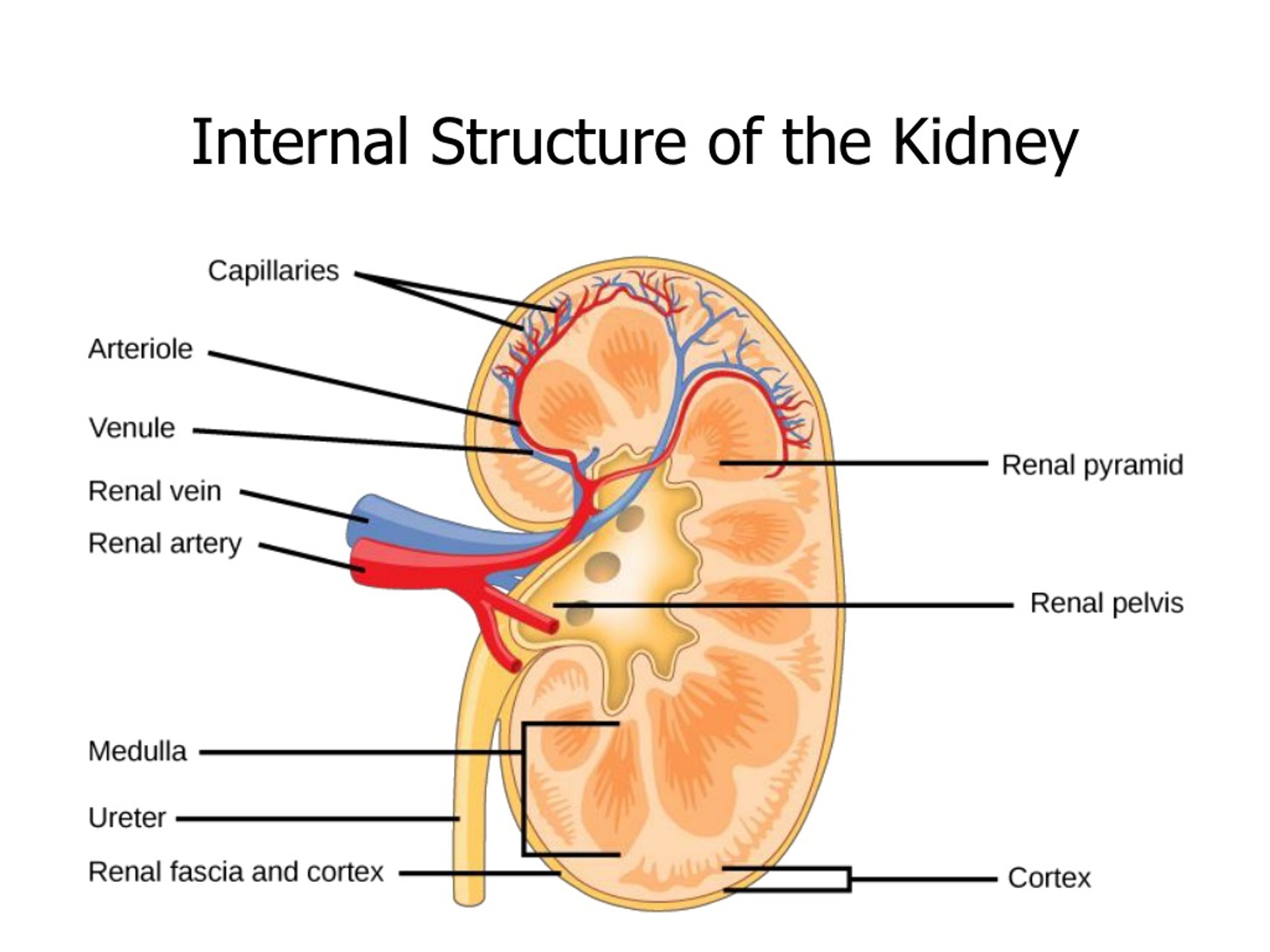
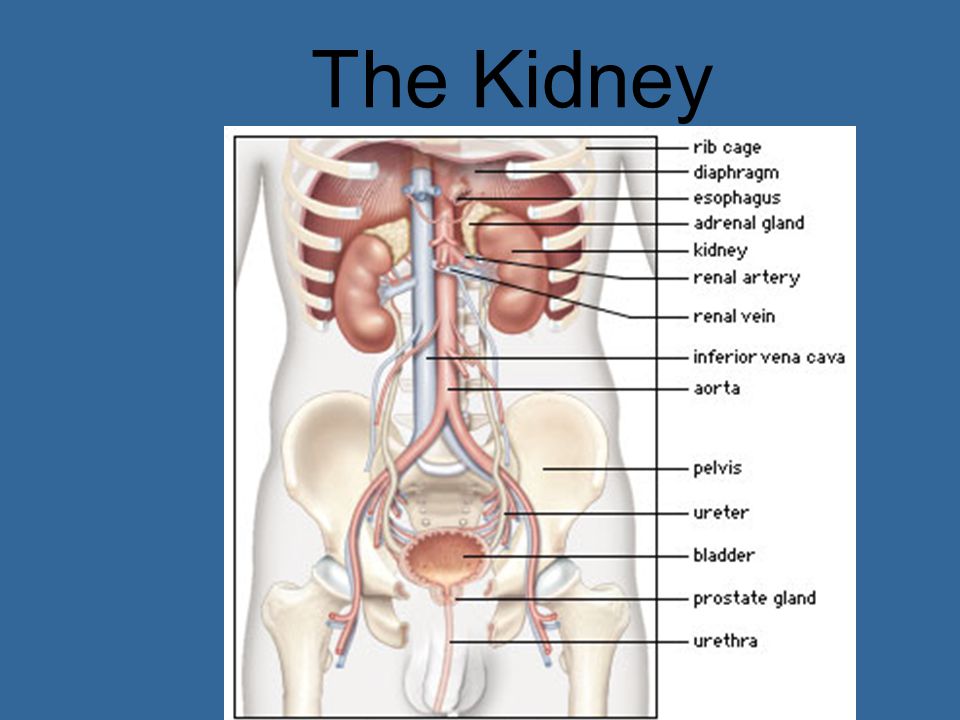 The cavity of the pelvis is visualized as an anechoic crescent-shaped or horseshoe-shaped area between the connective tissue backbone and the renal crest. The cavity of the pelvis should not normally exceed 2 mm.
The cavity of the pelvis is visualized as an anechoic crescent-shaped or horseshoe-shaped area between the connective tissue backbone and the renal crest. The cavity of the pelvis should not normally exceed 2 mm. All rights reserved. Equipment and consumables for veterinary medicine and food safety
All rights reserved. Equipment and consumables for veterinary medicine and food safety 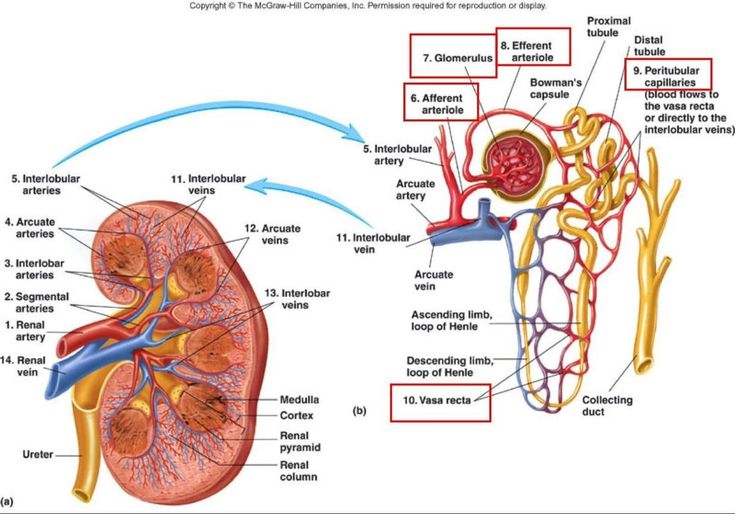 ).
). 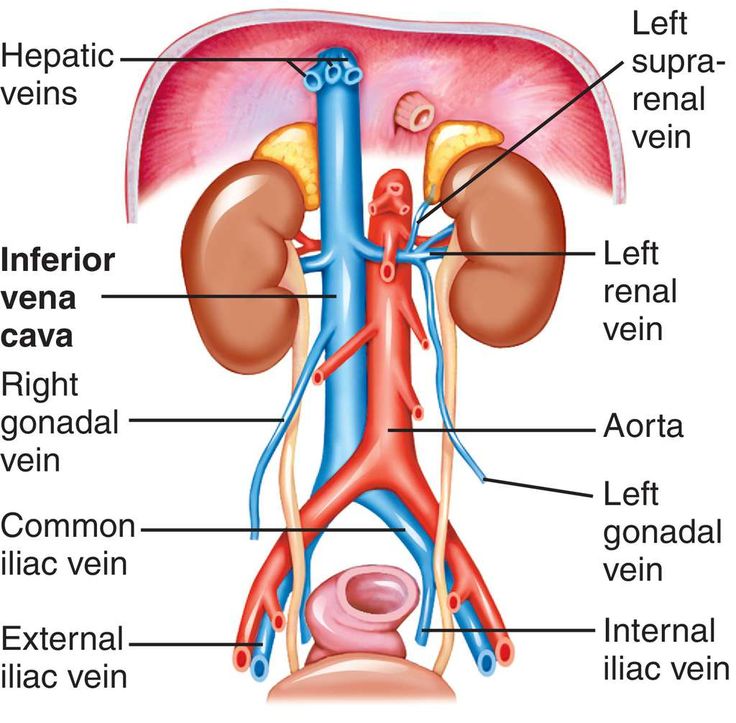 Unfortunately, this process is irreversible.
Unfortunately, this process is irreversible.  Perhaps the resulting pyelonephritis is supported by autoimmune processes. nine0004
Perhaps the resulting pyelonephritis is supported by autoimmune processes. nine0004 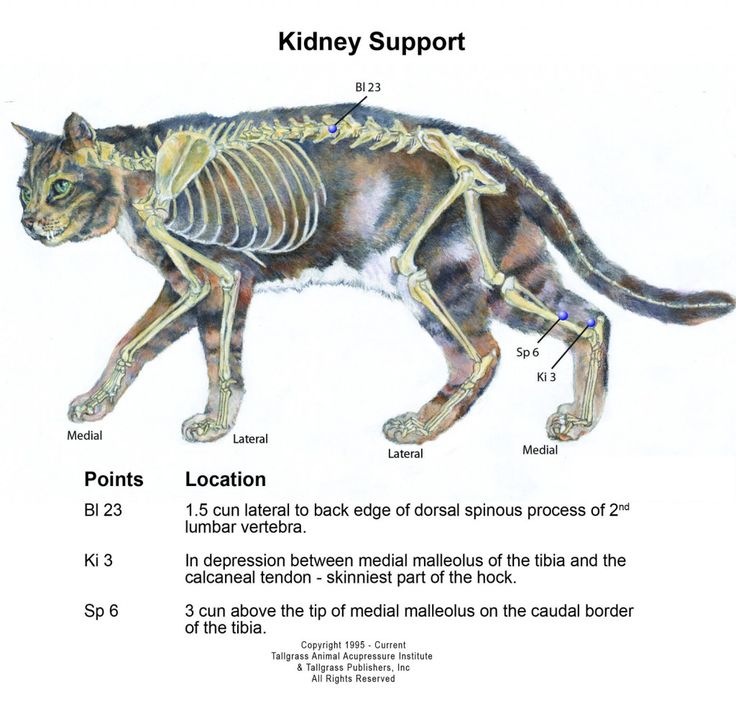
 nine0004
nine0004 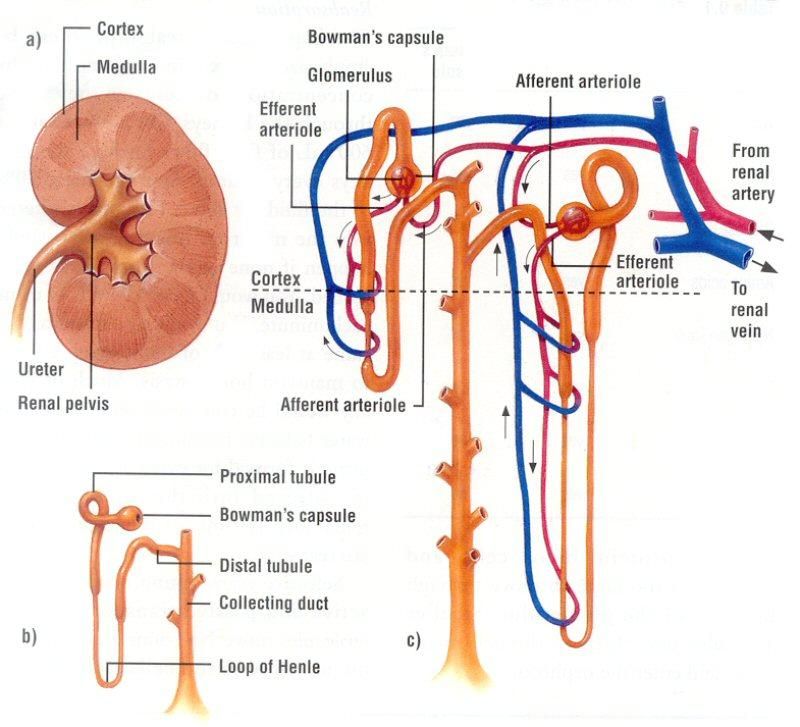 nine0004
nine0004 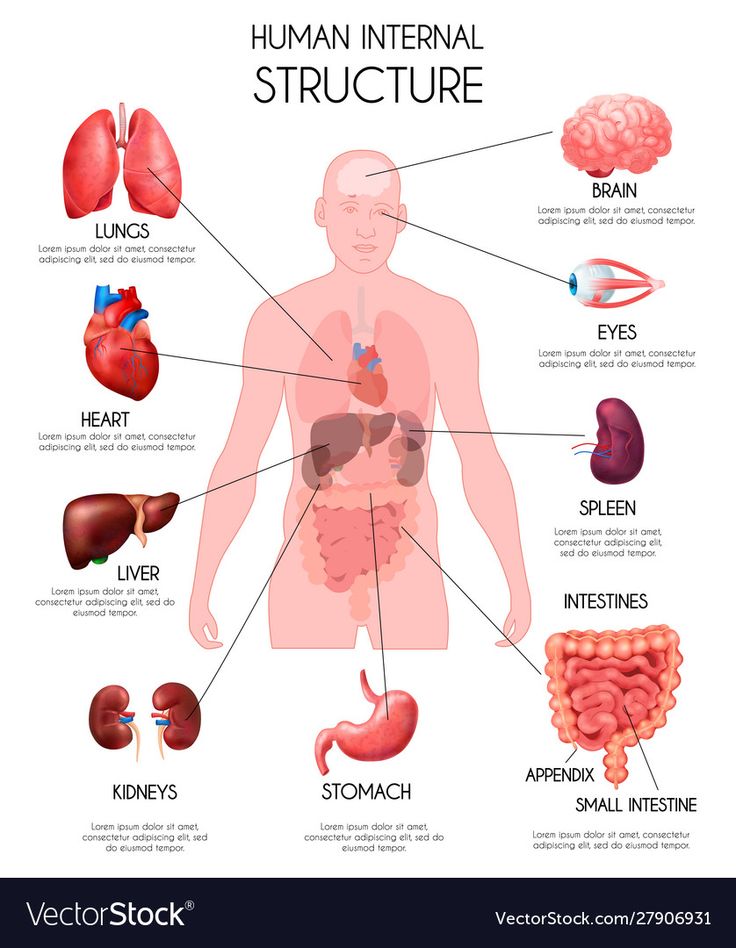 Symptoms of kidney disease may include:
Symptoms of kidney disease may include: 